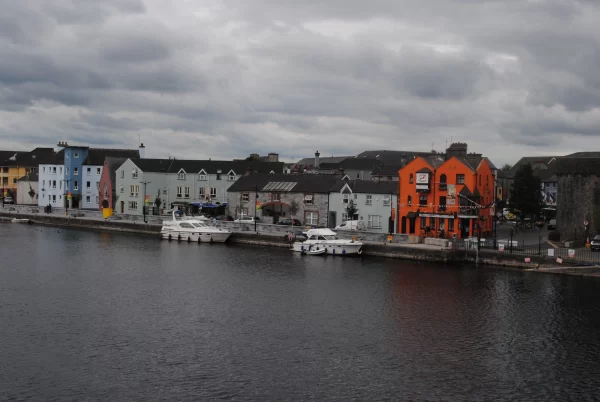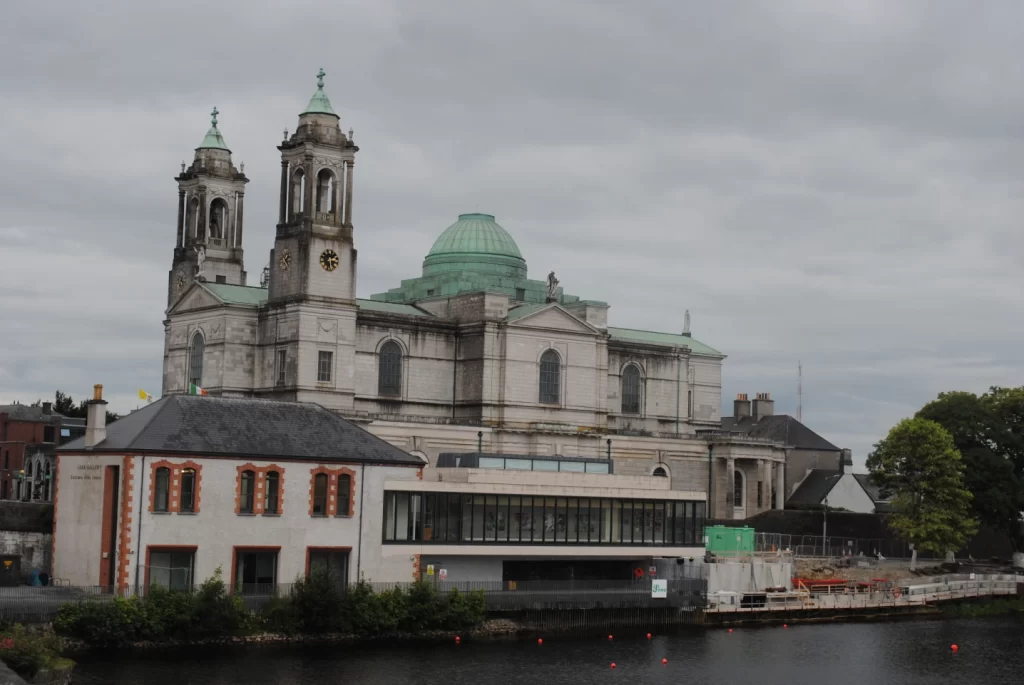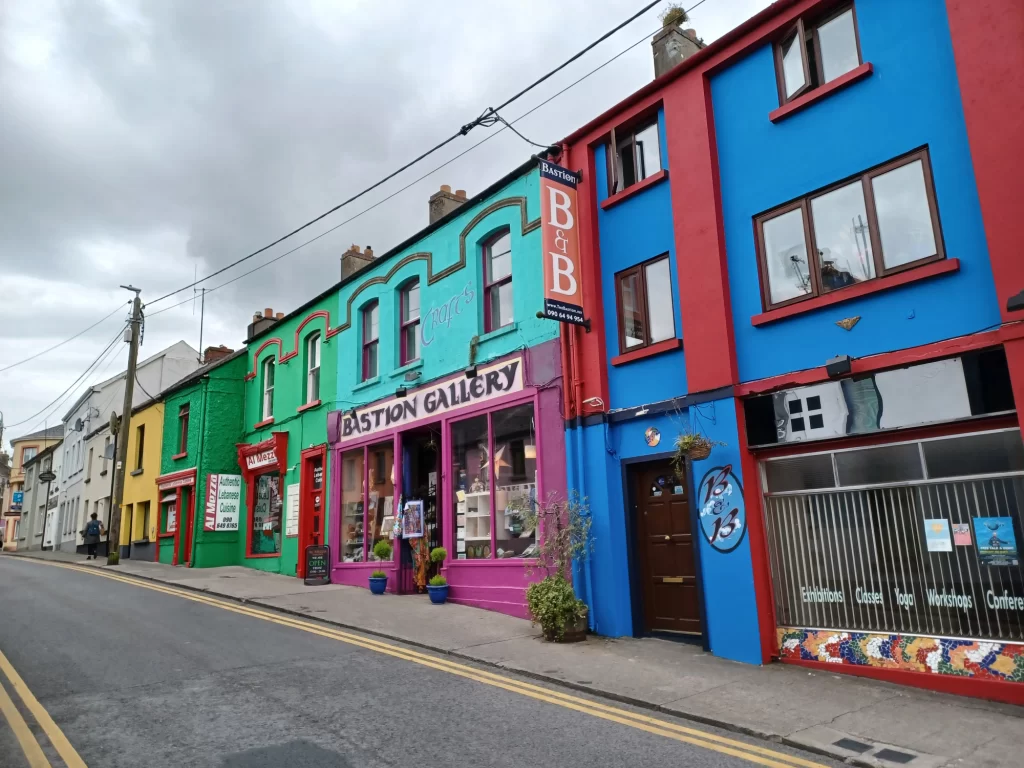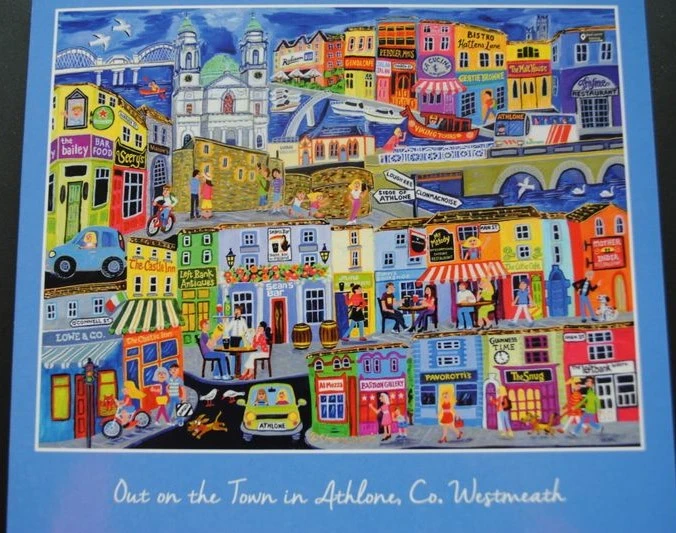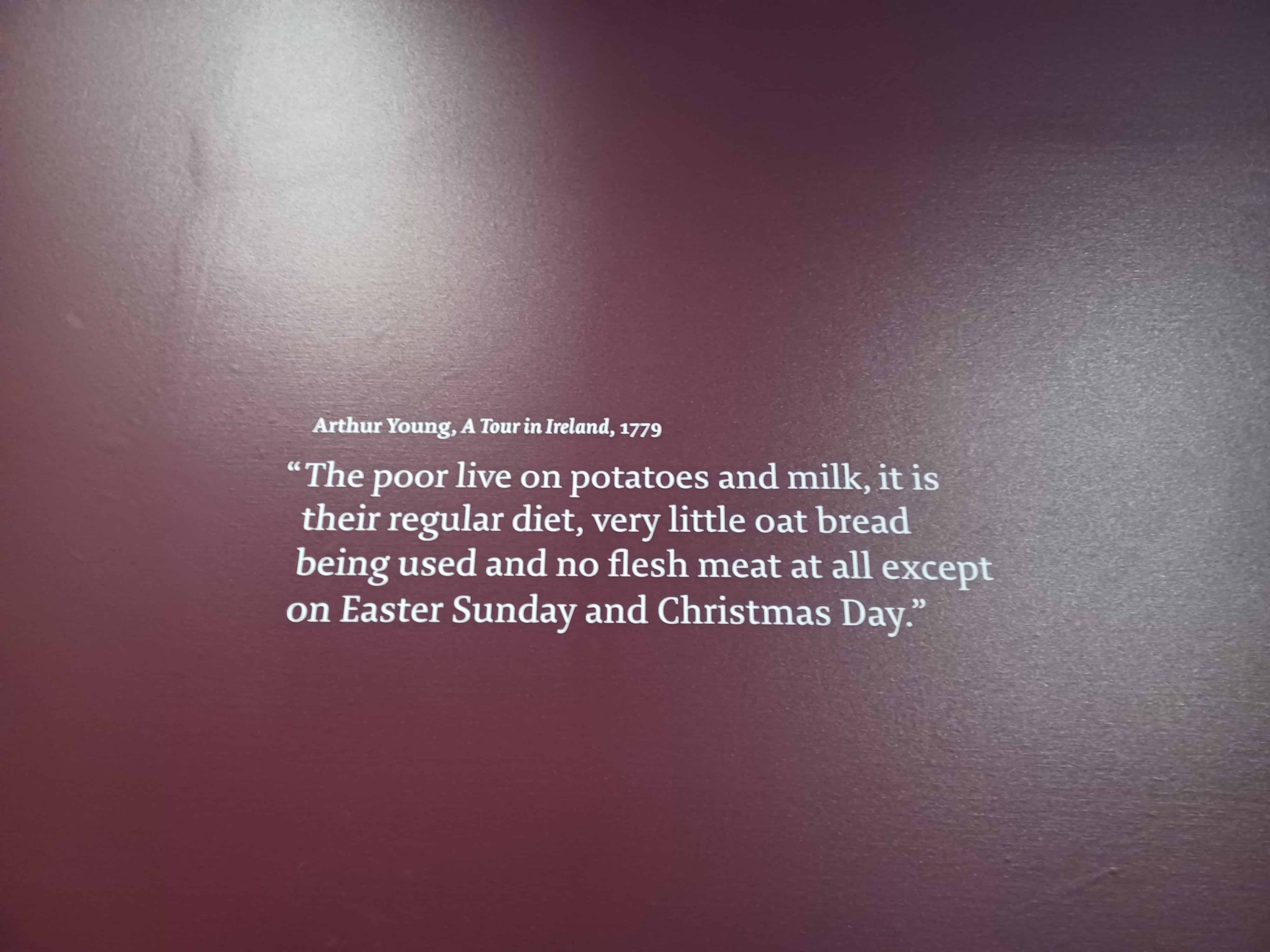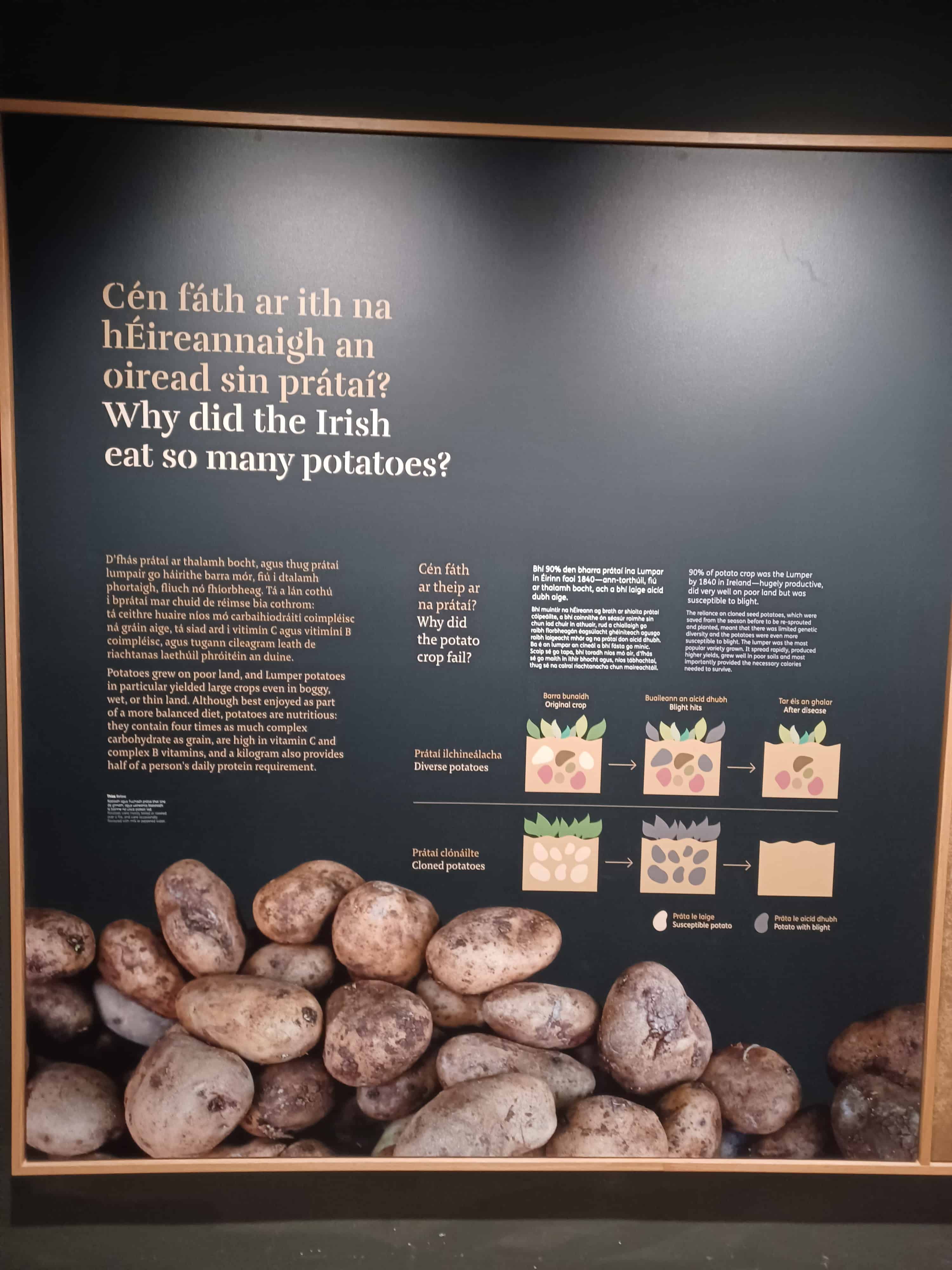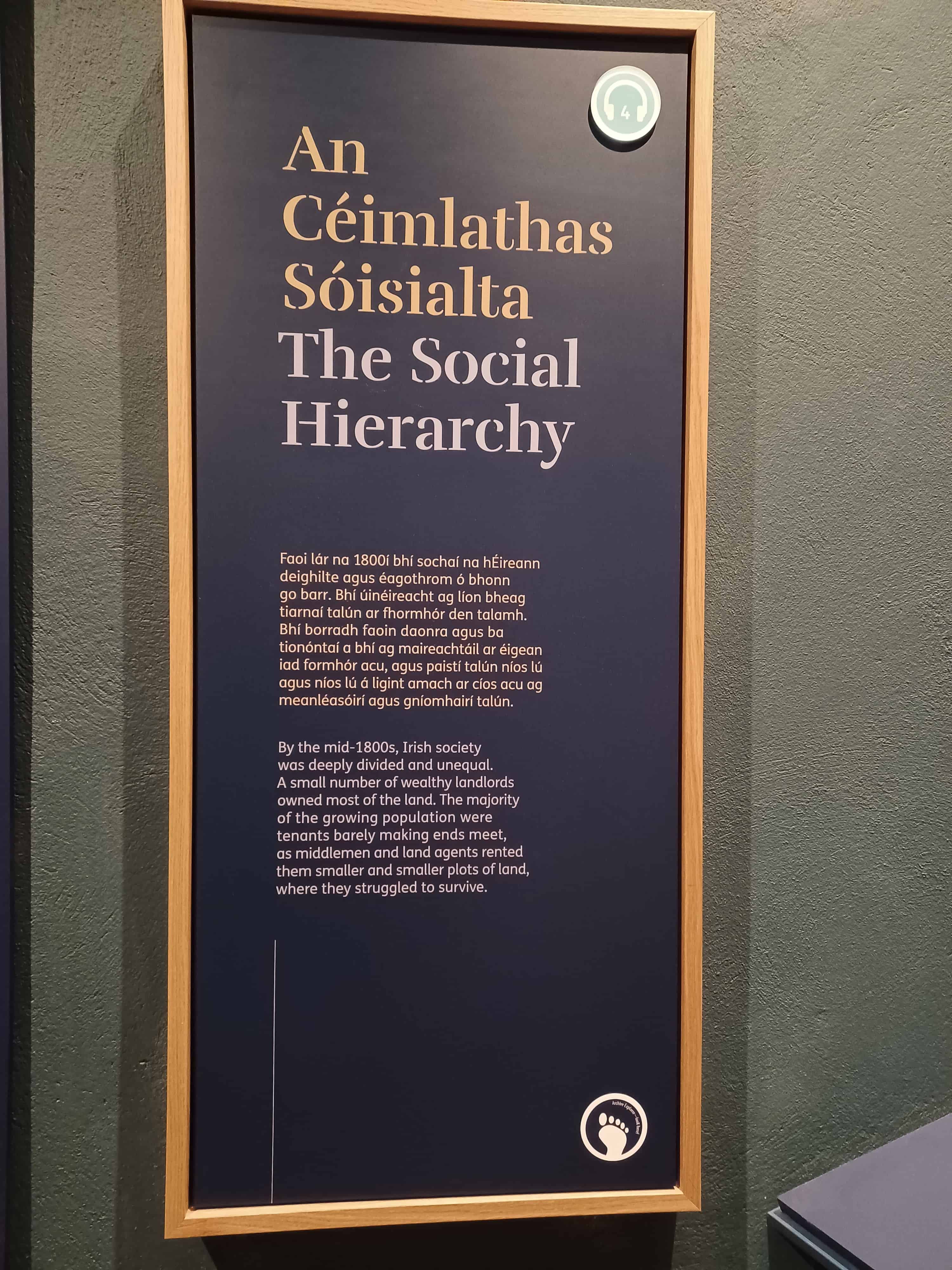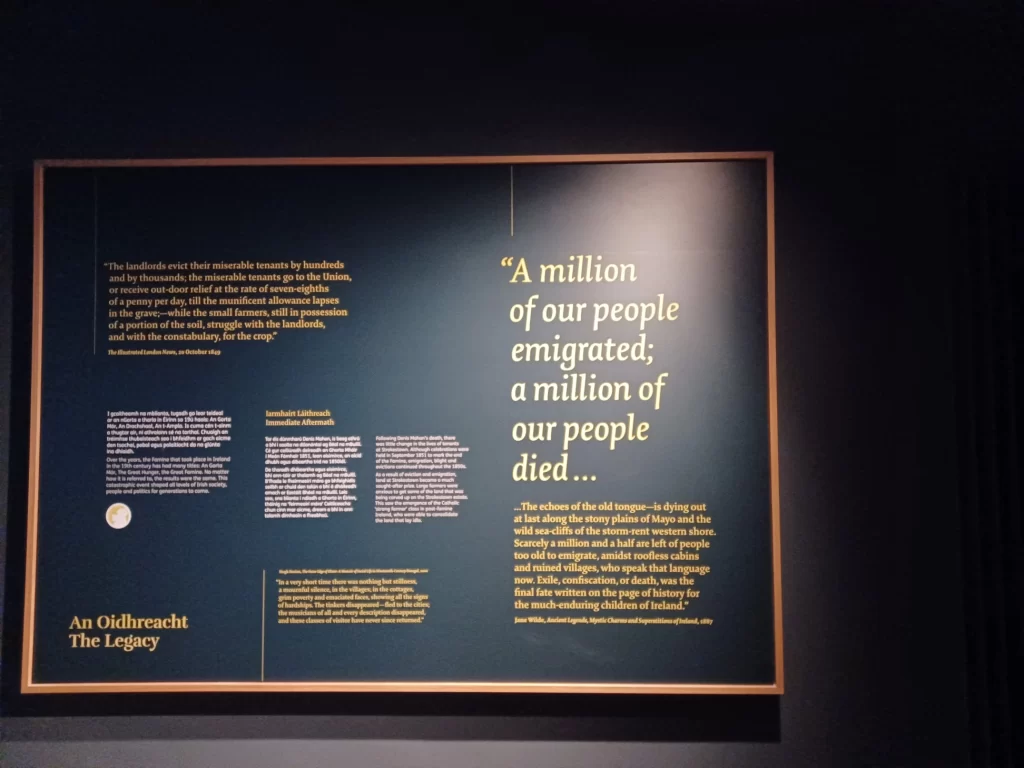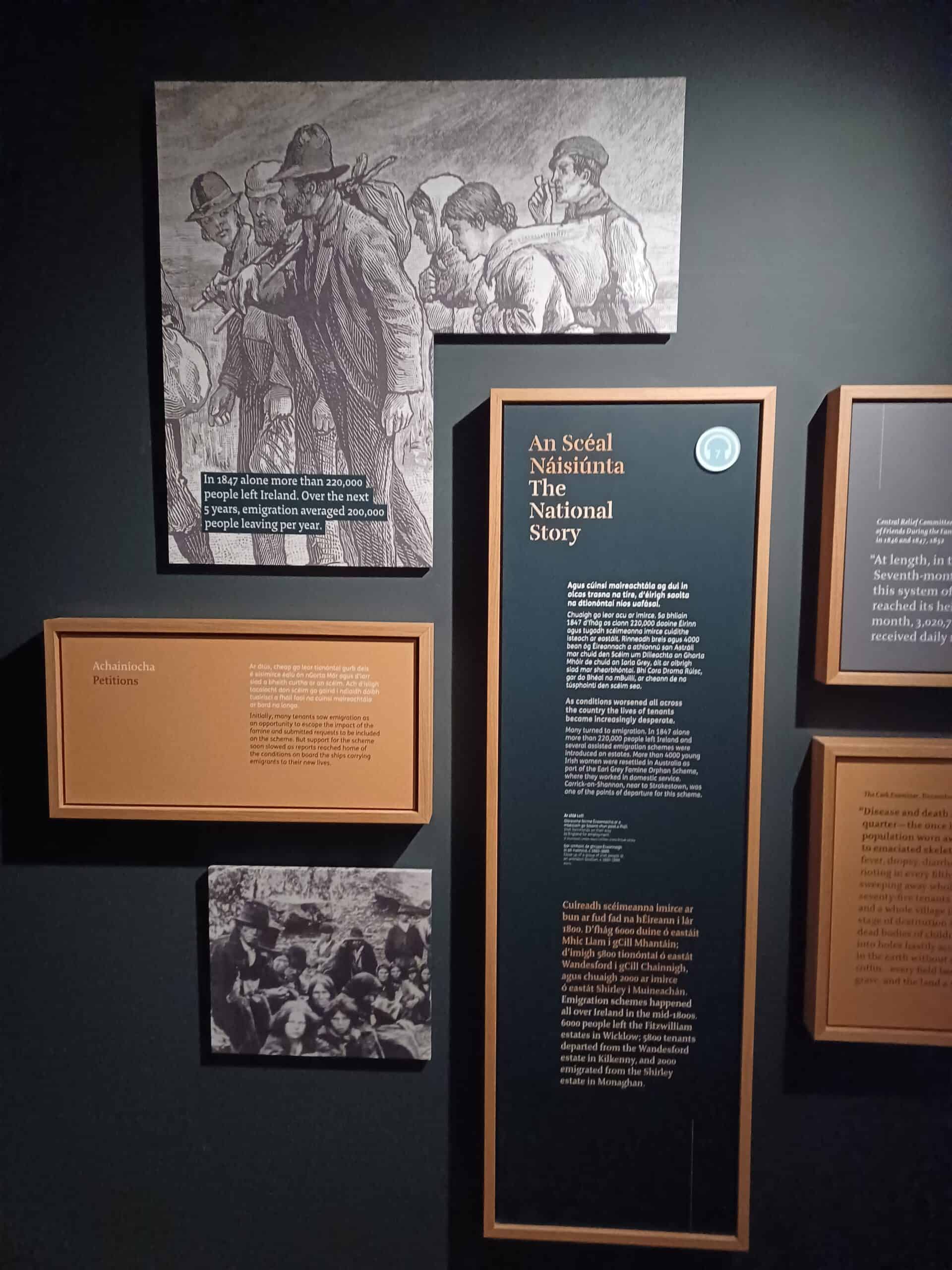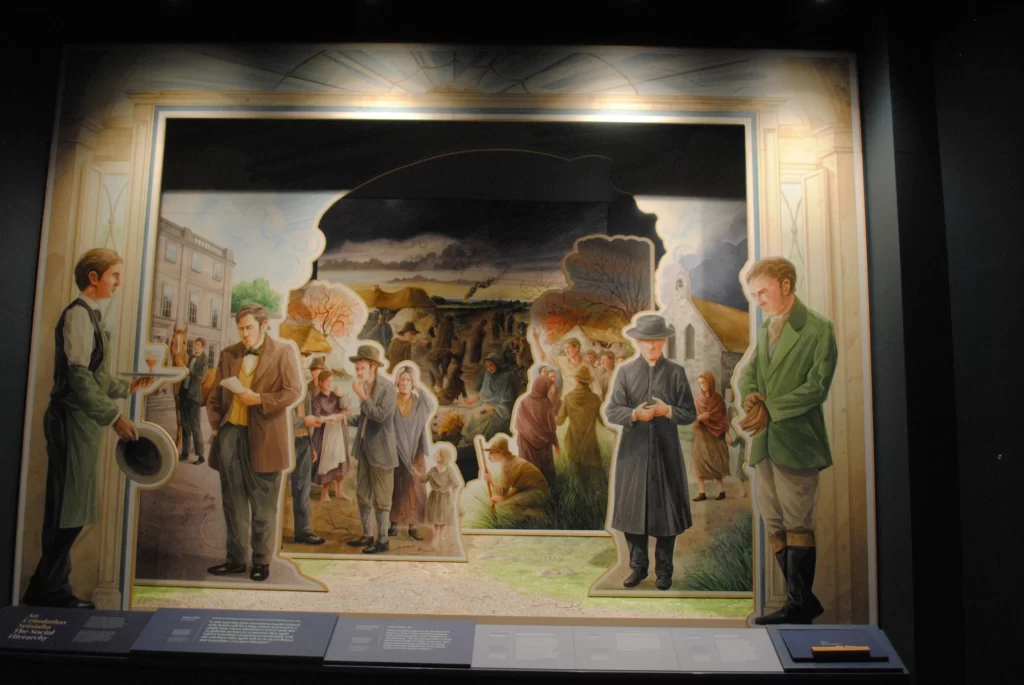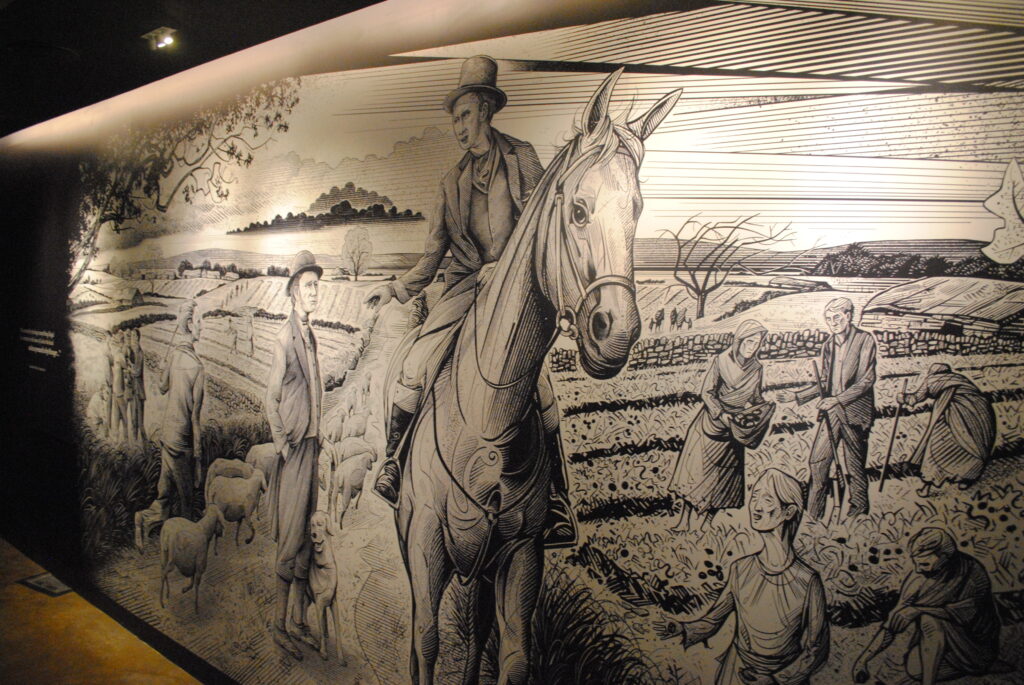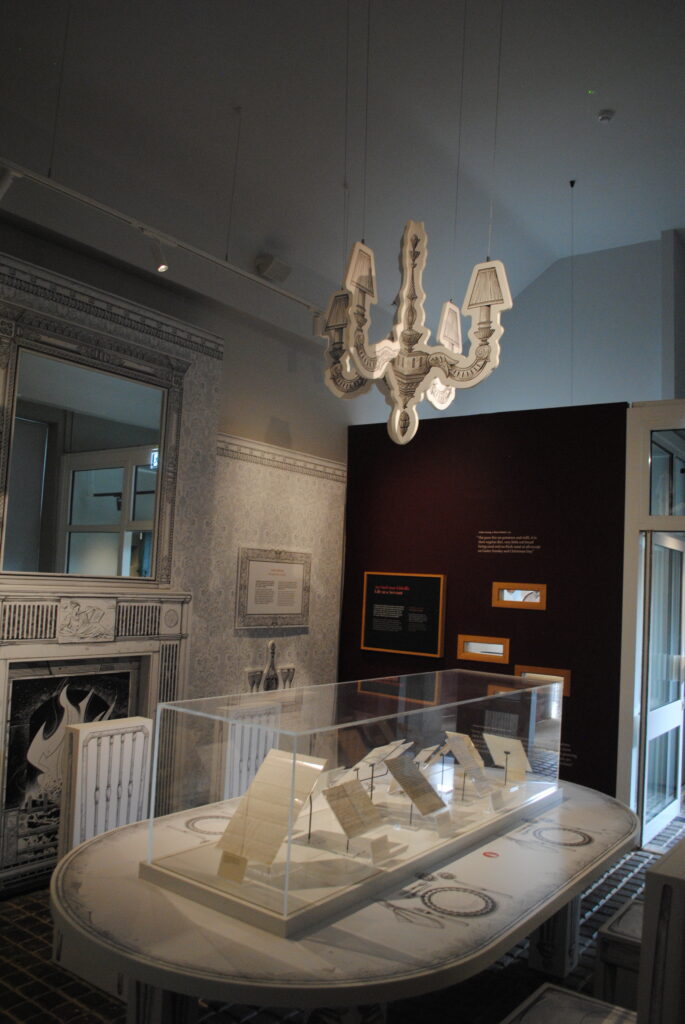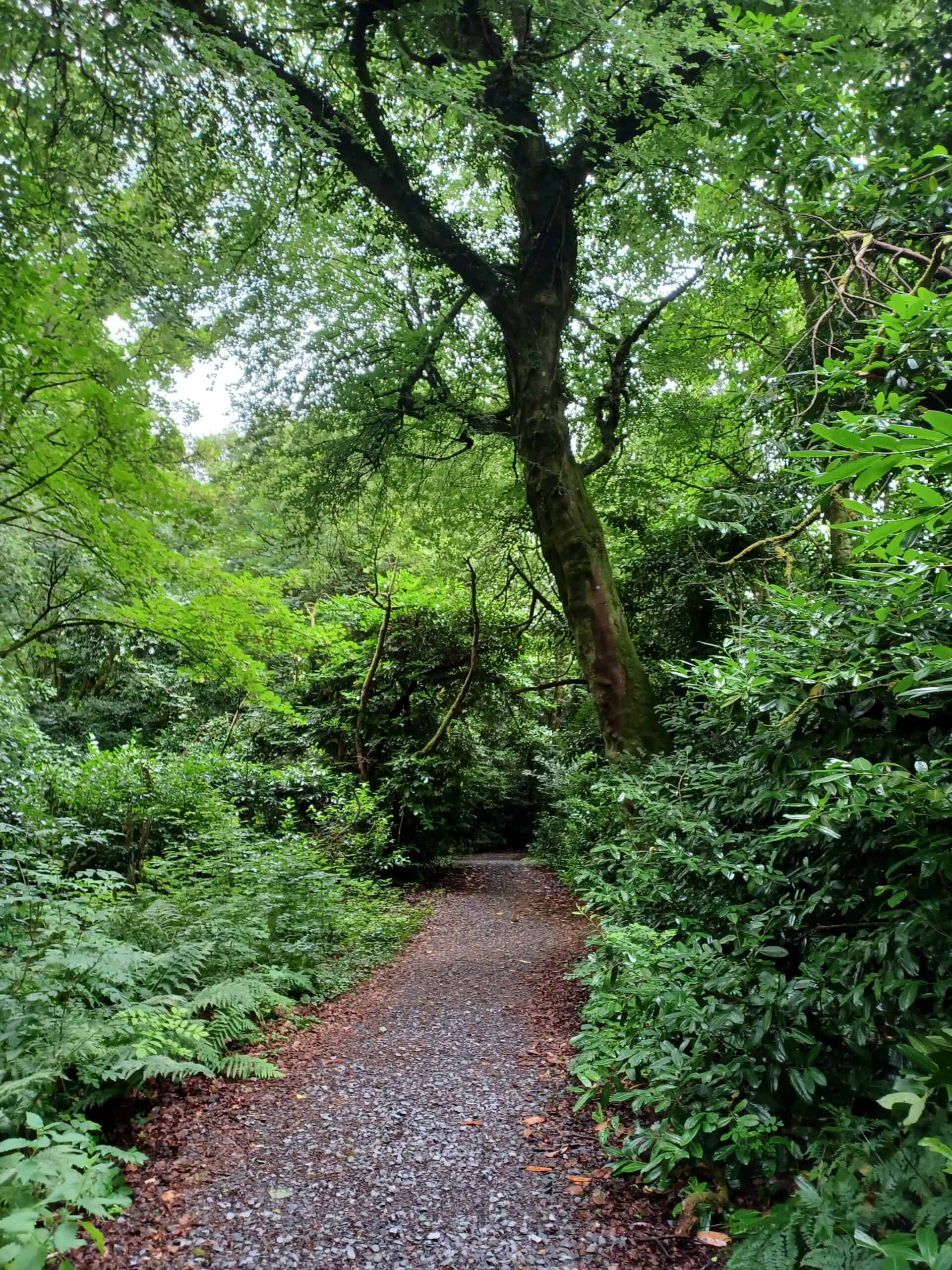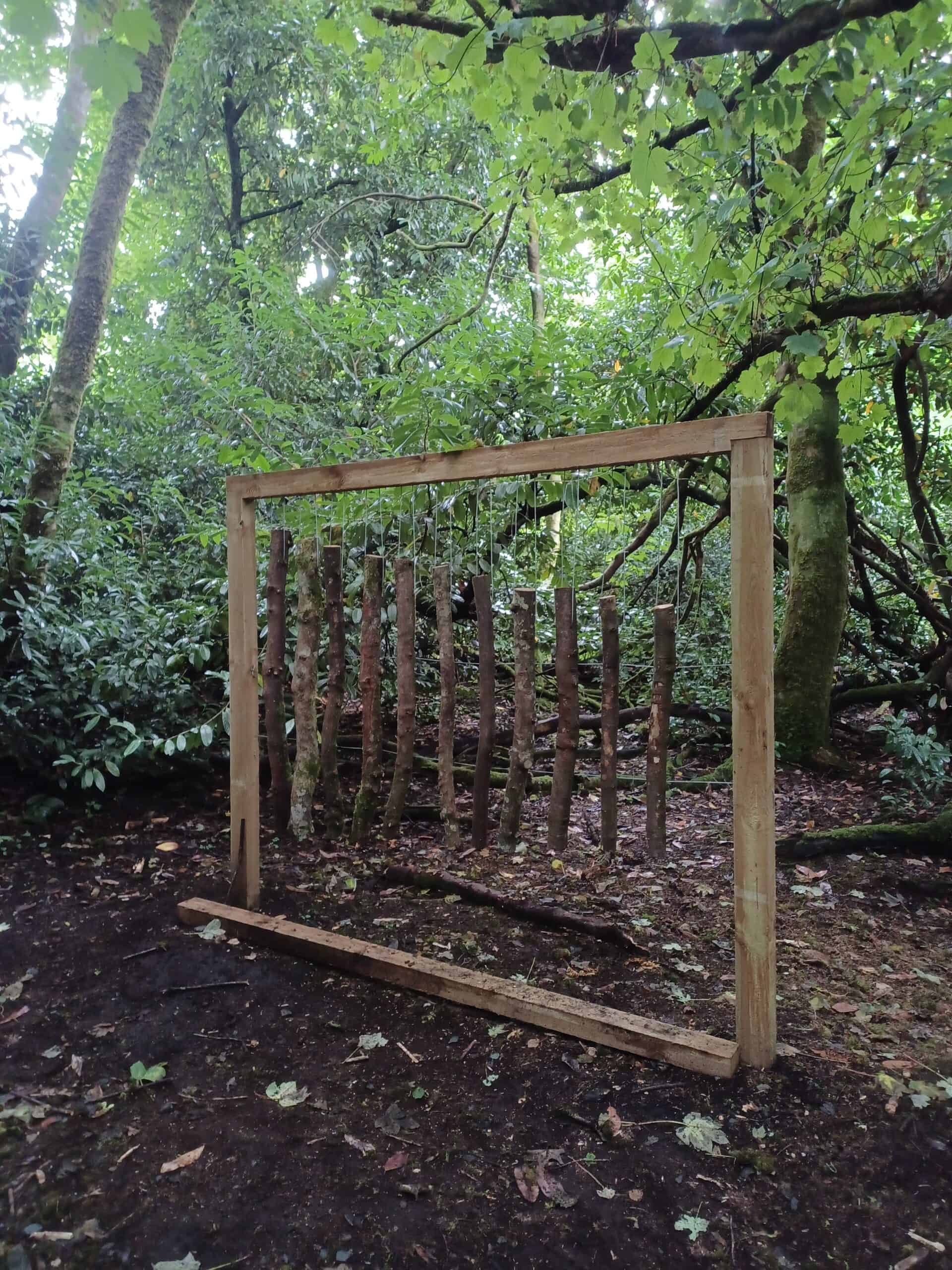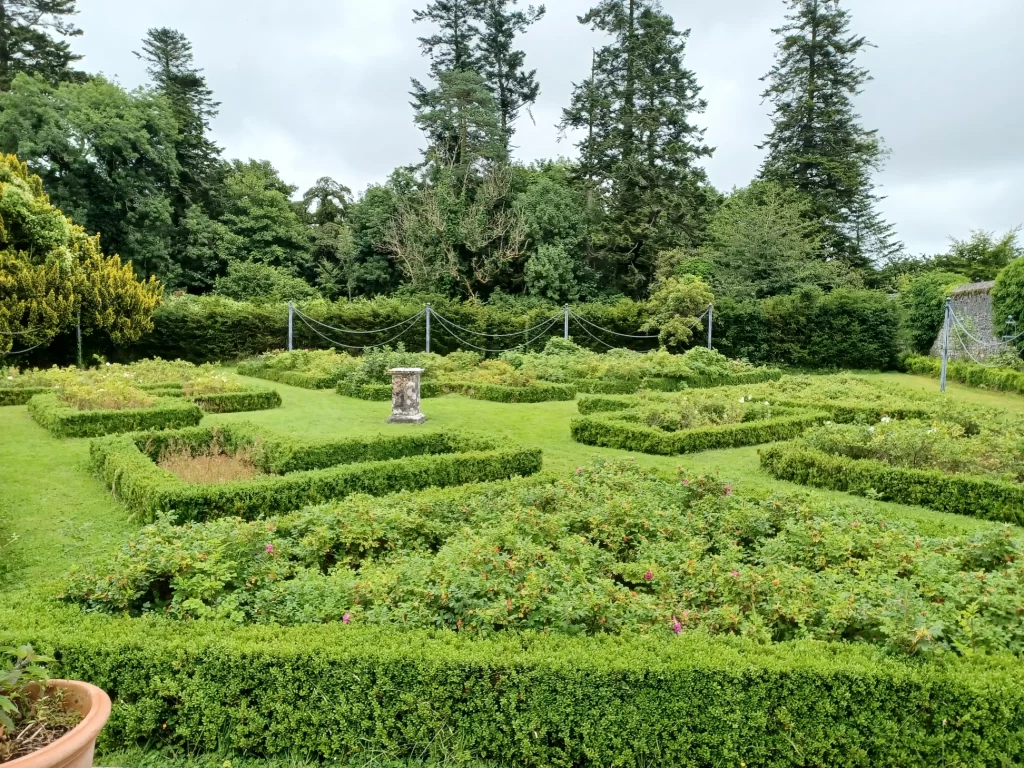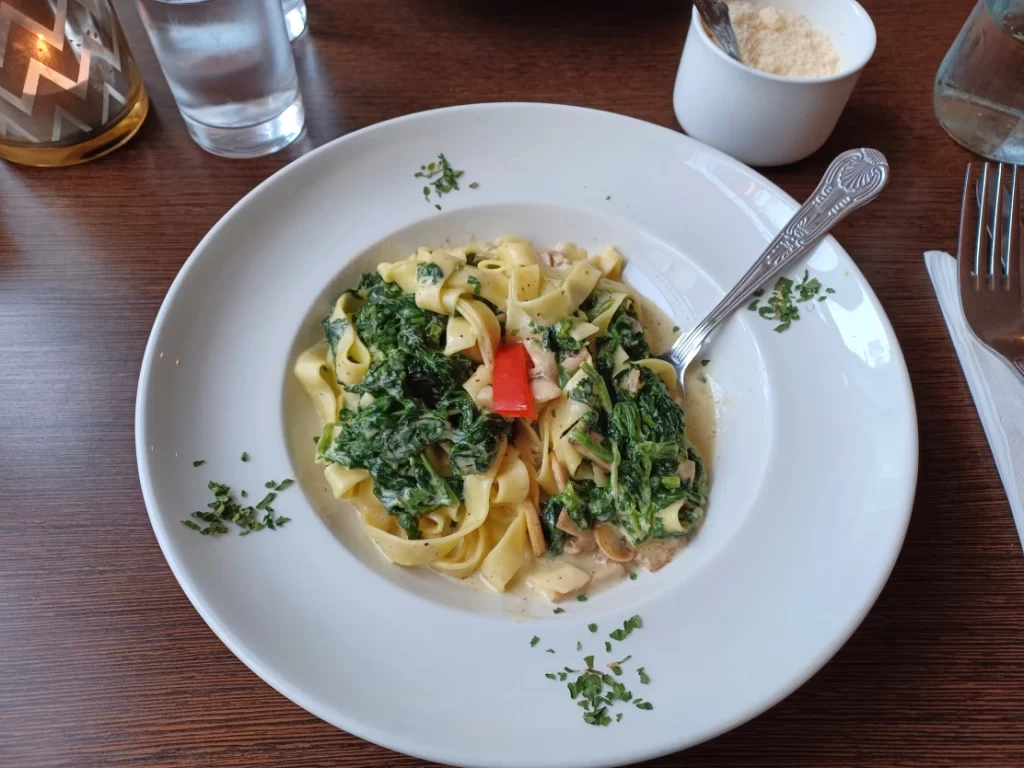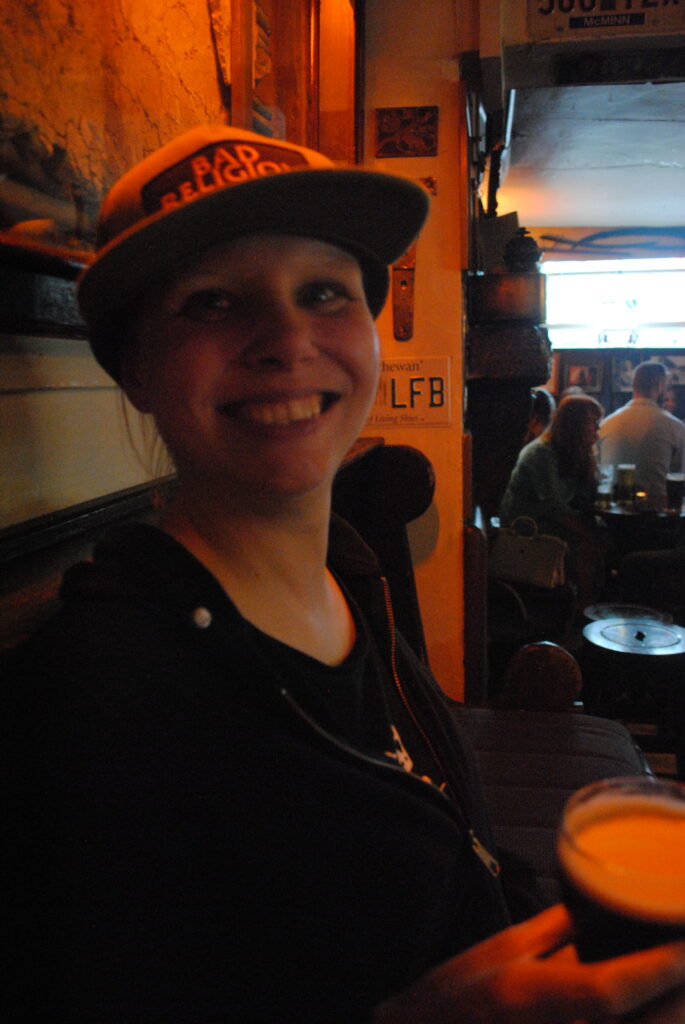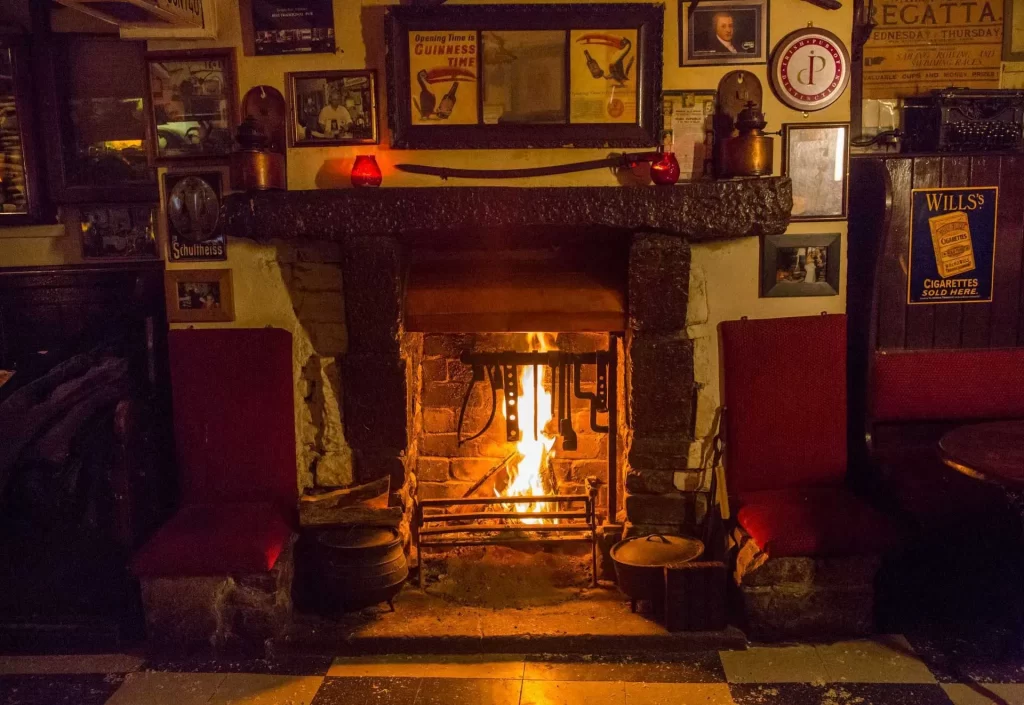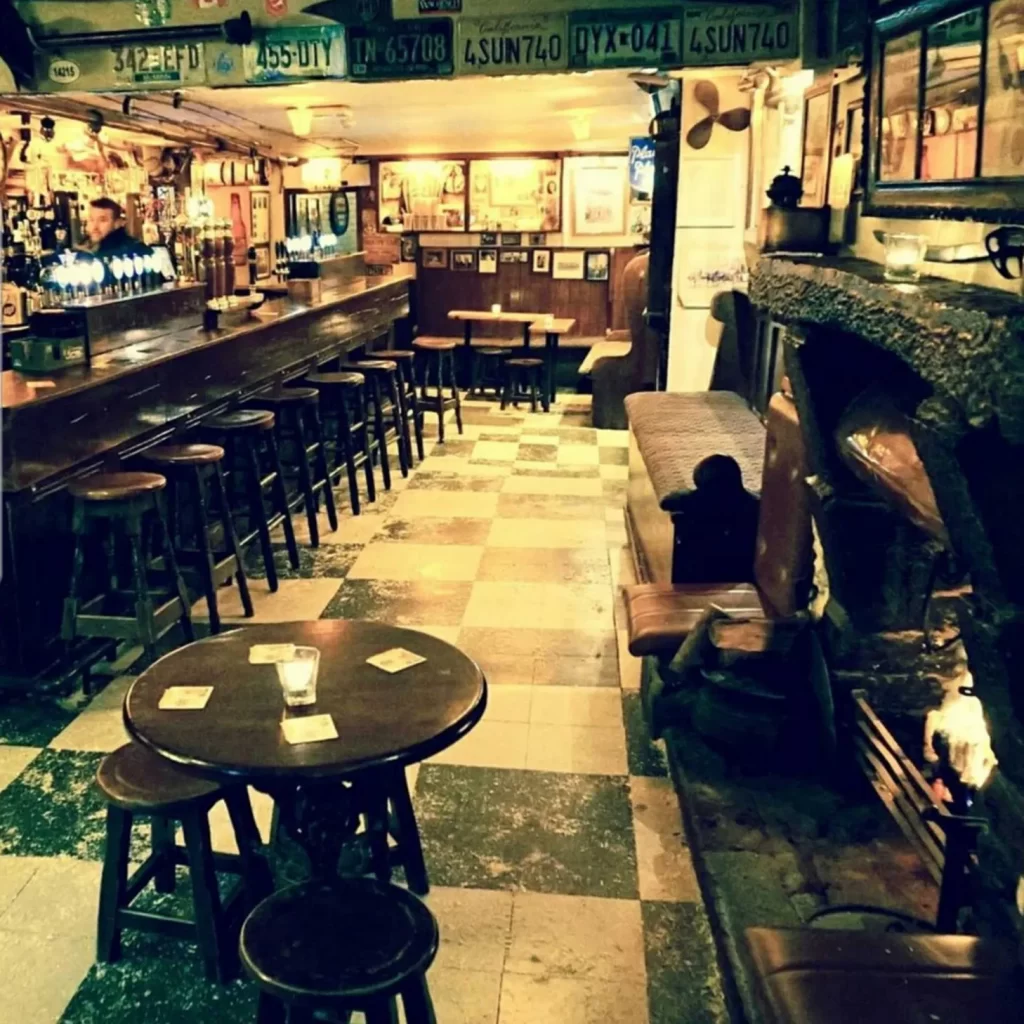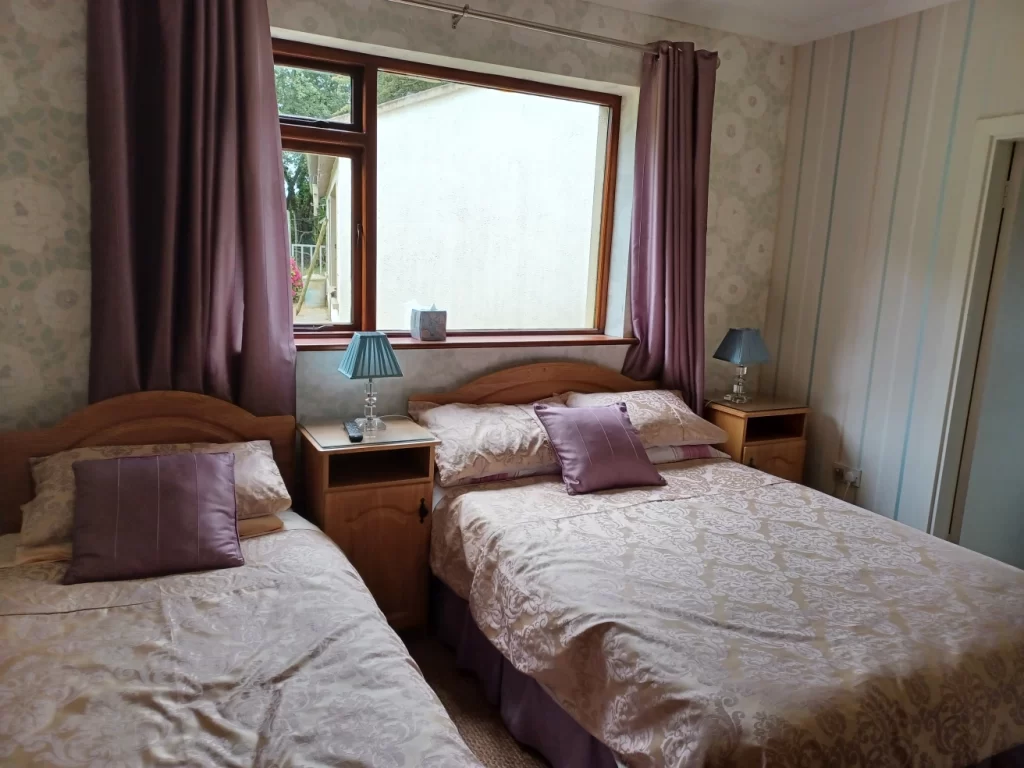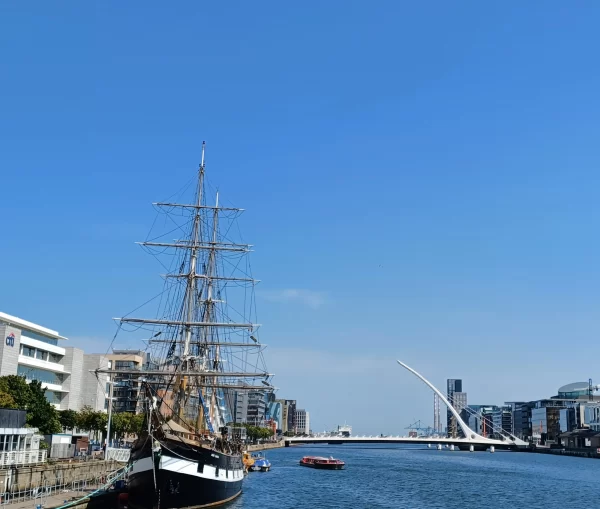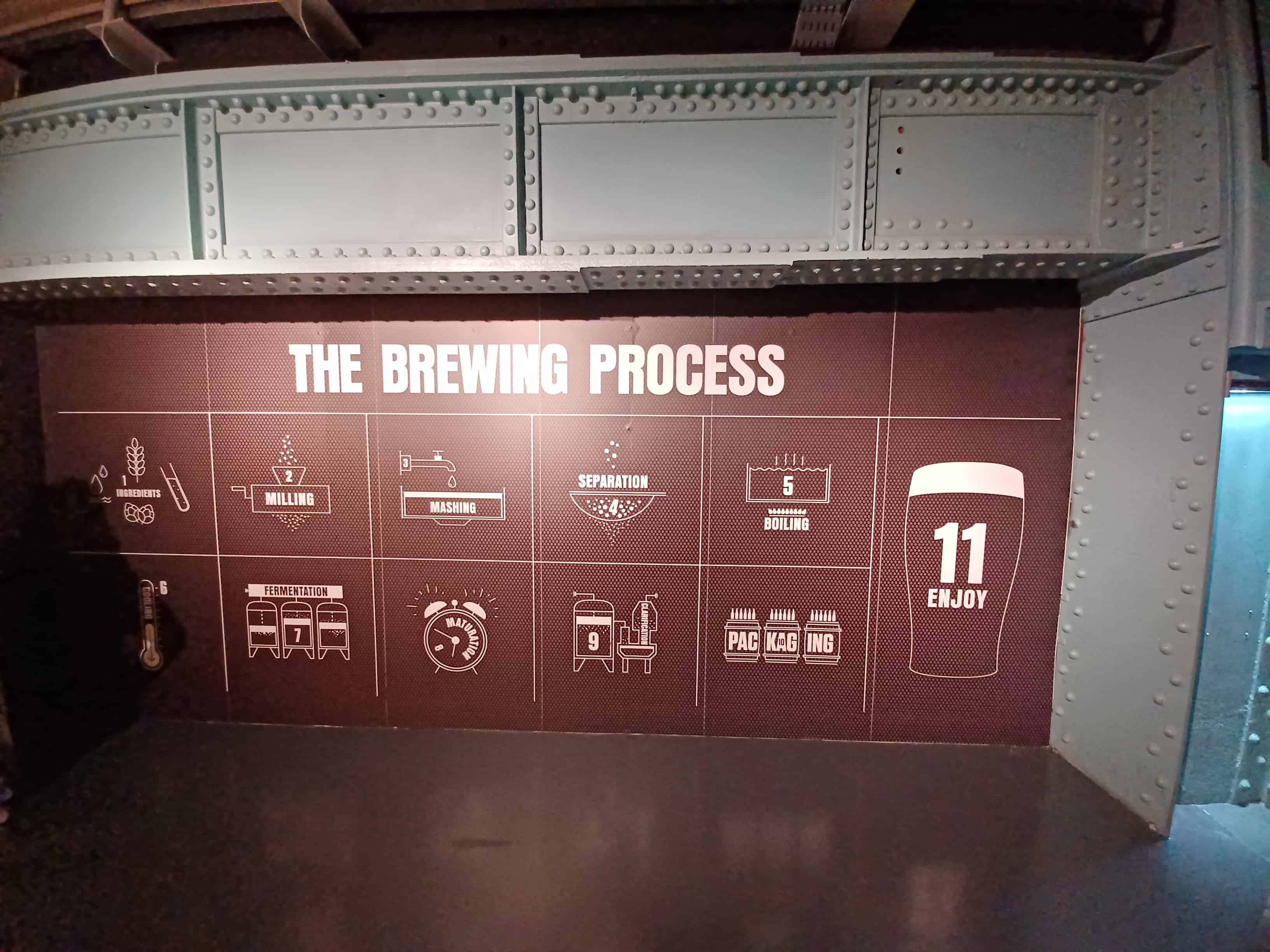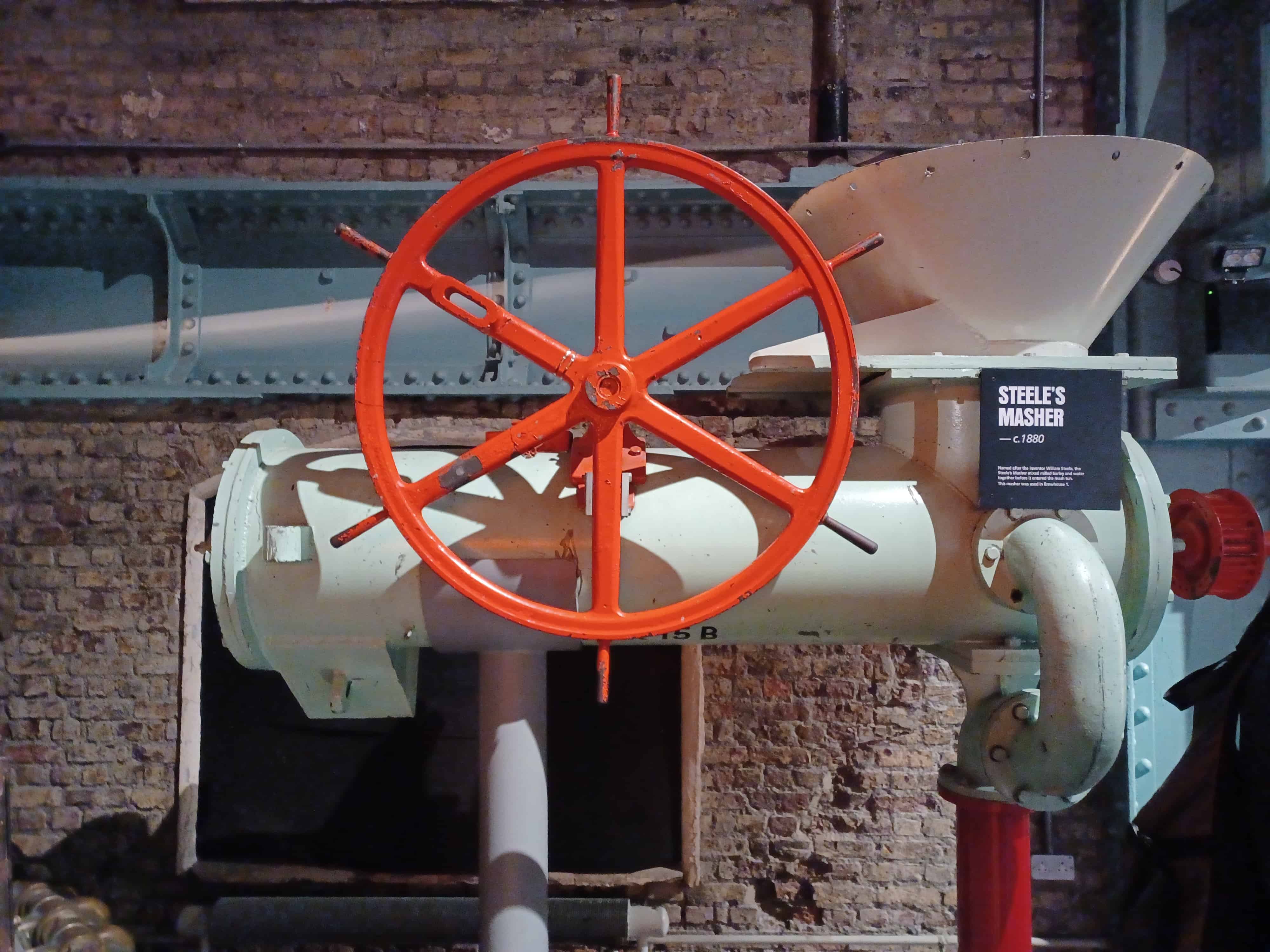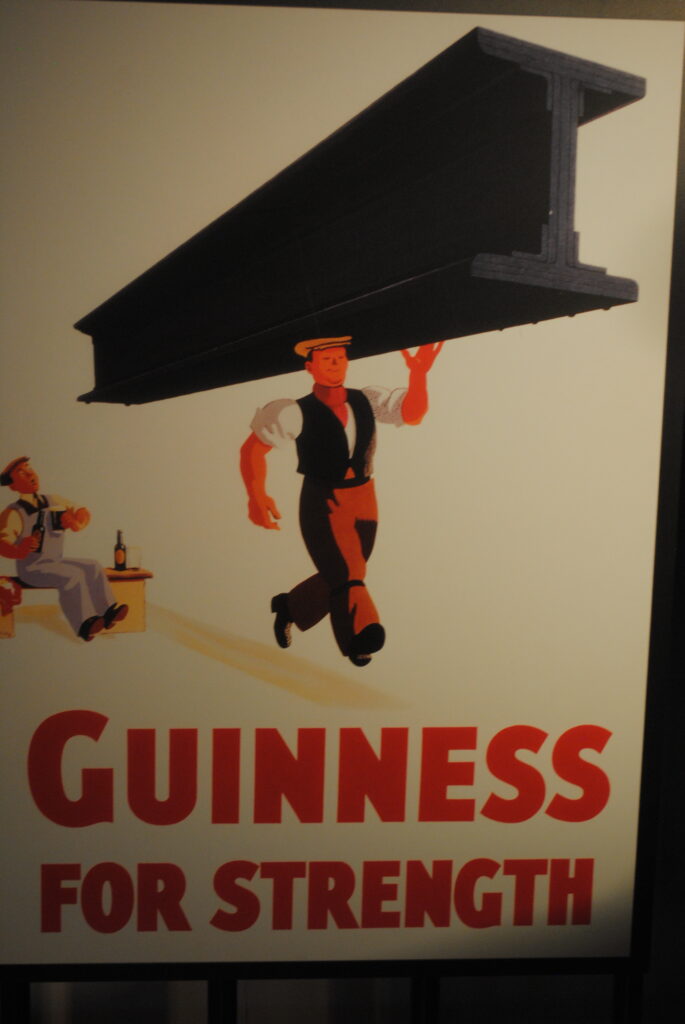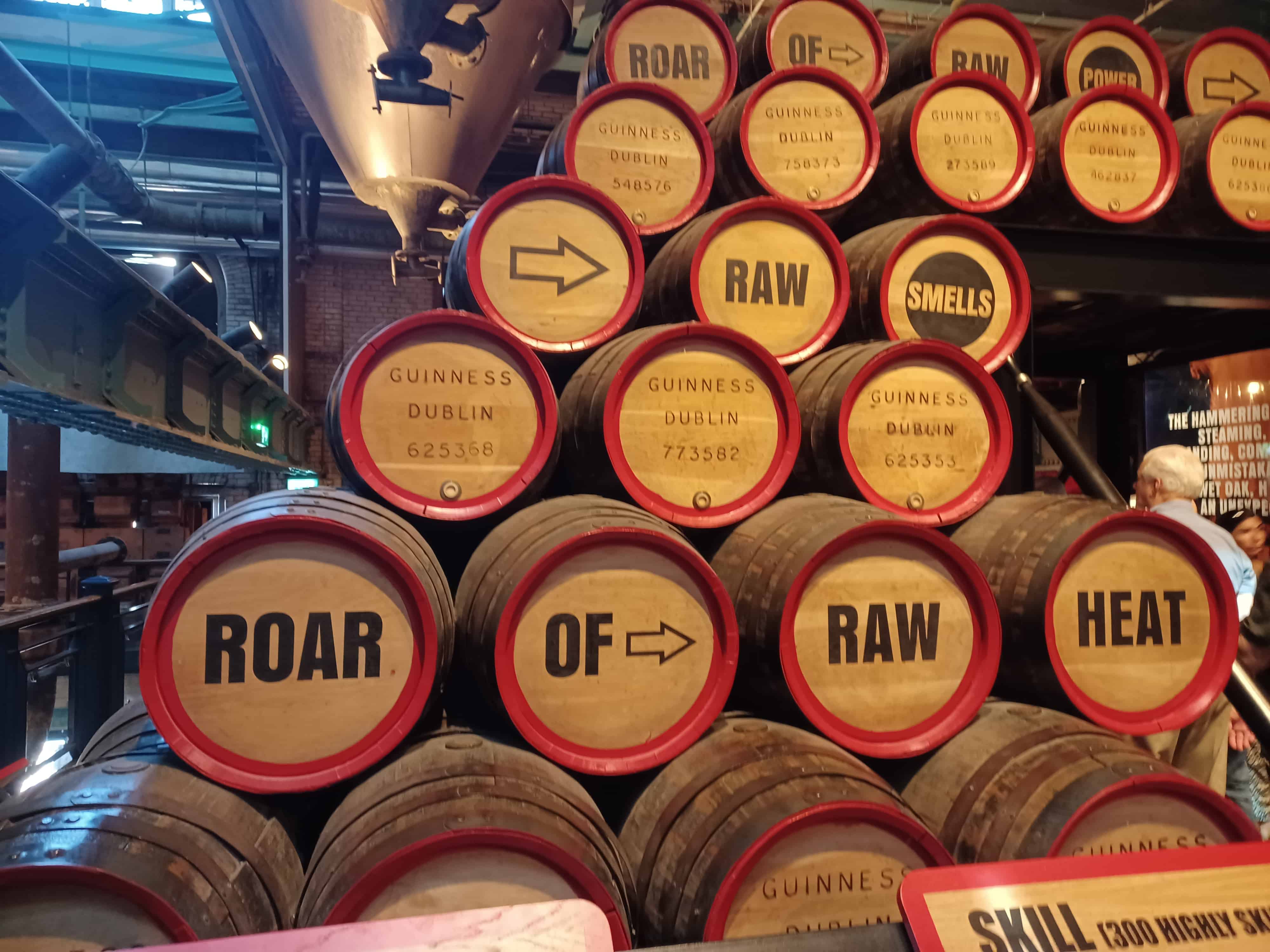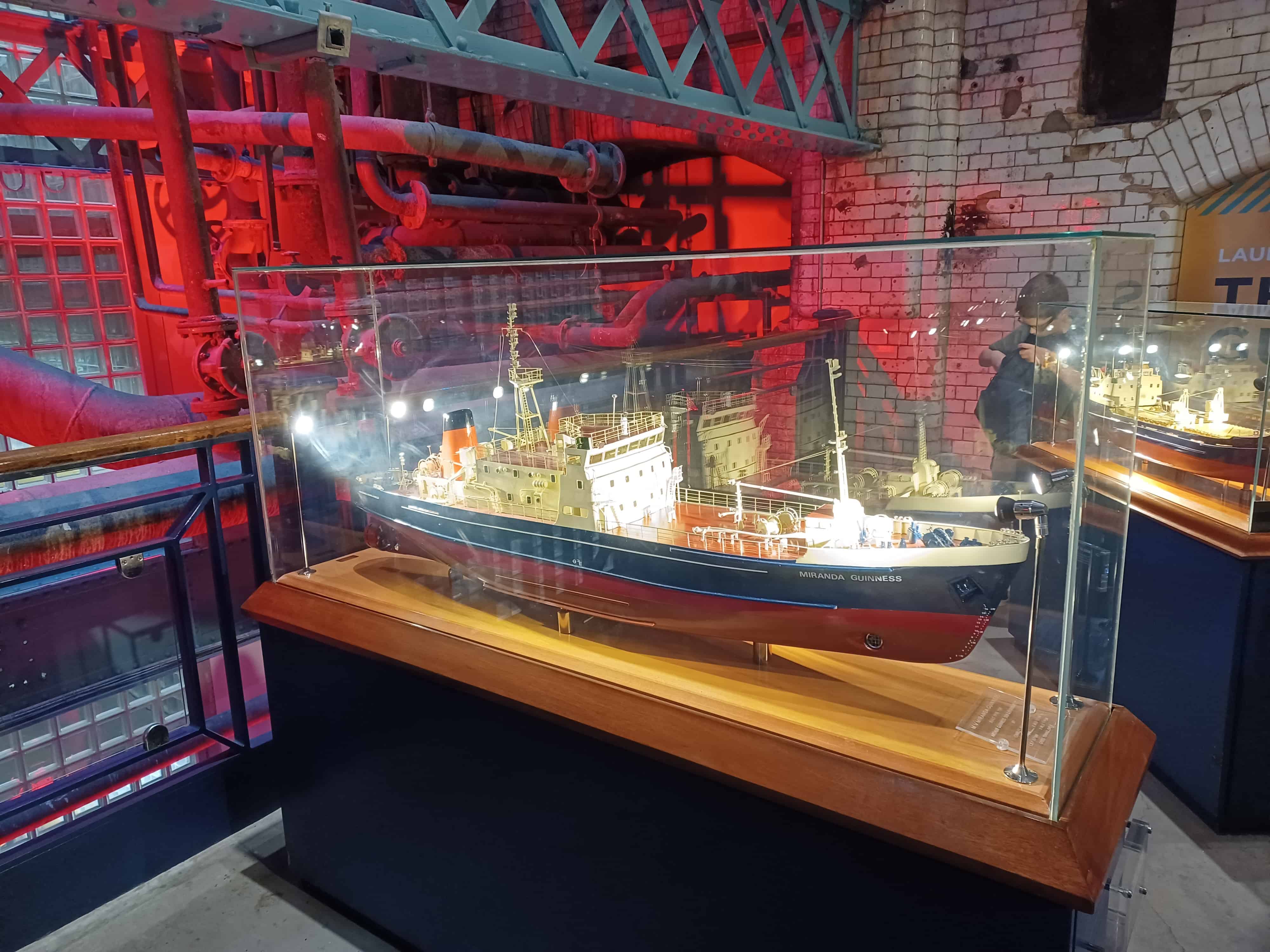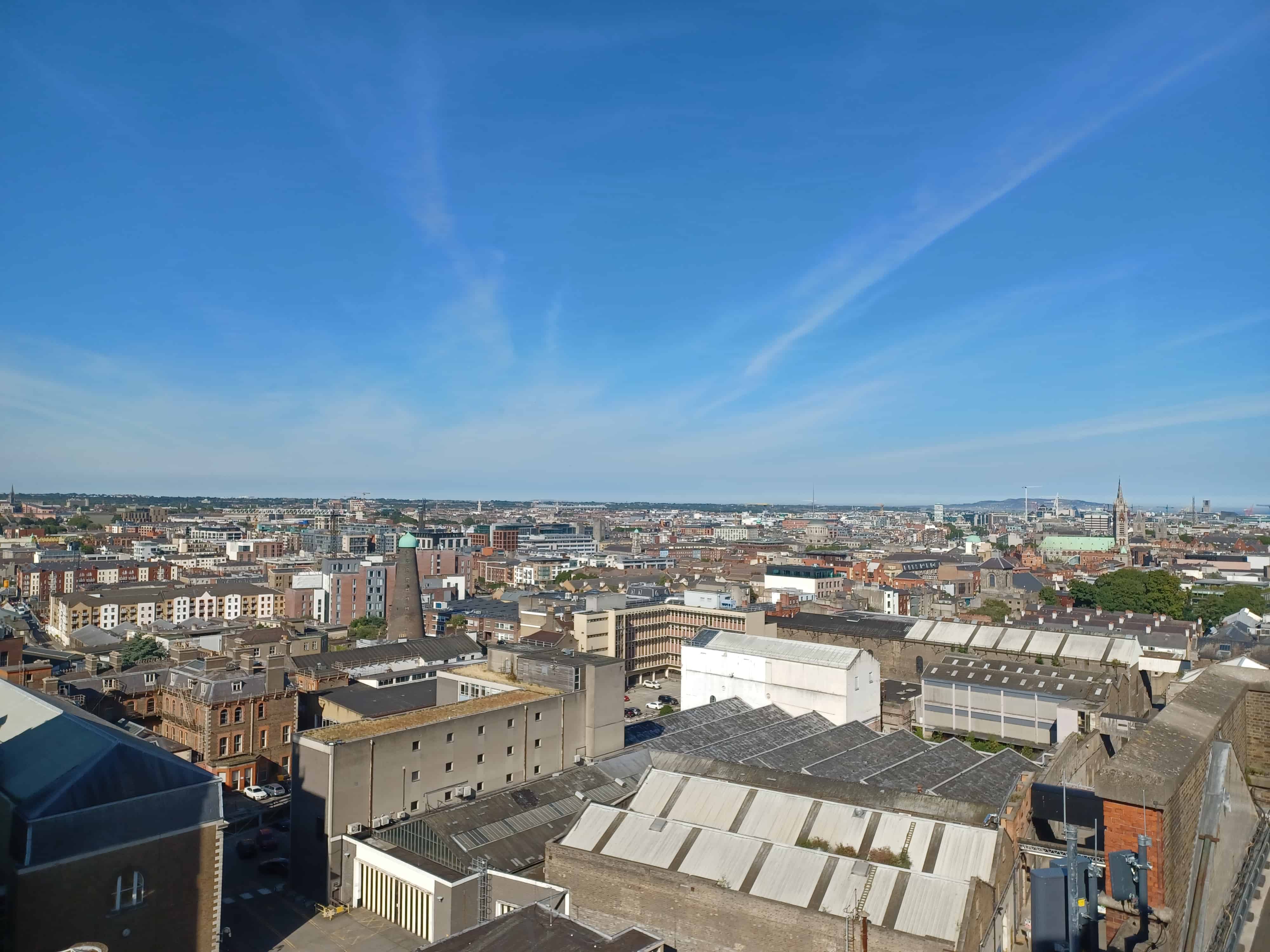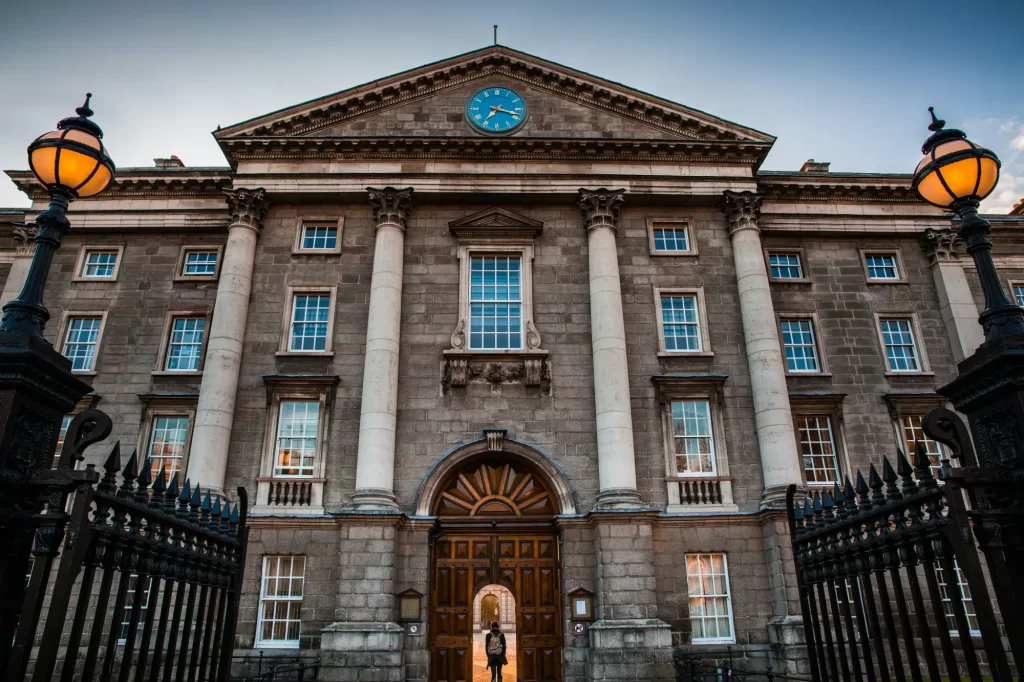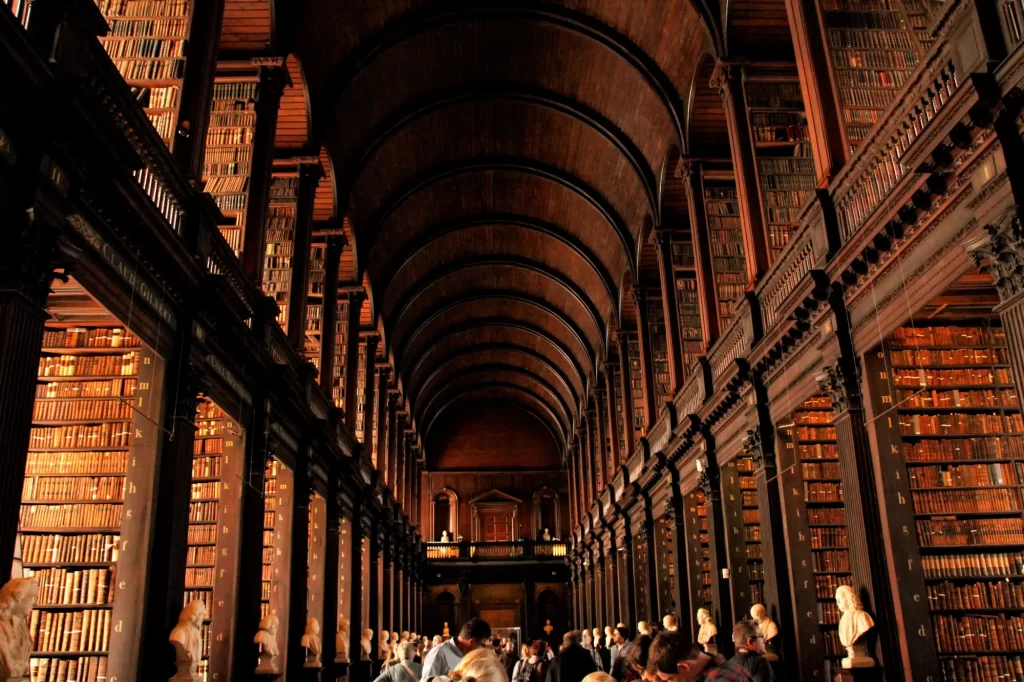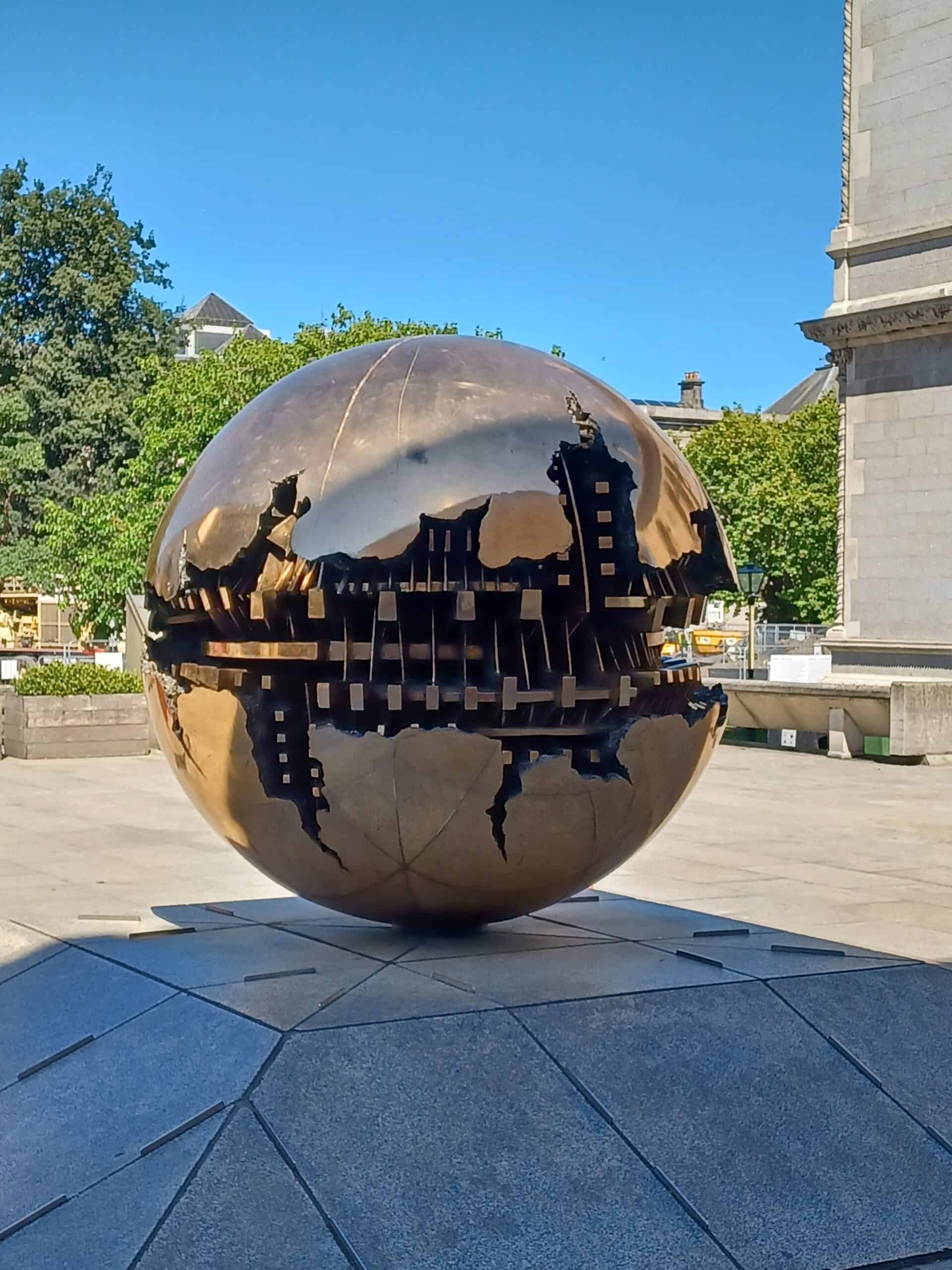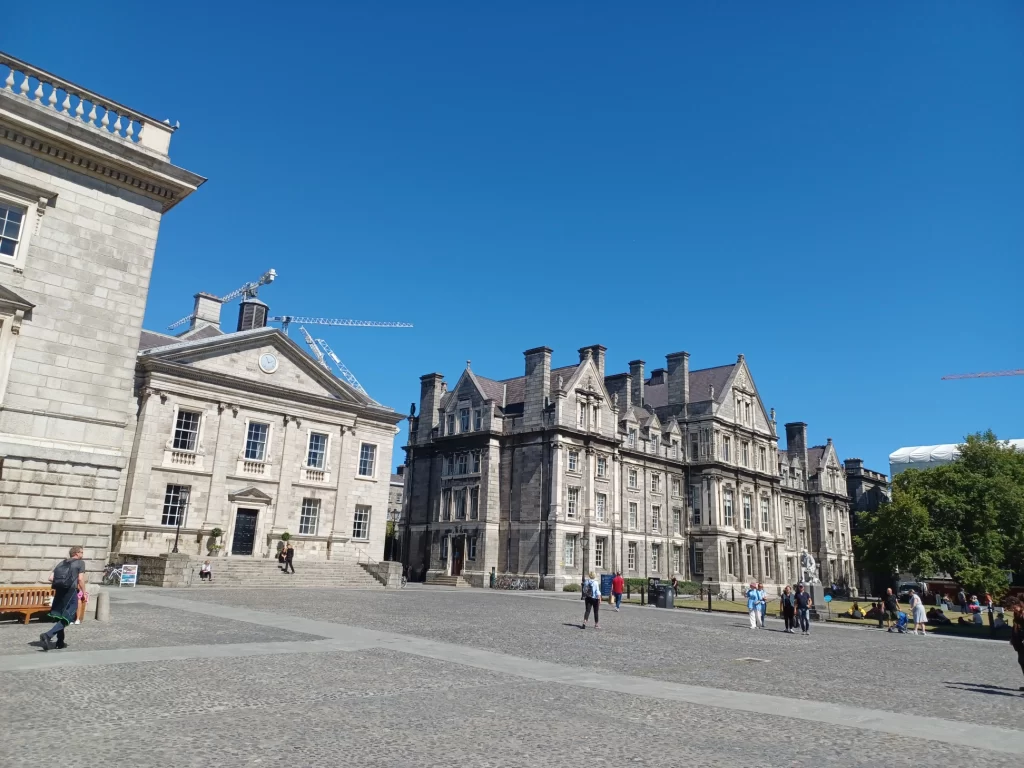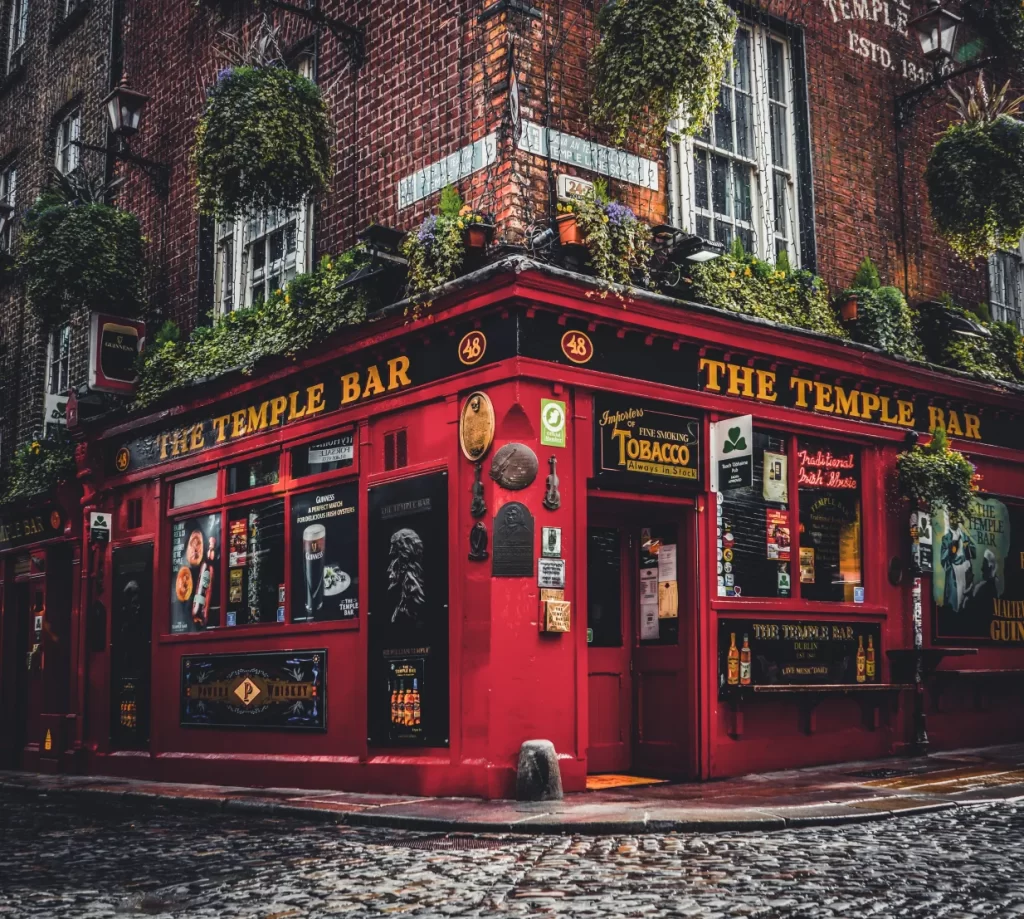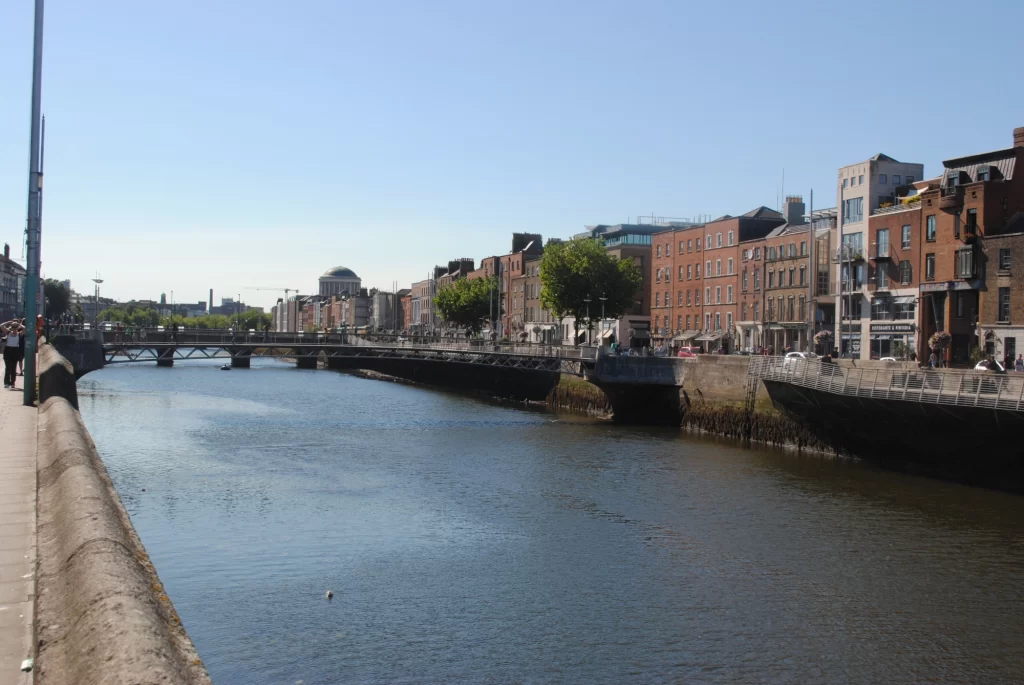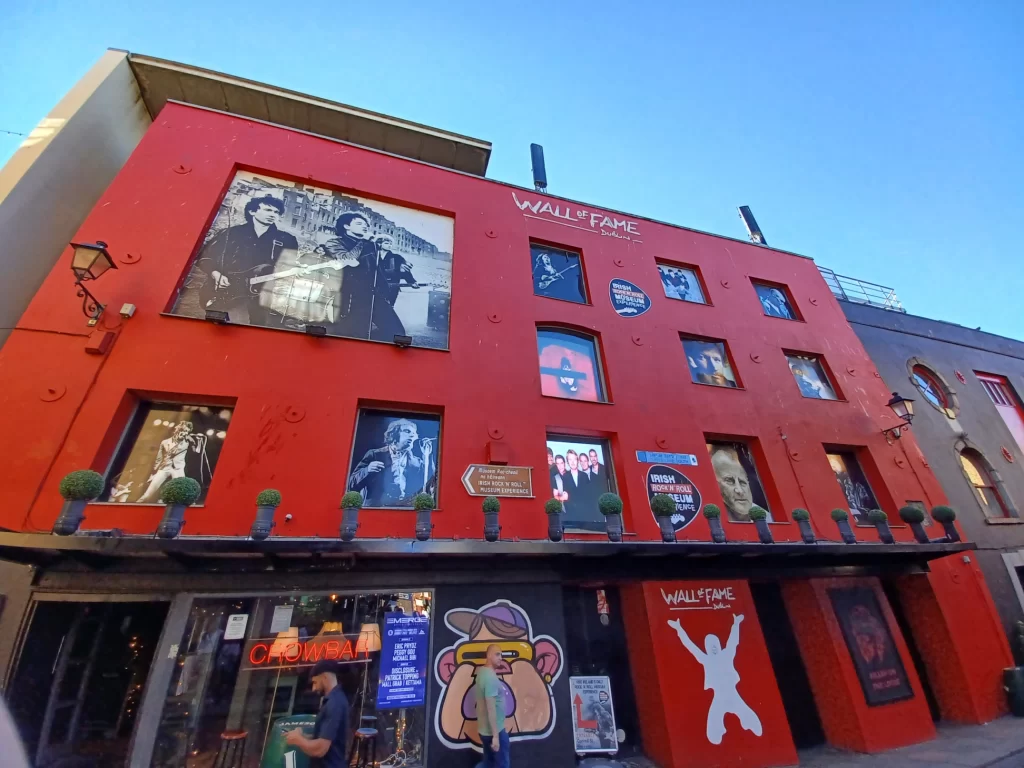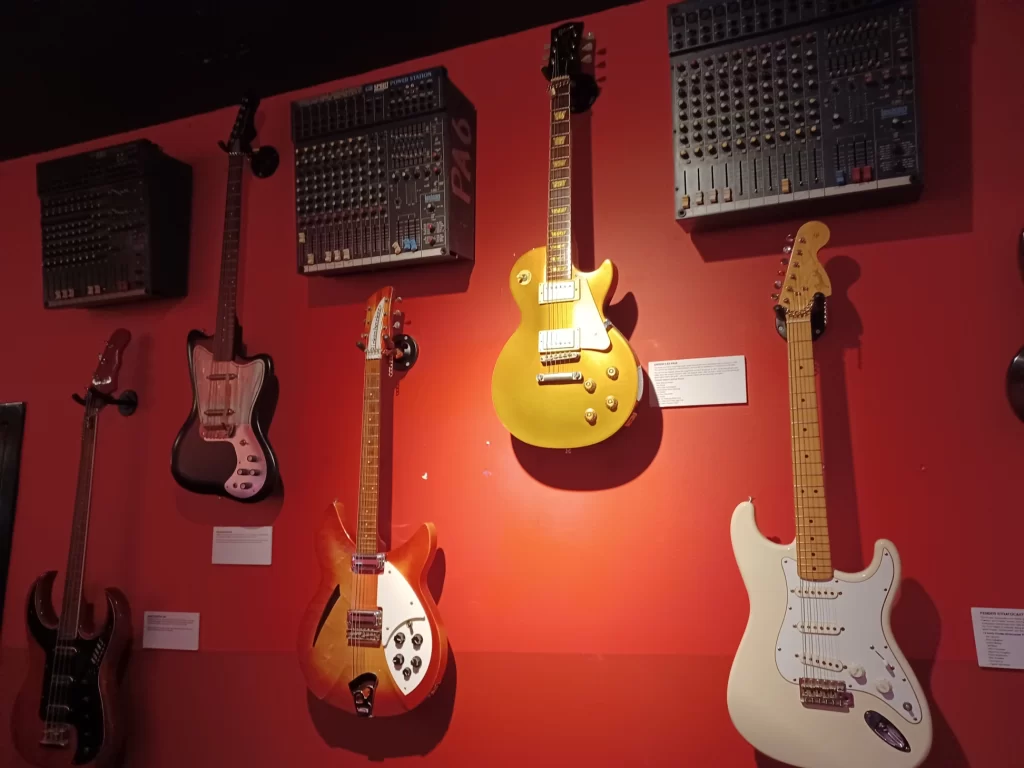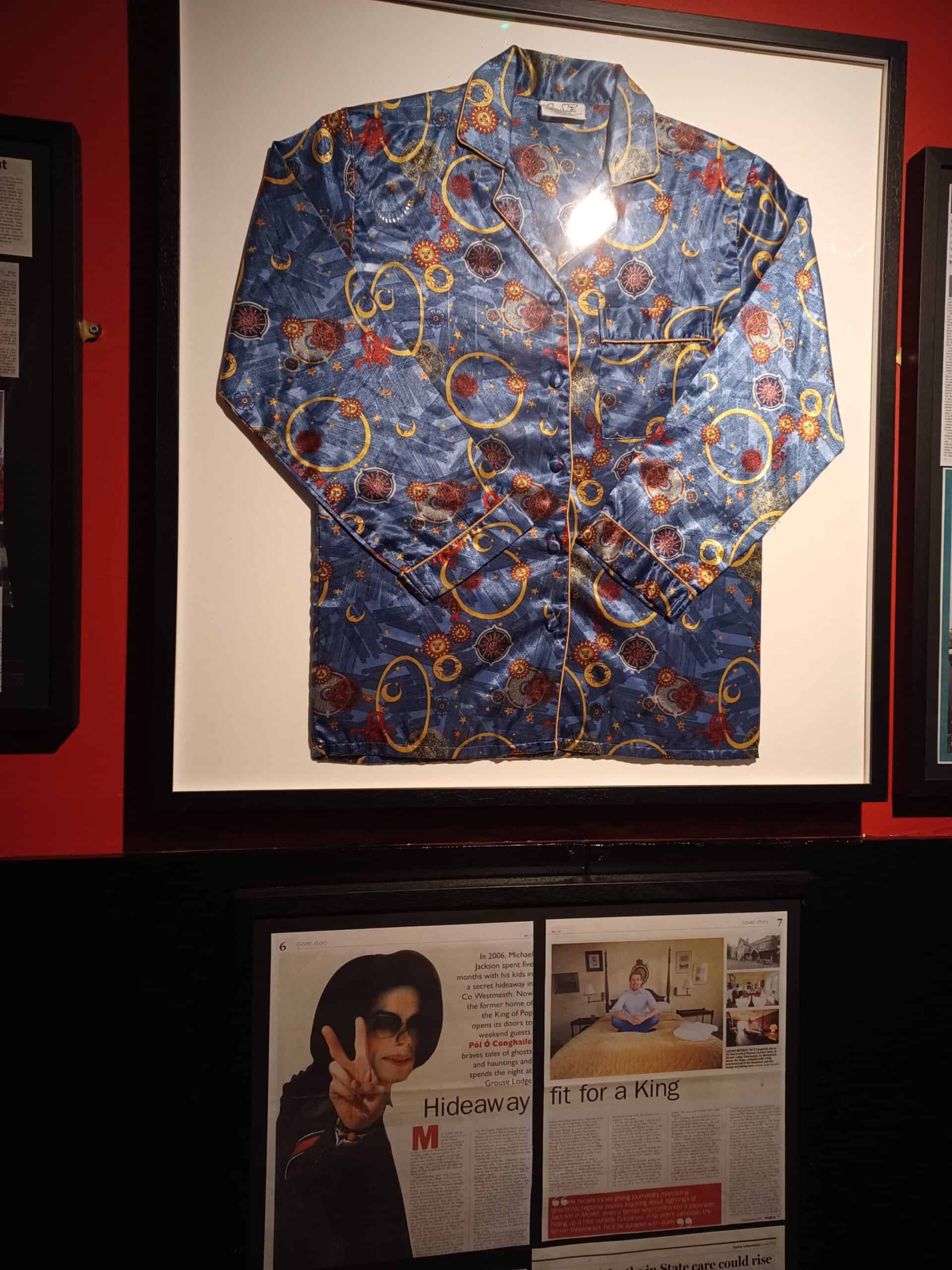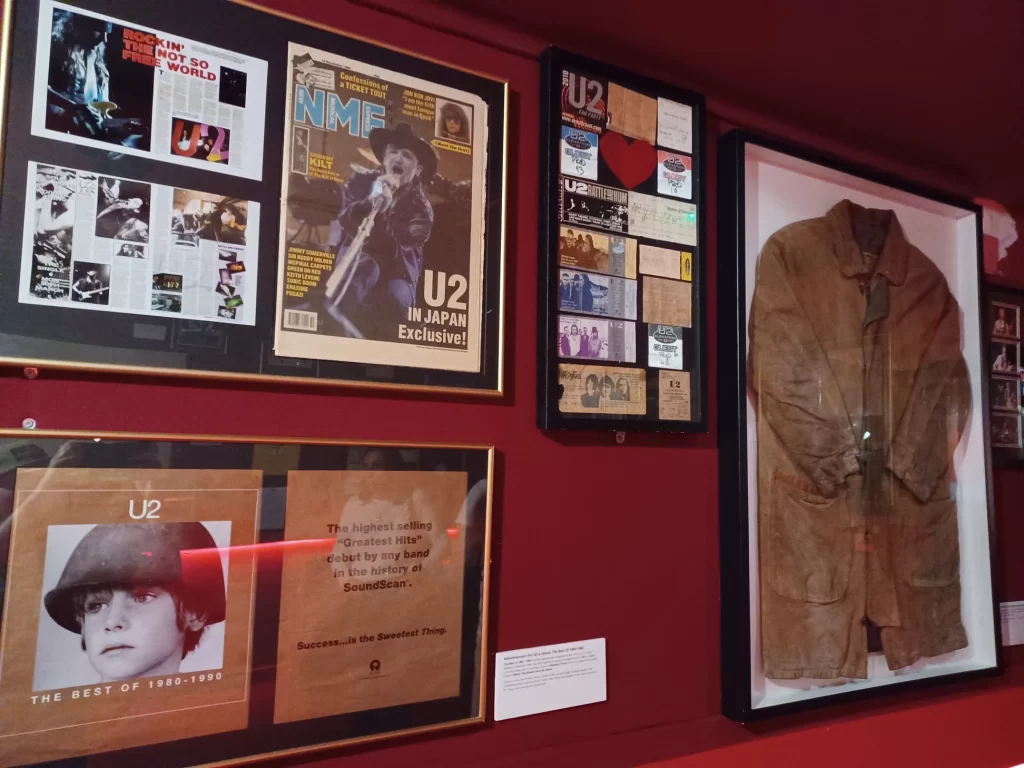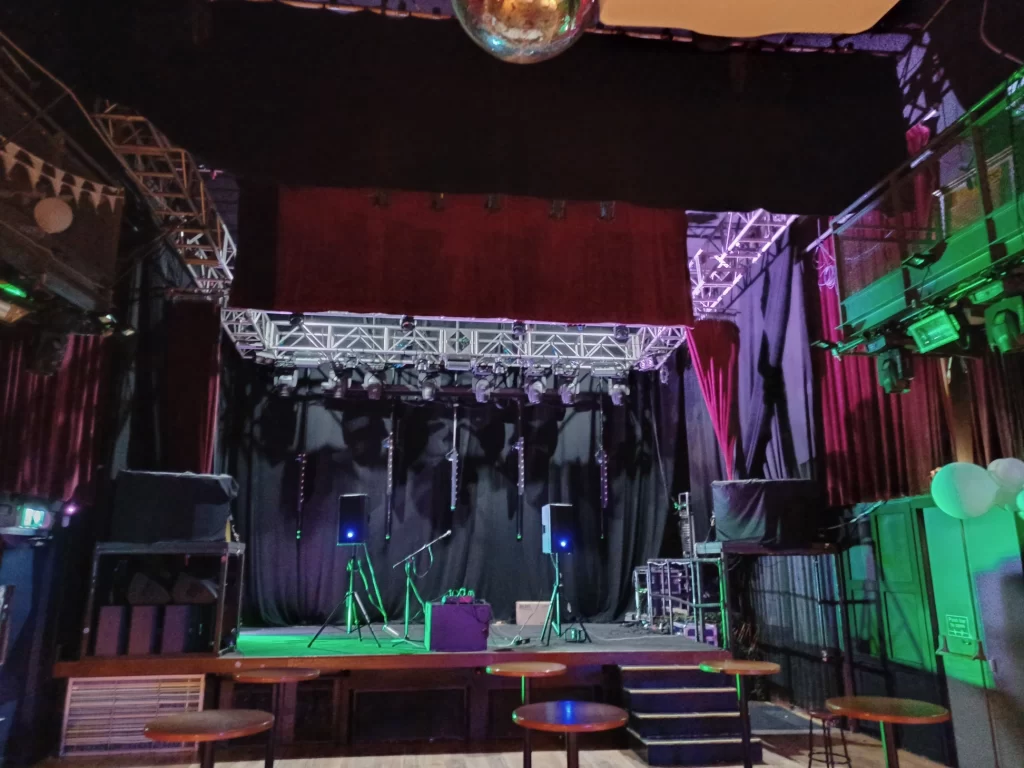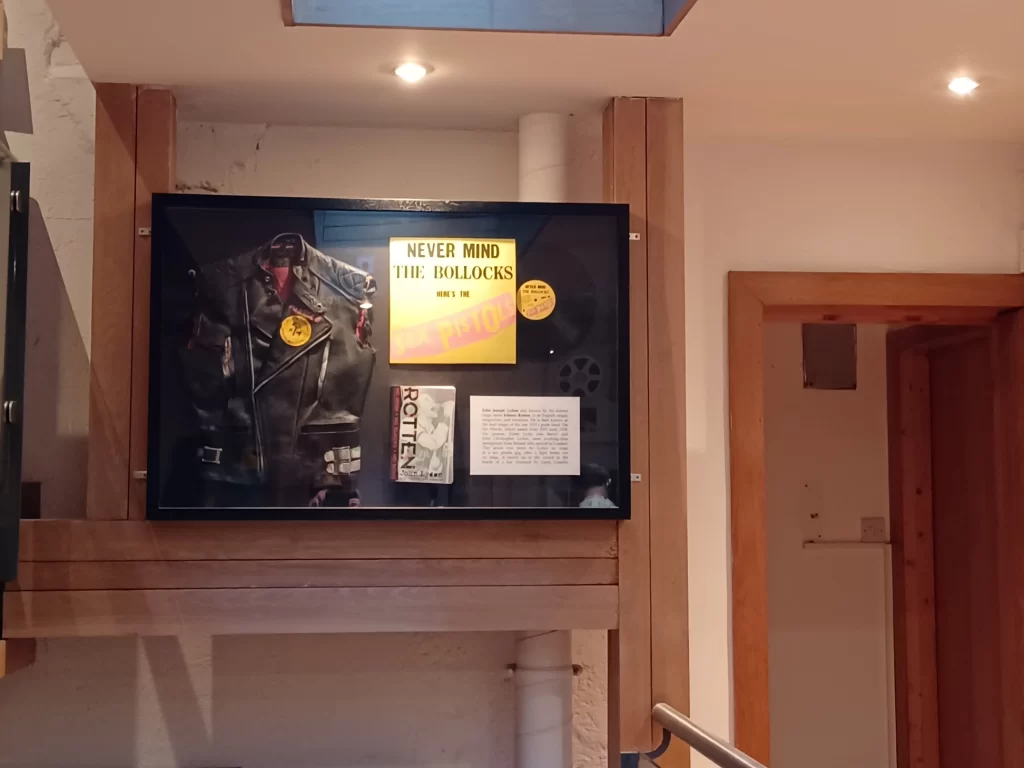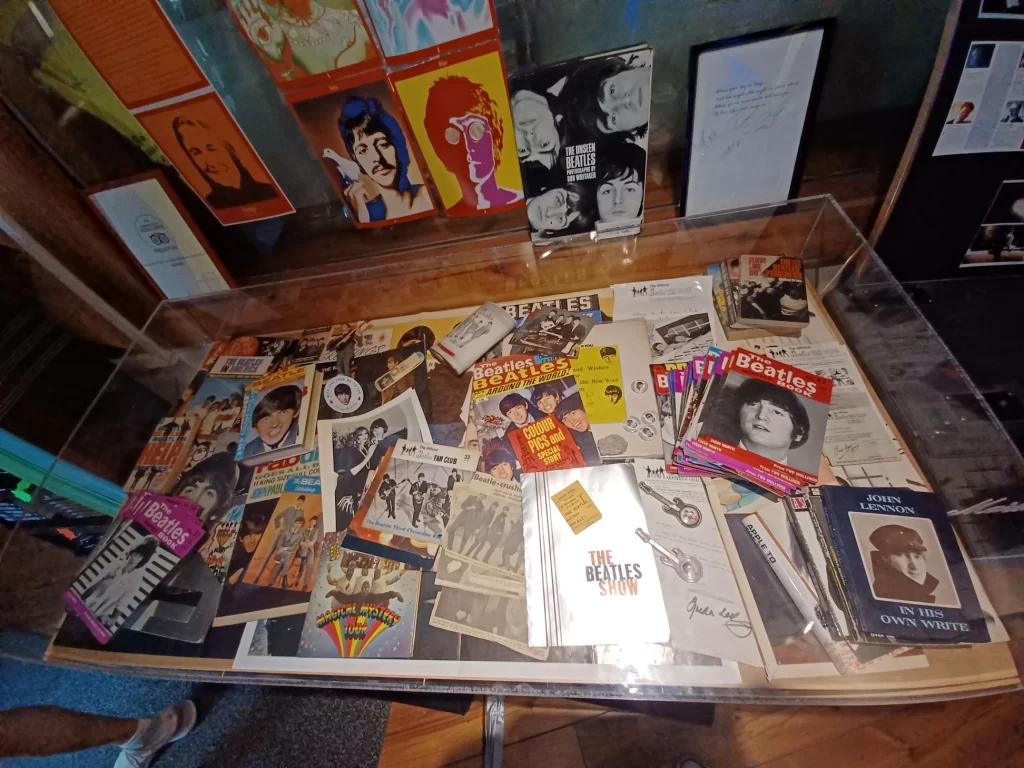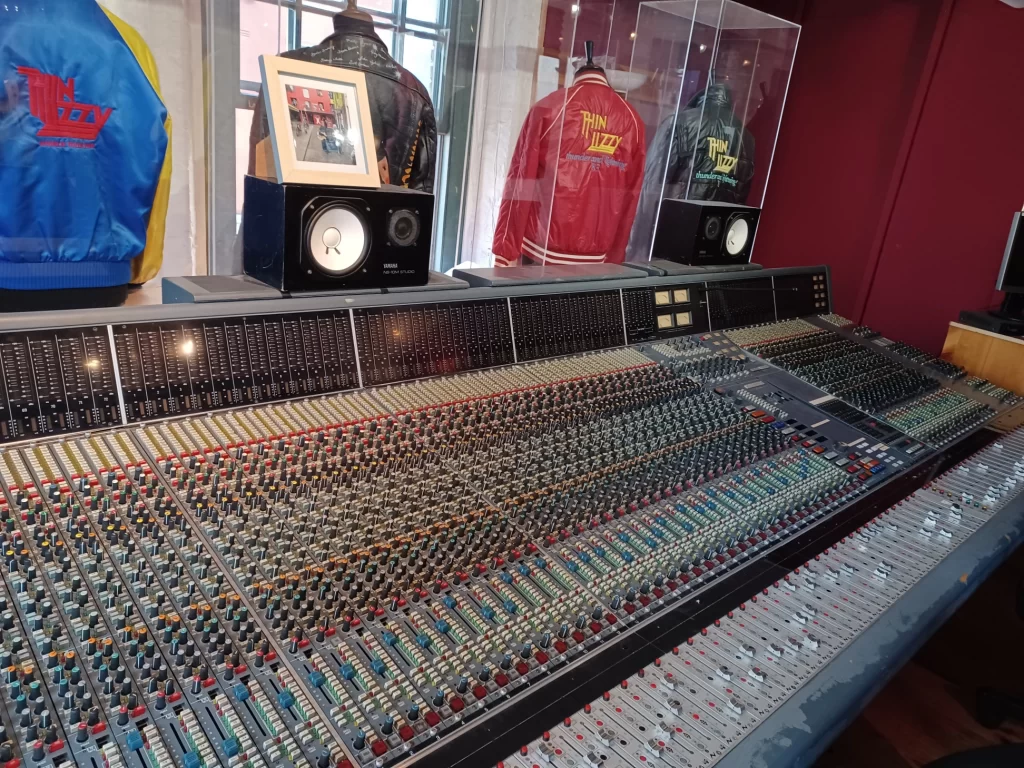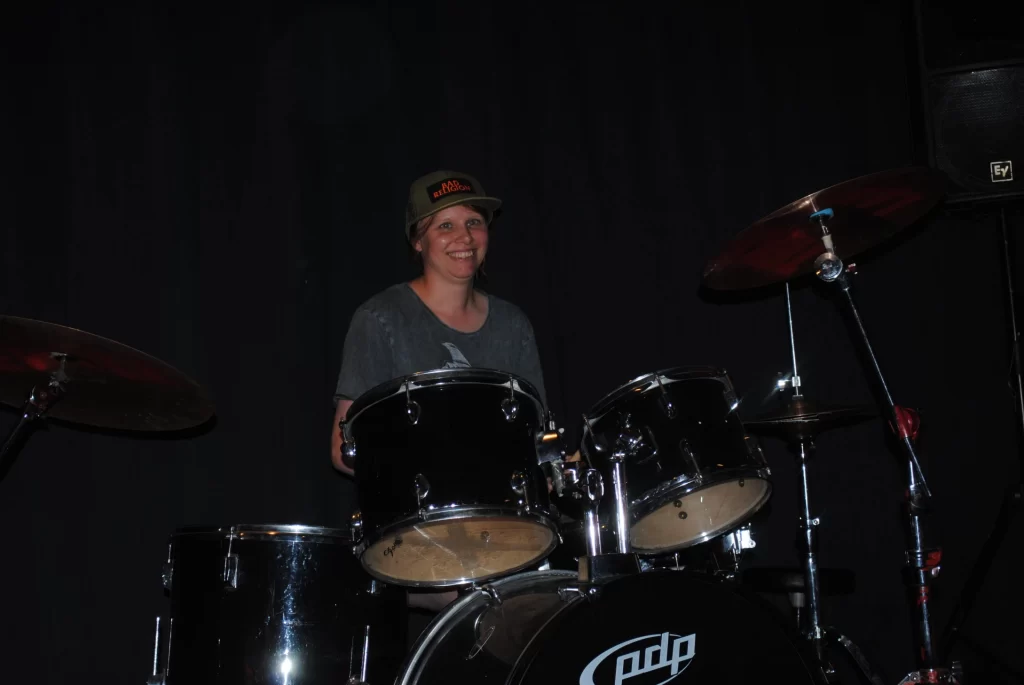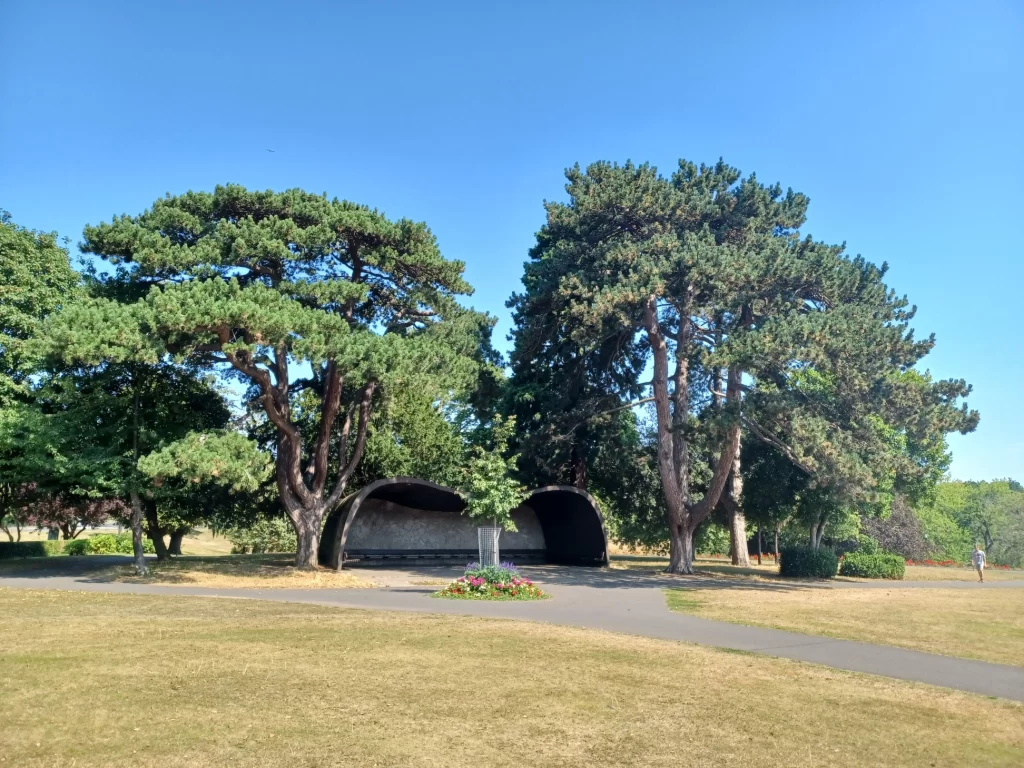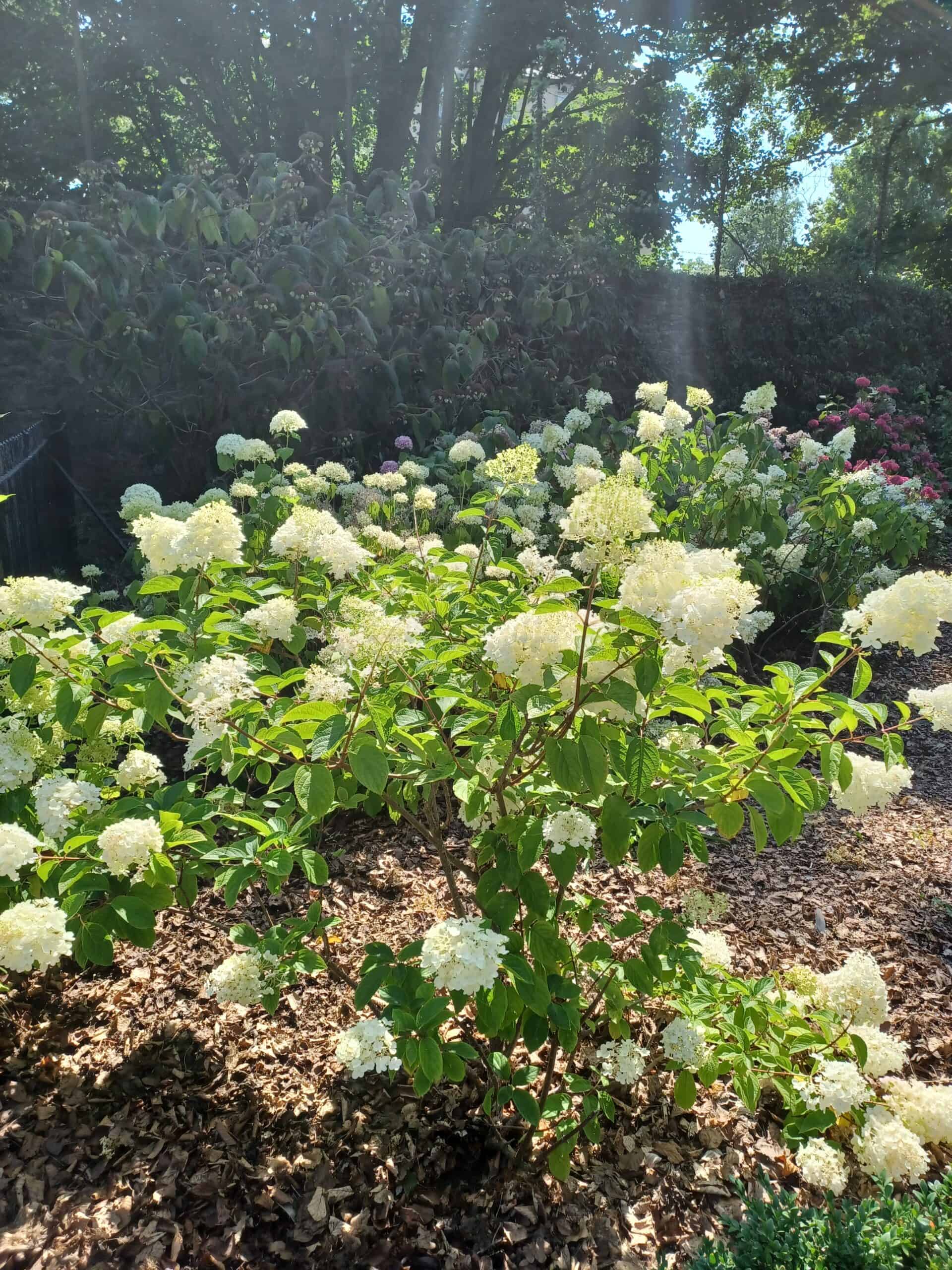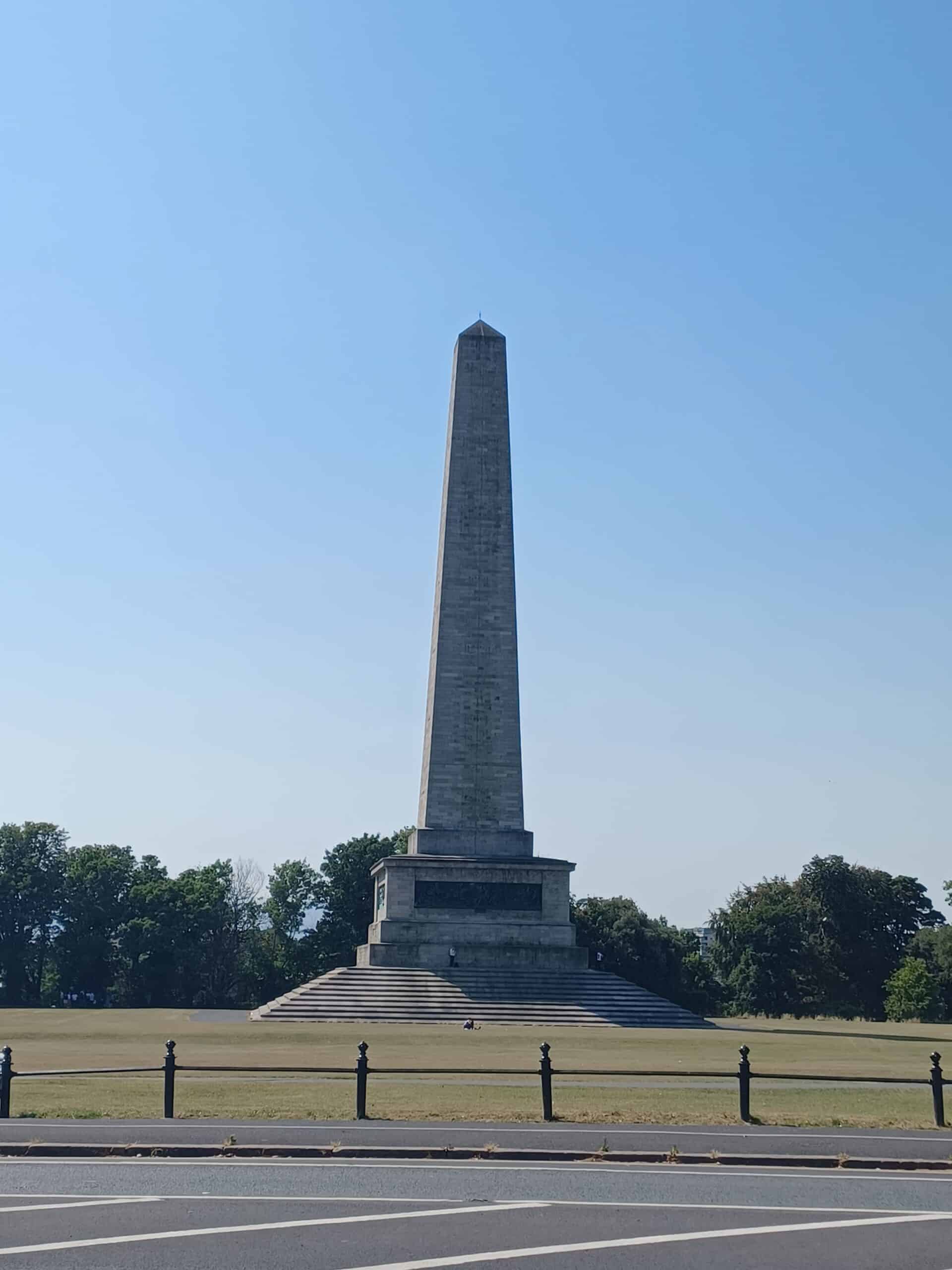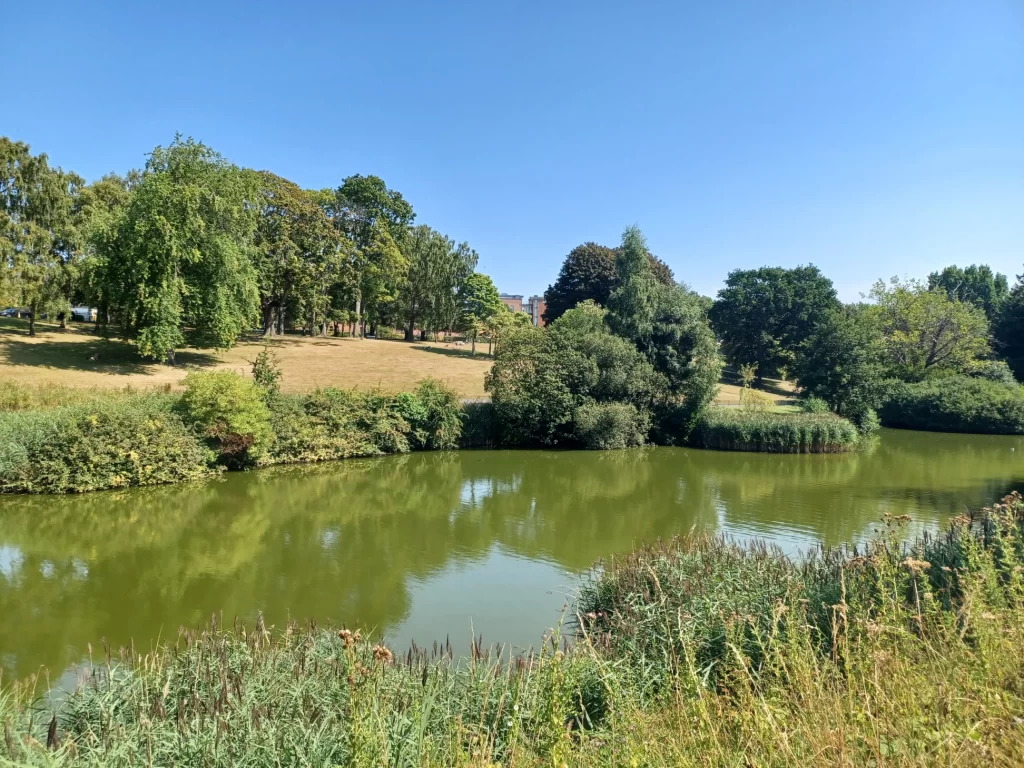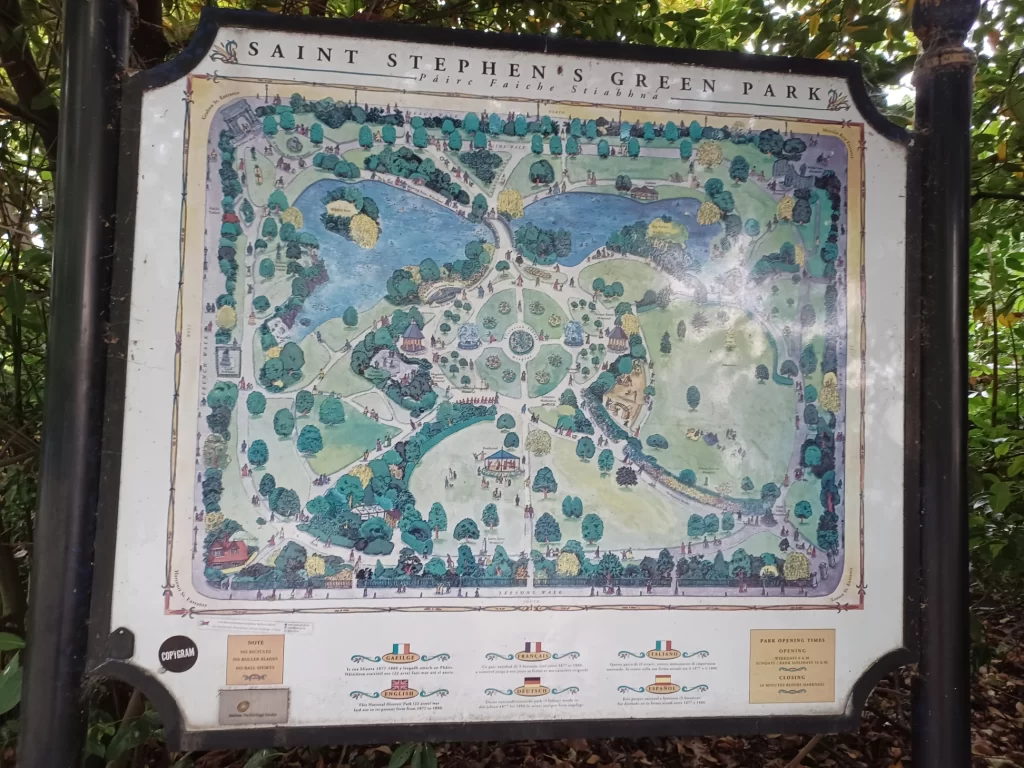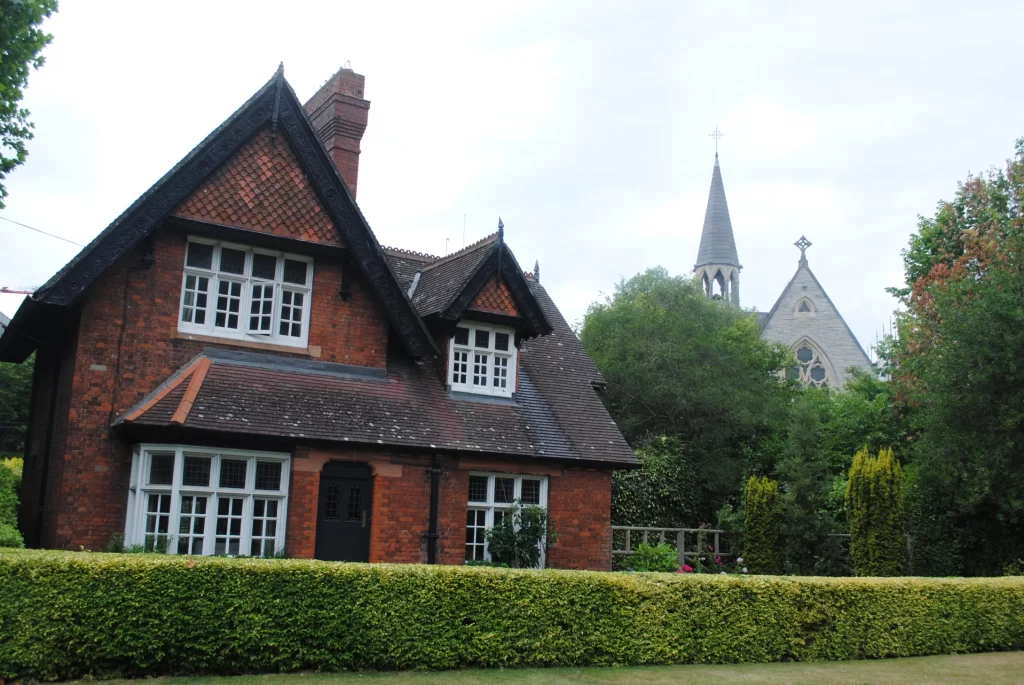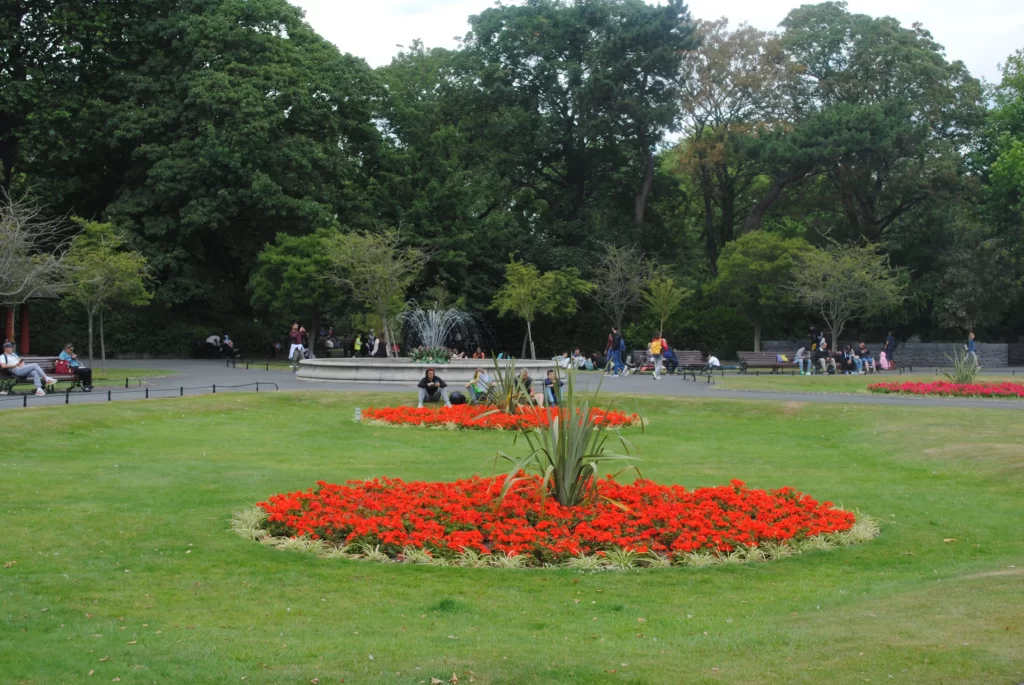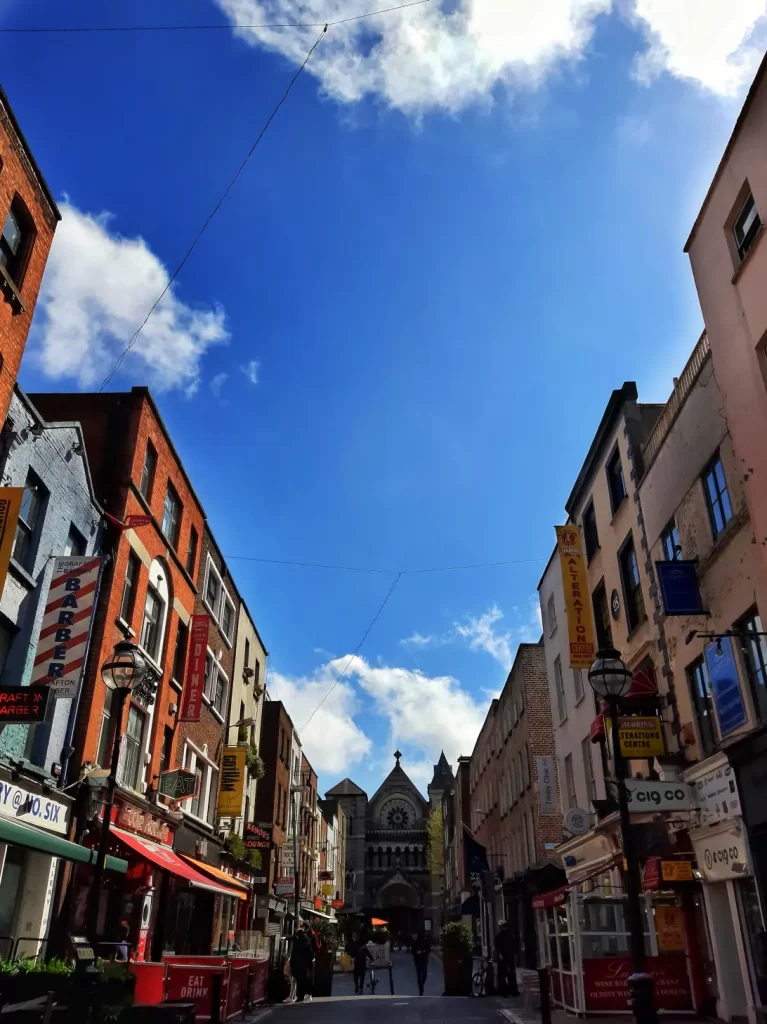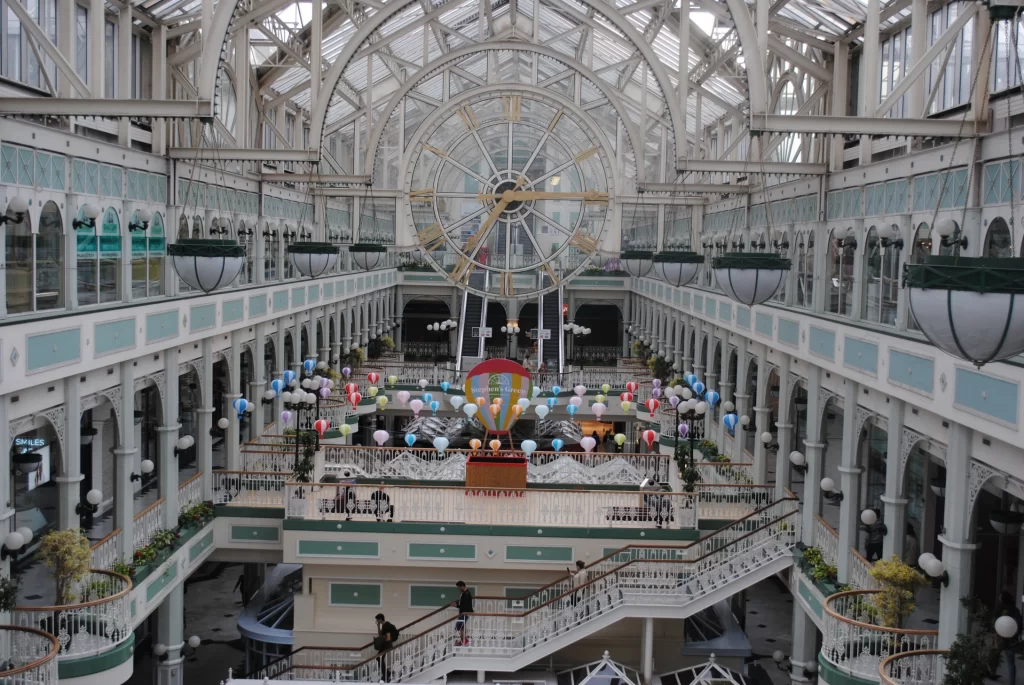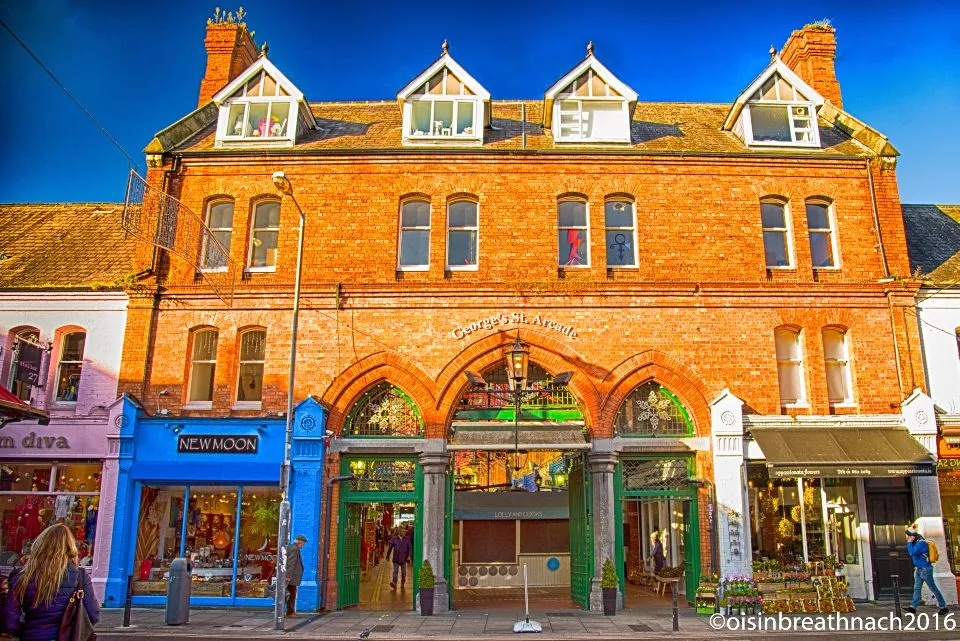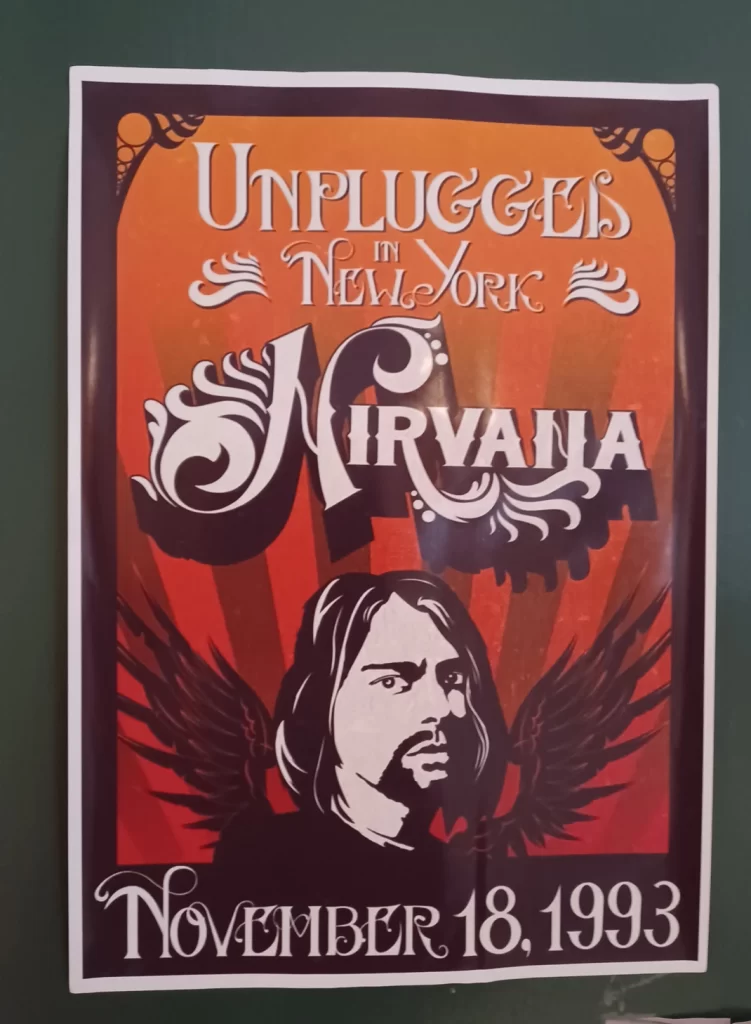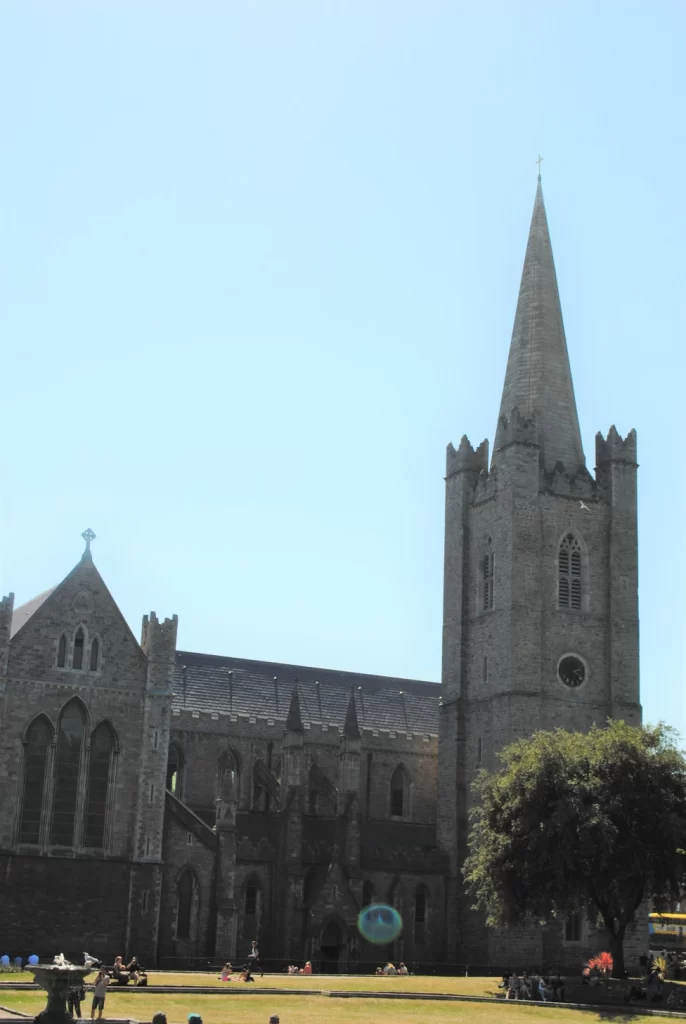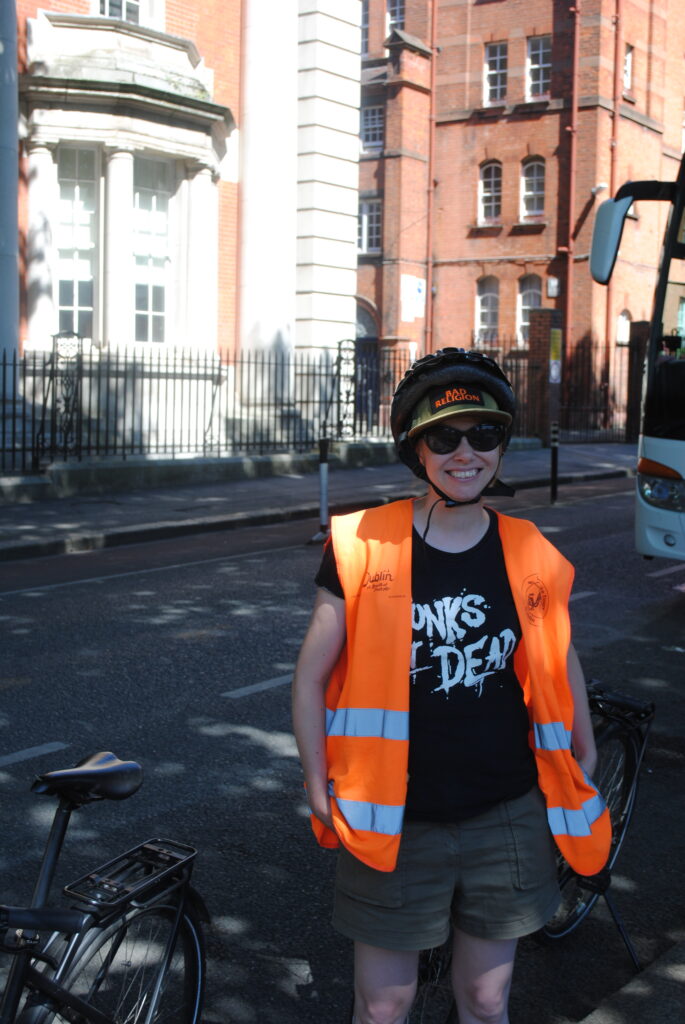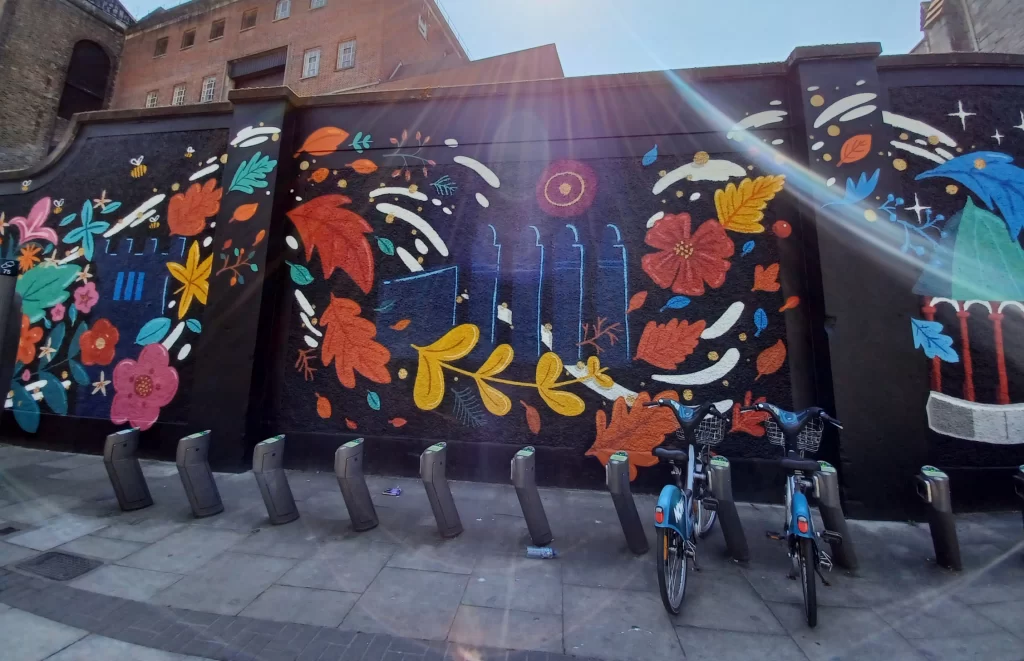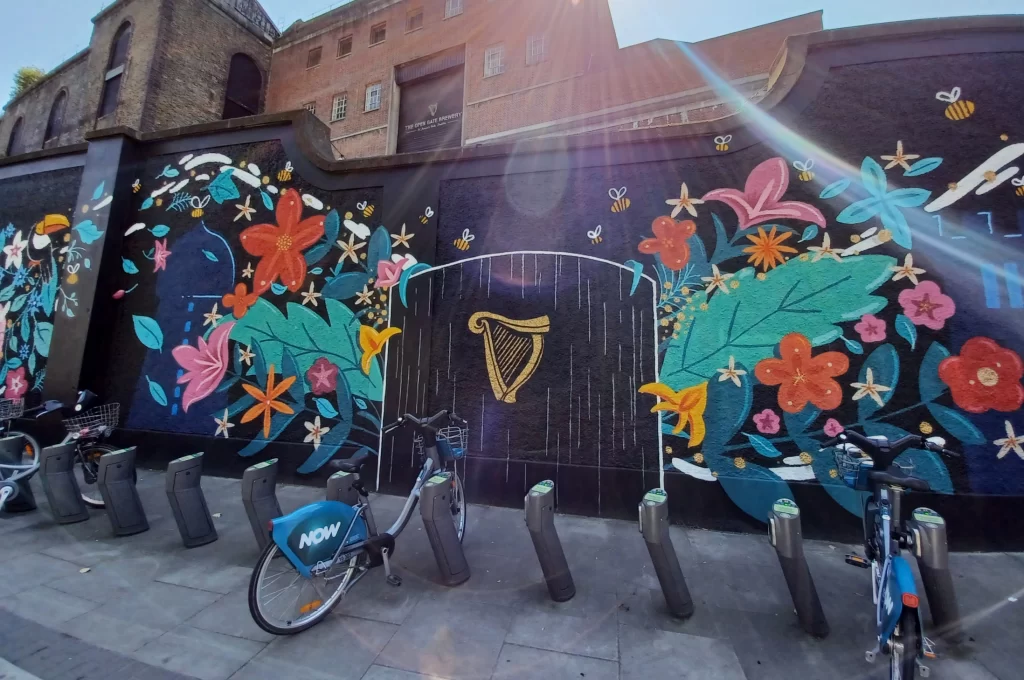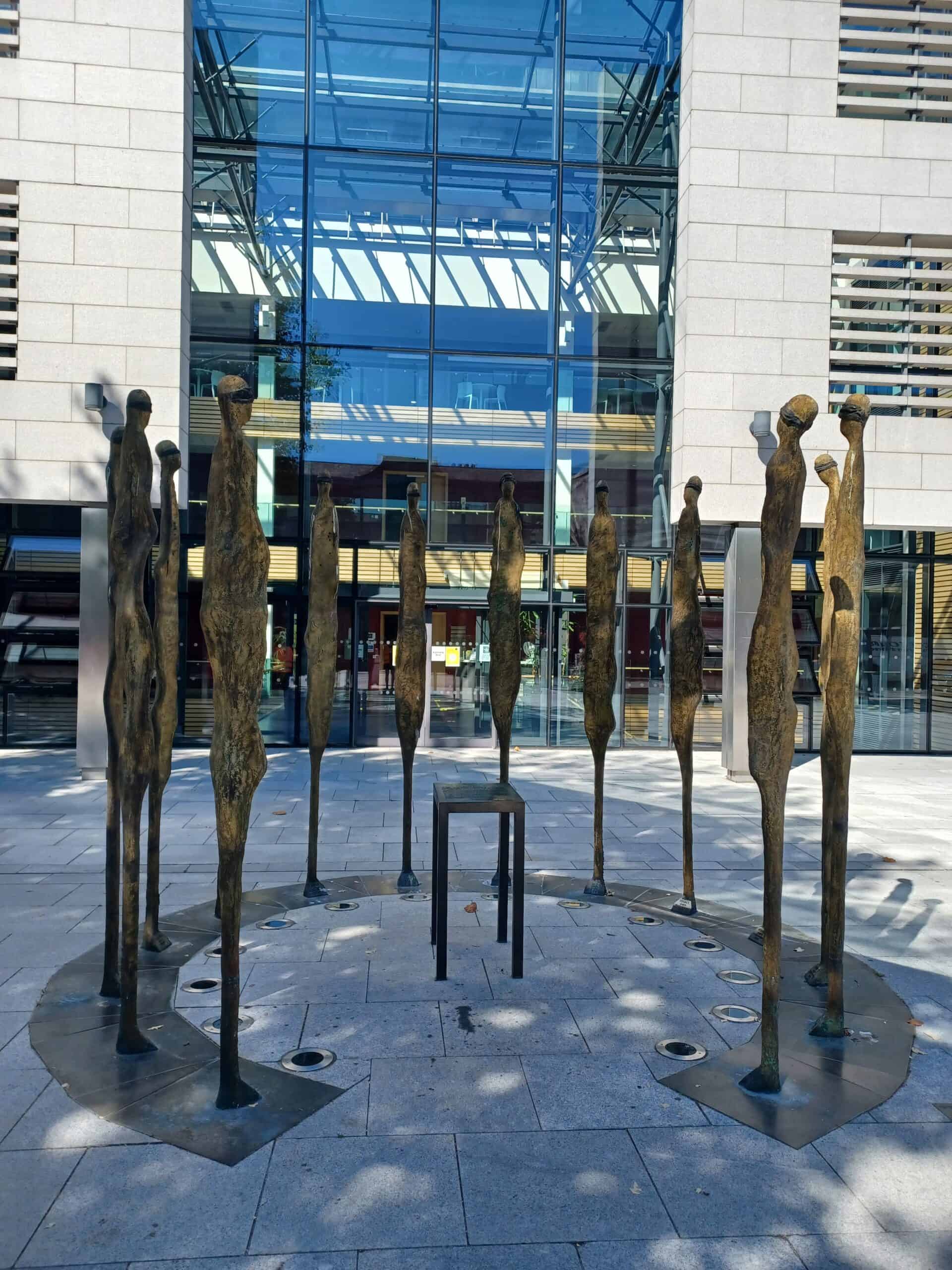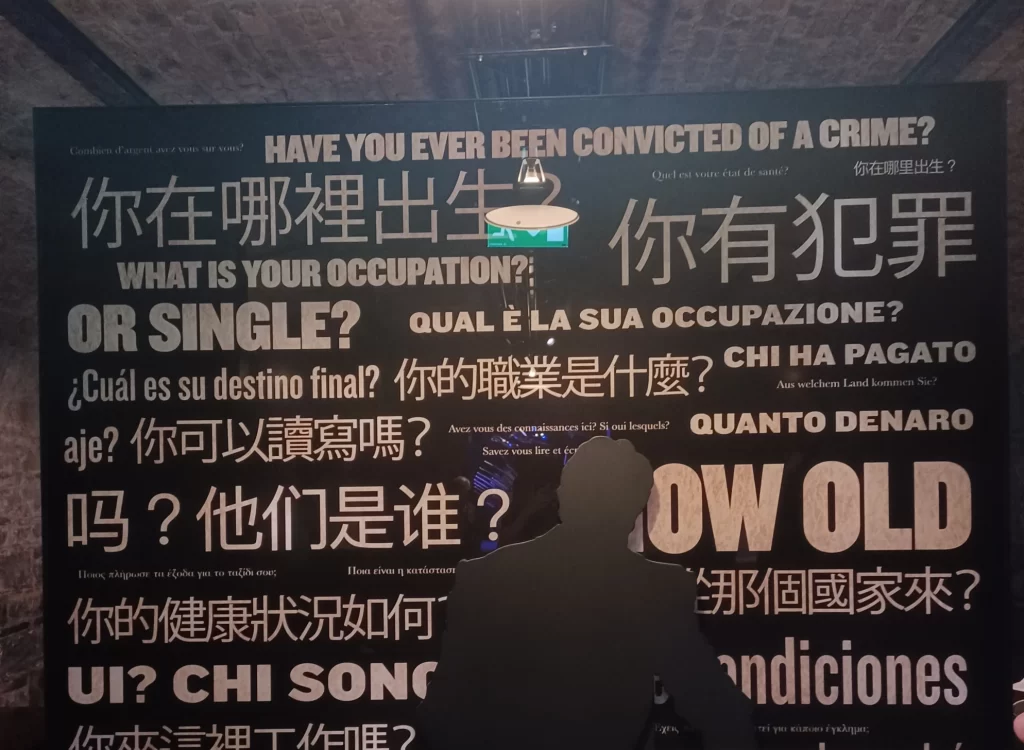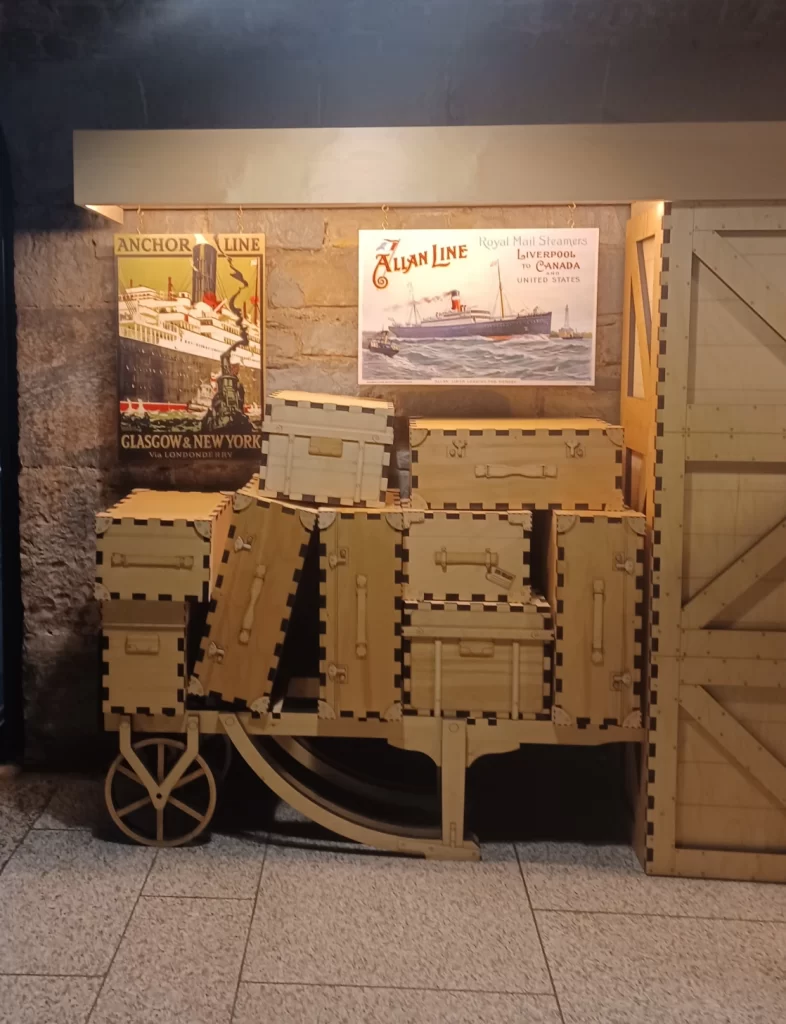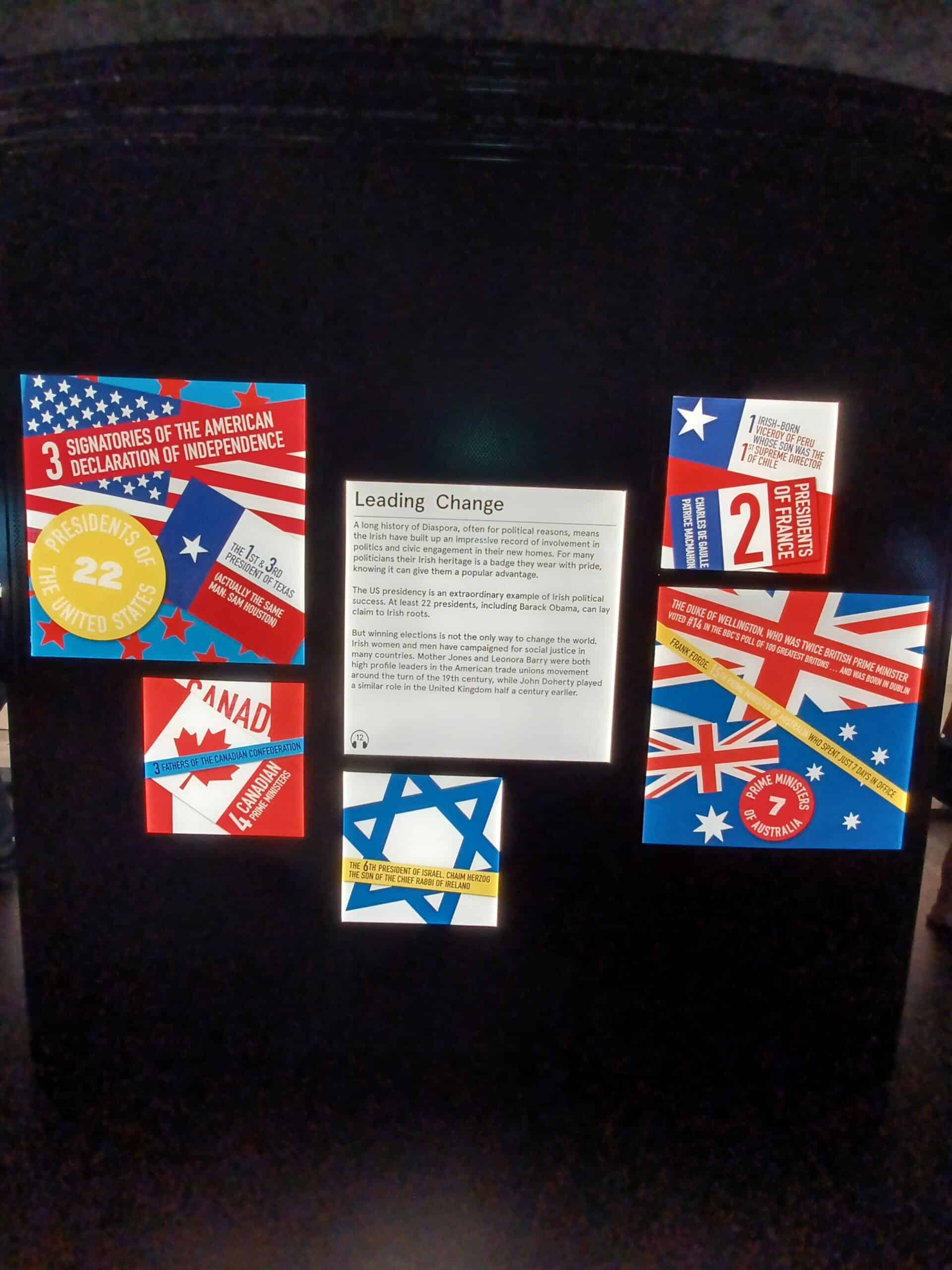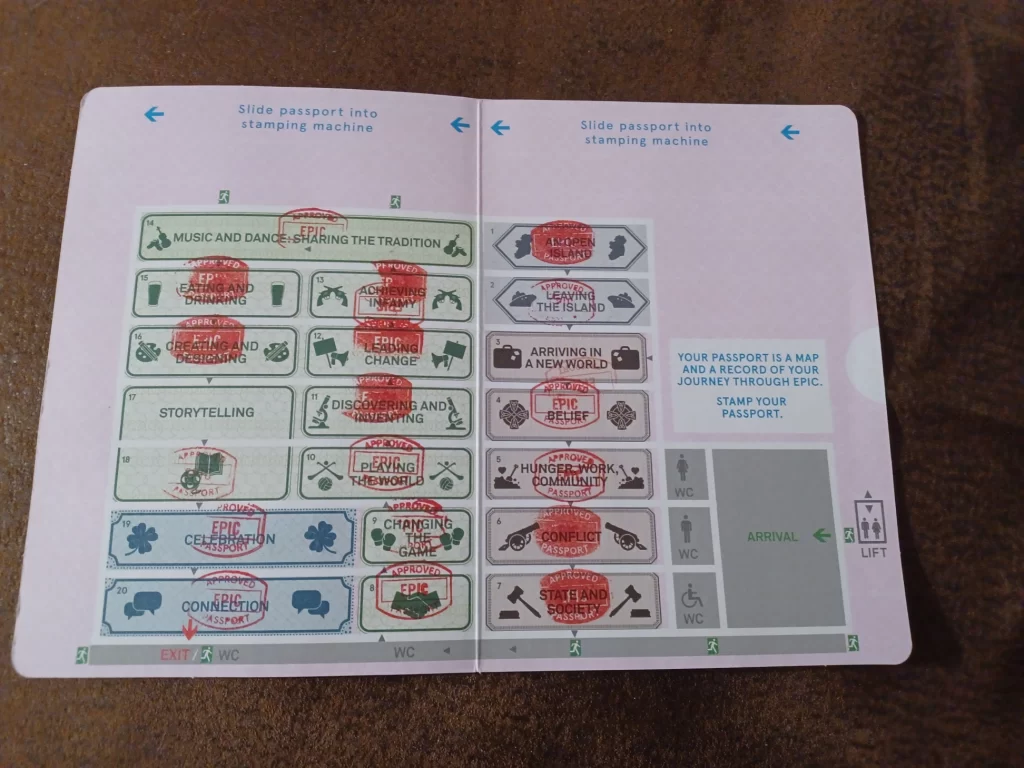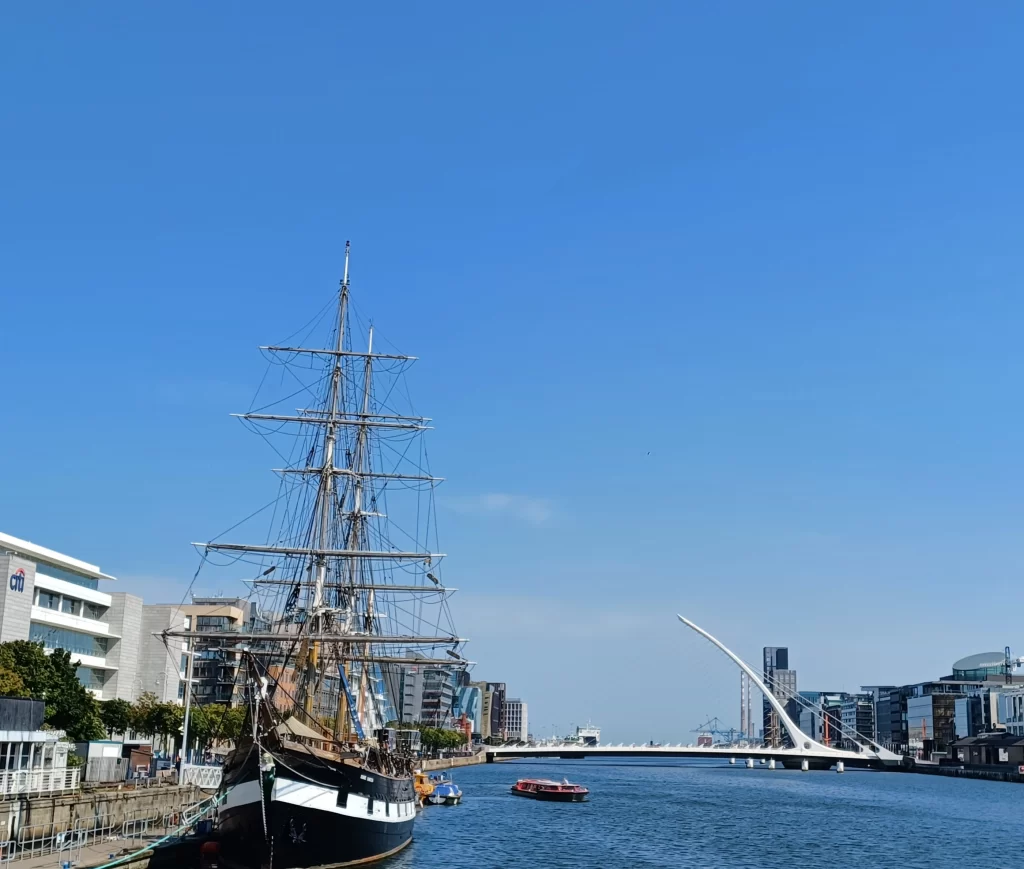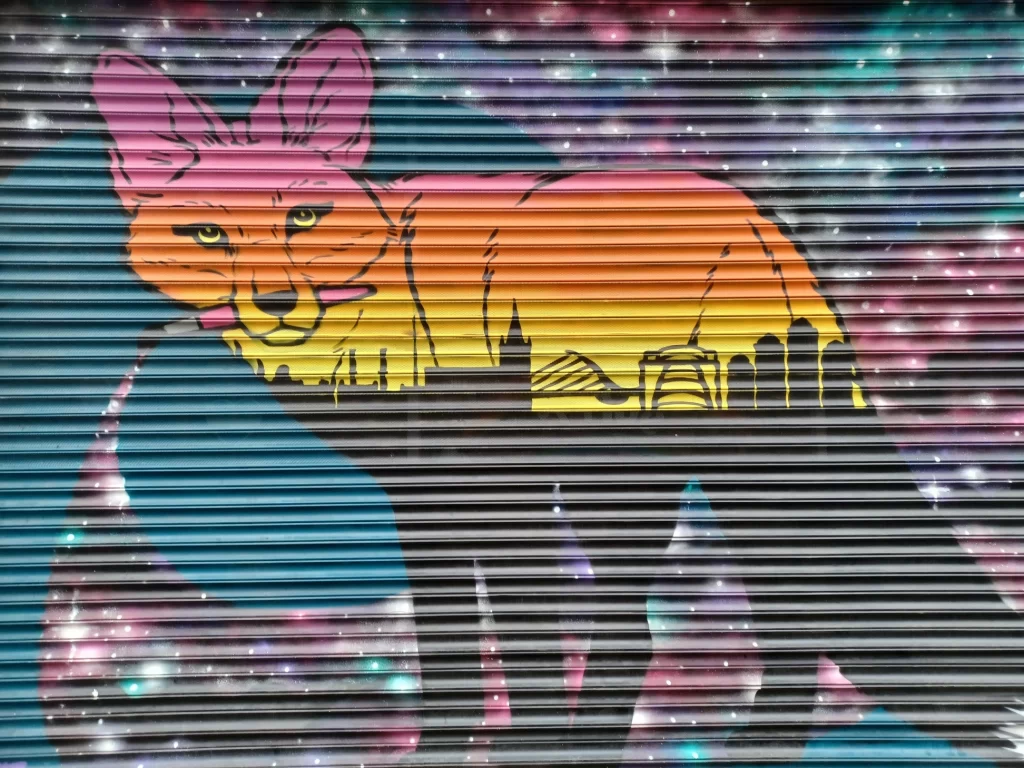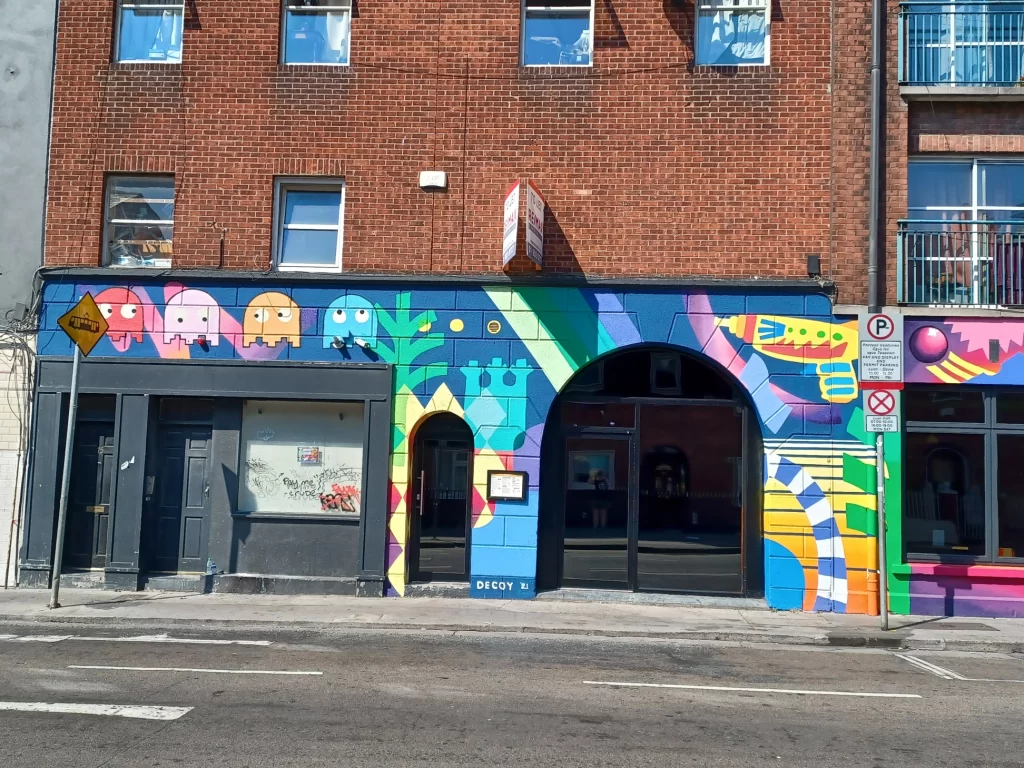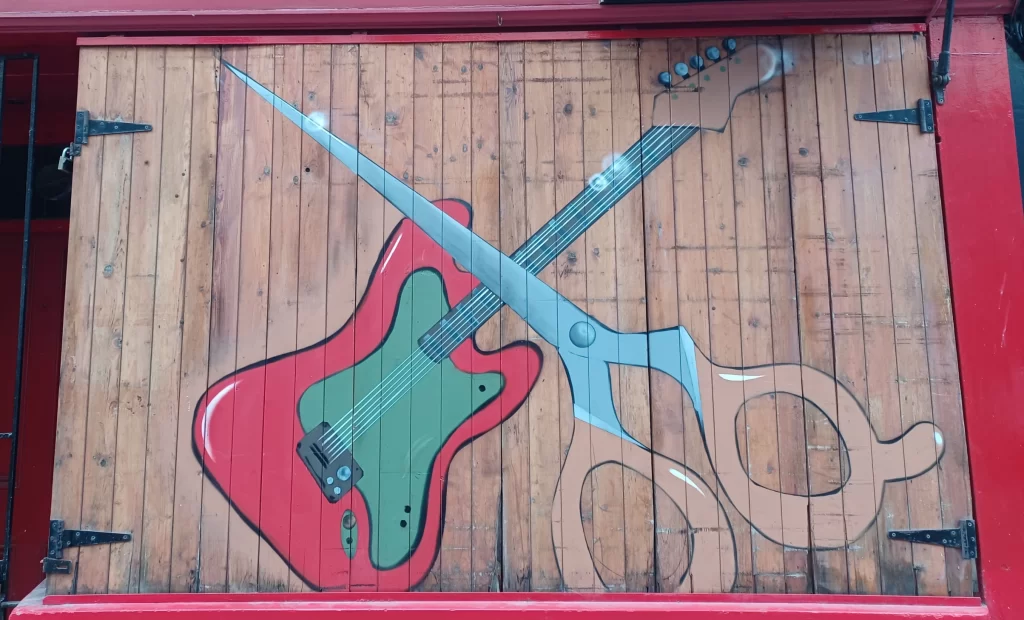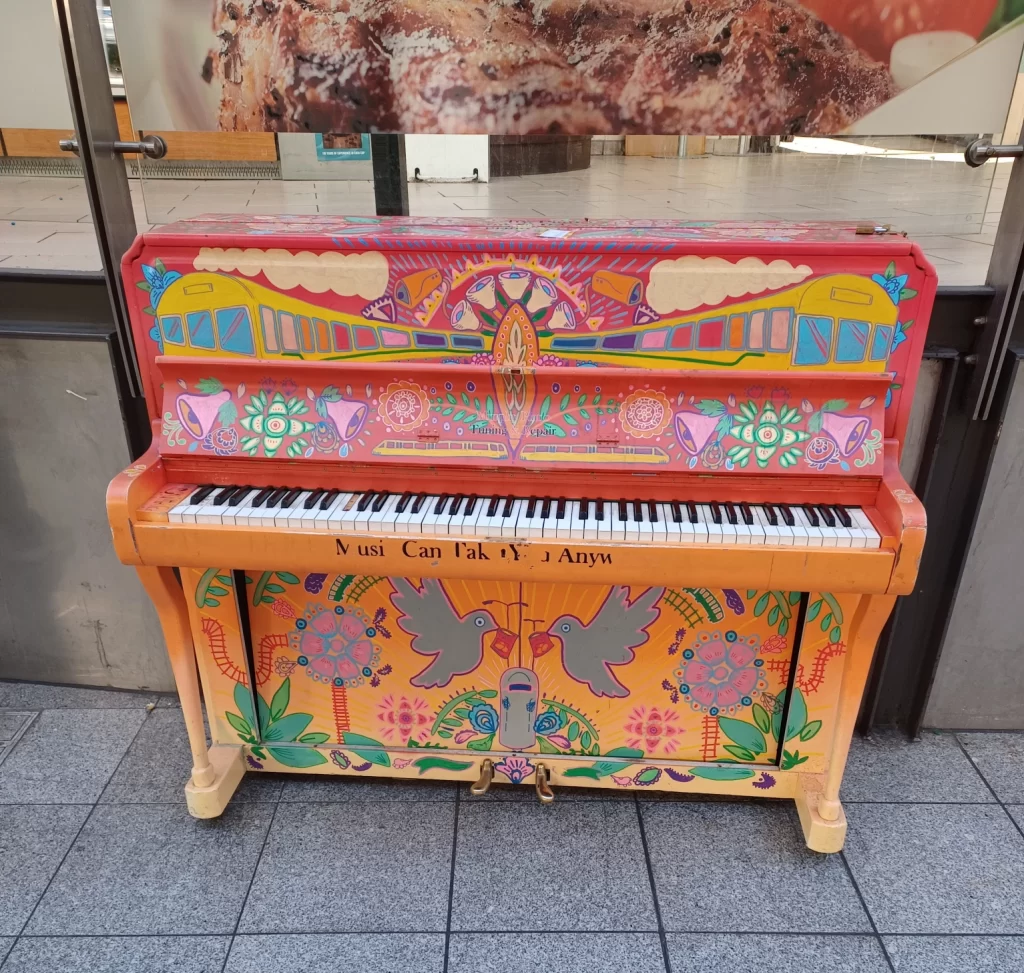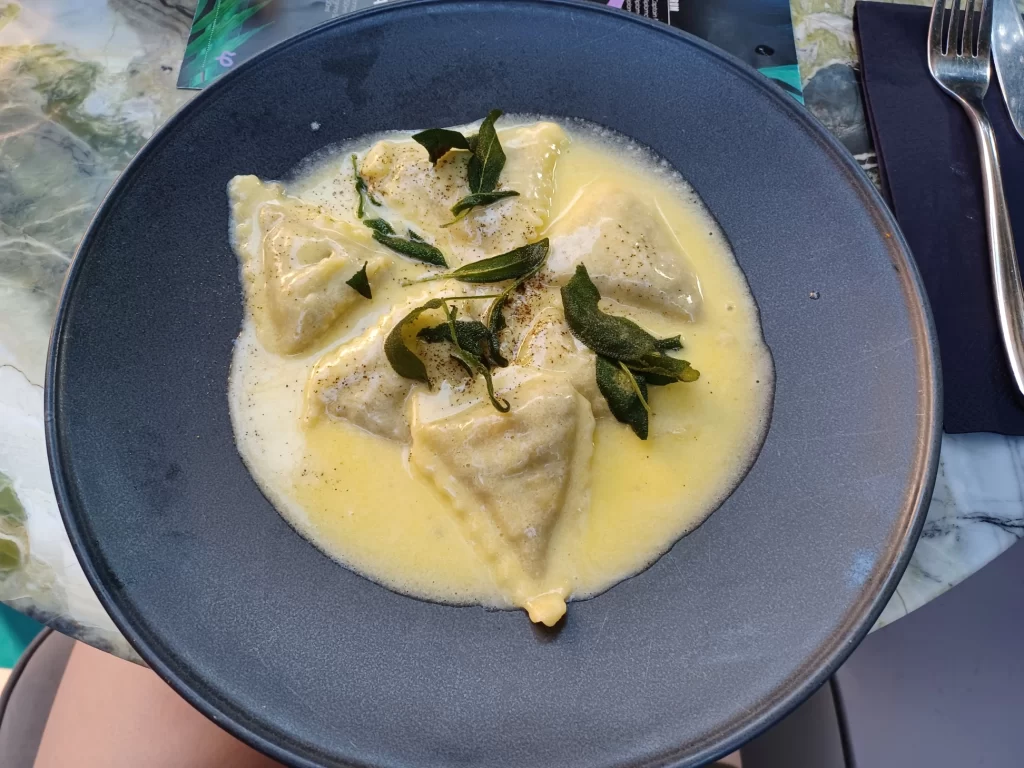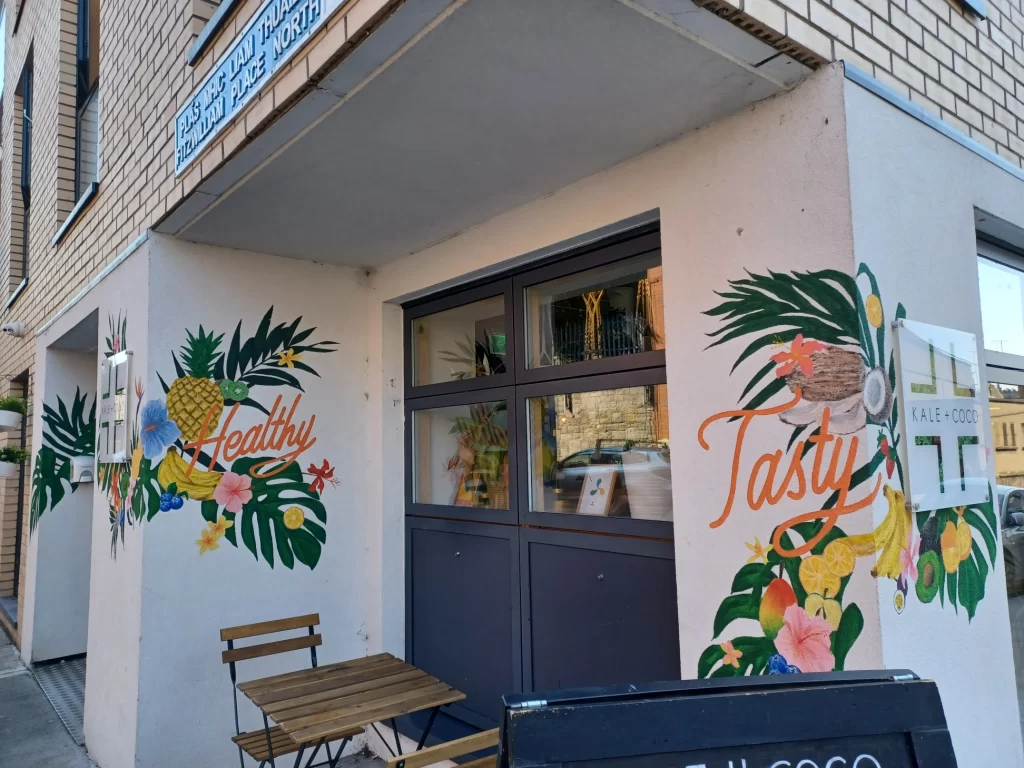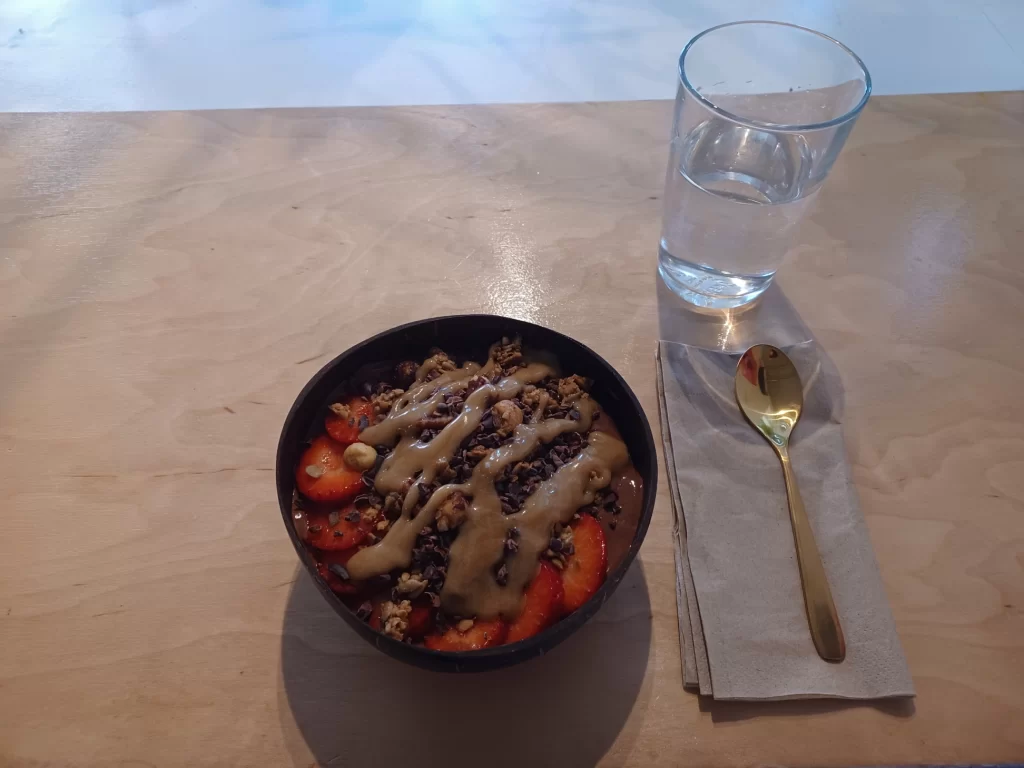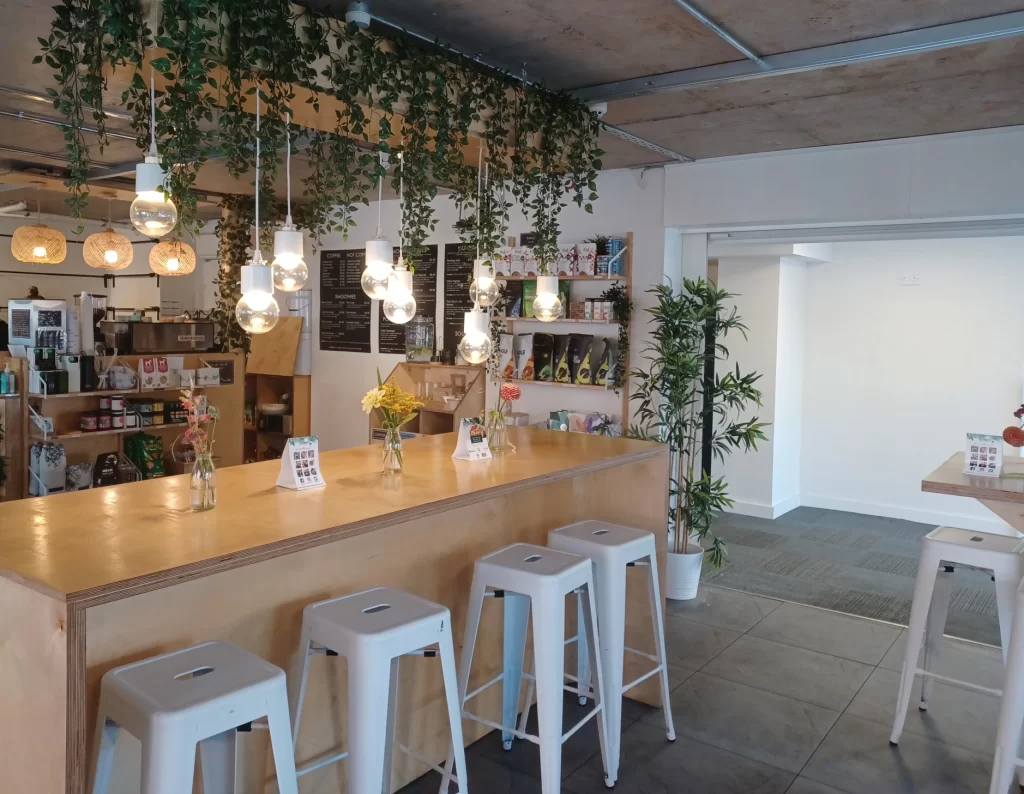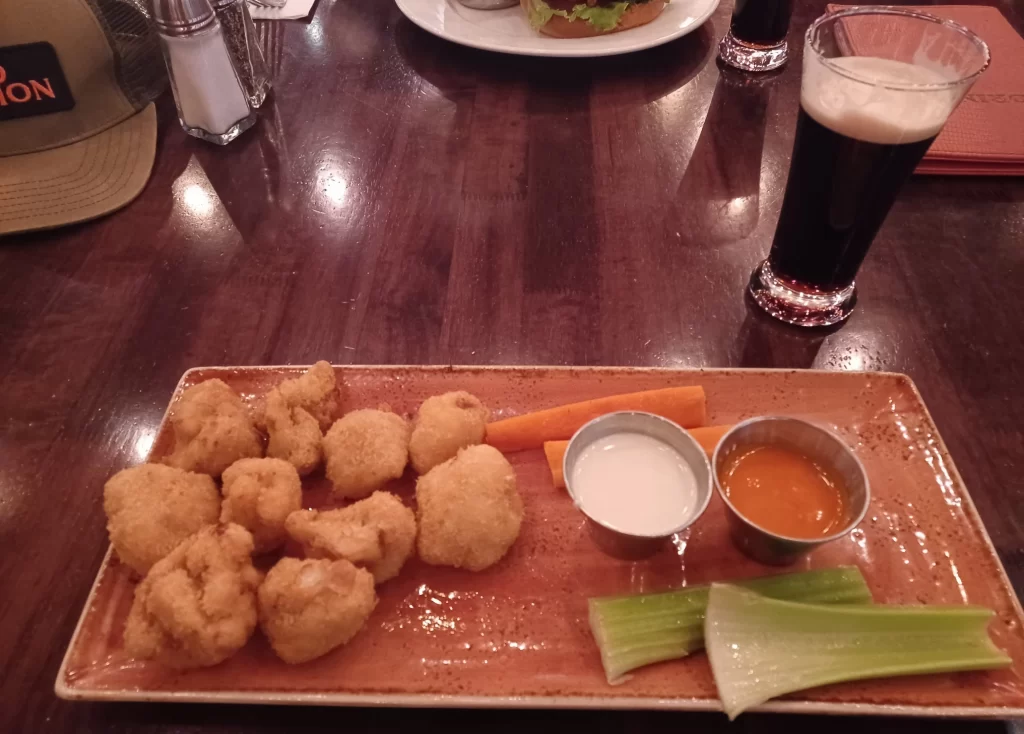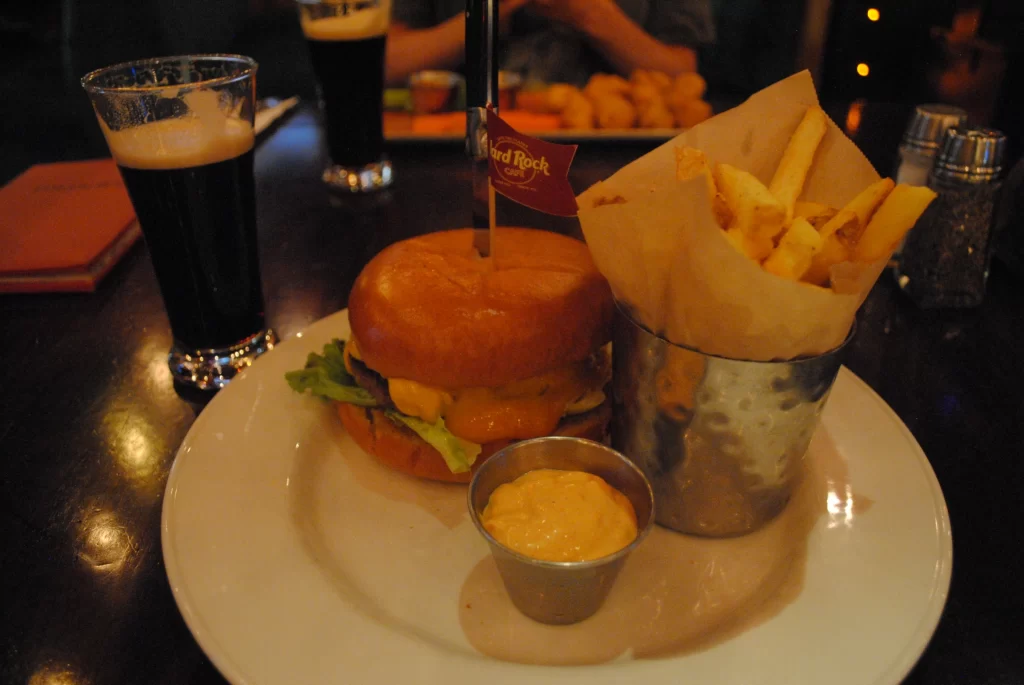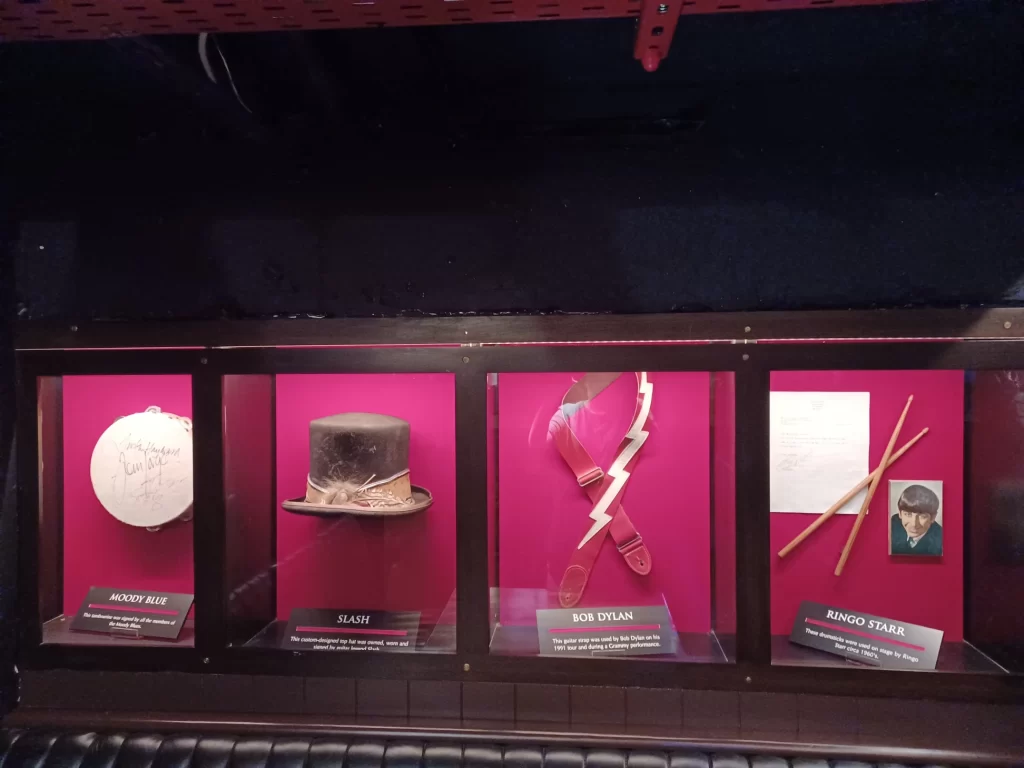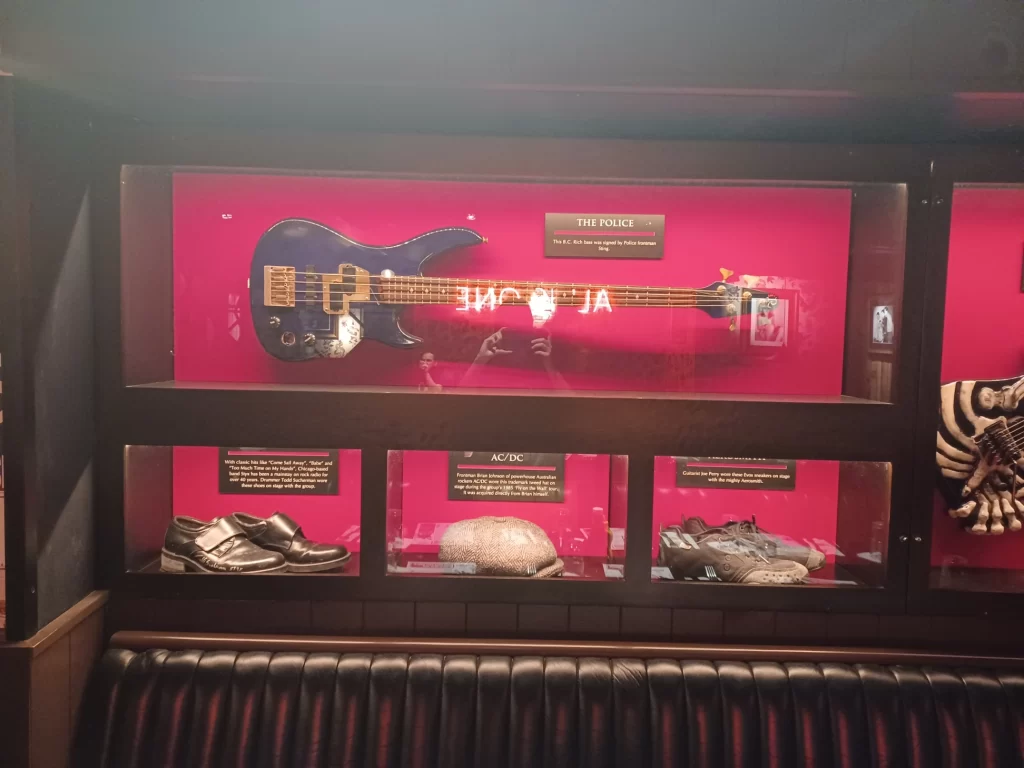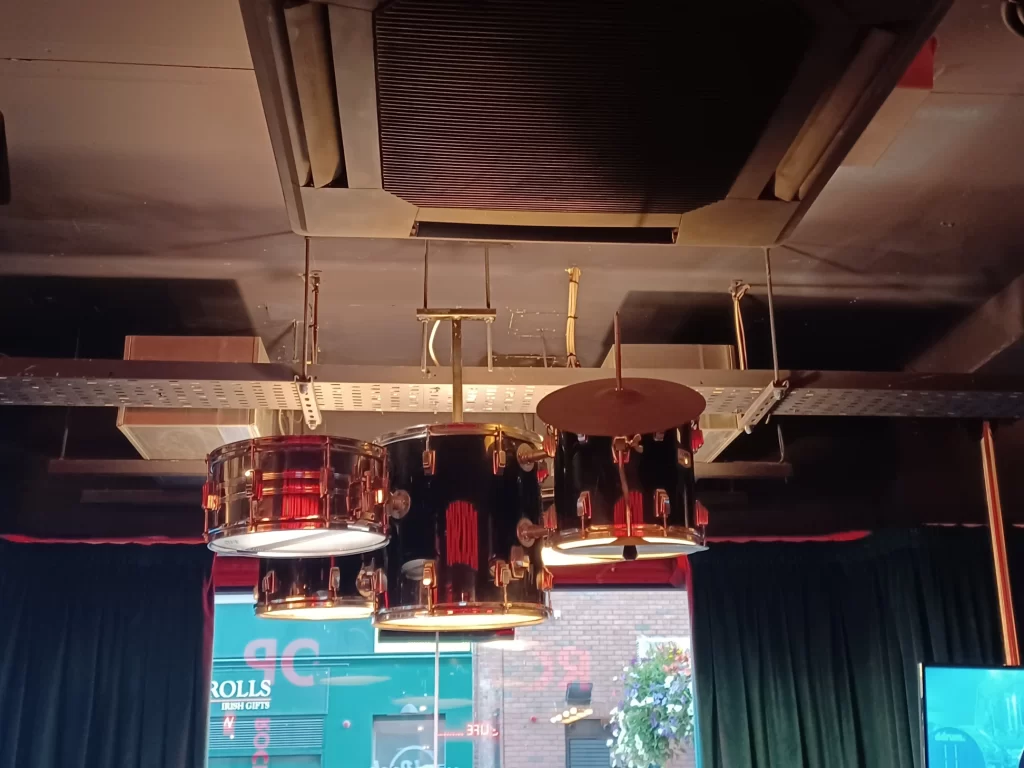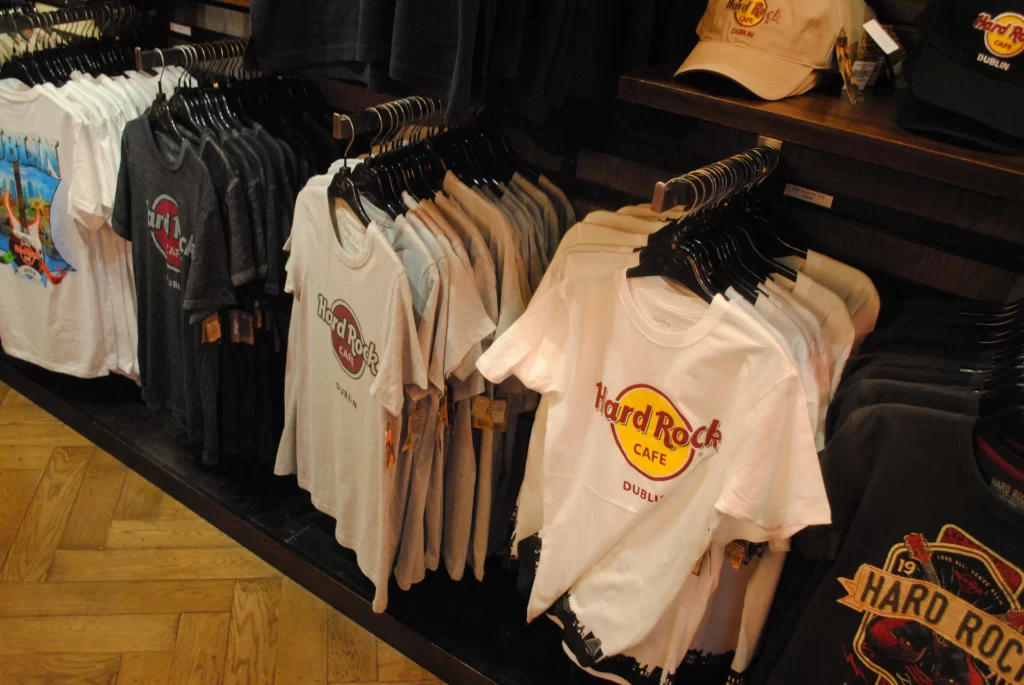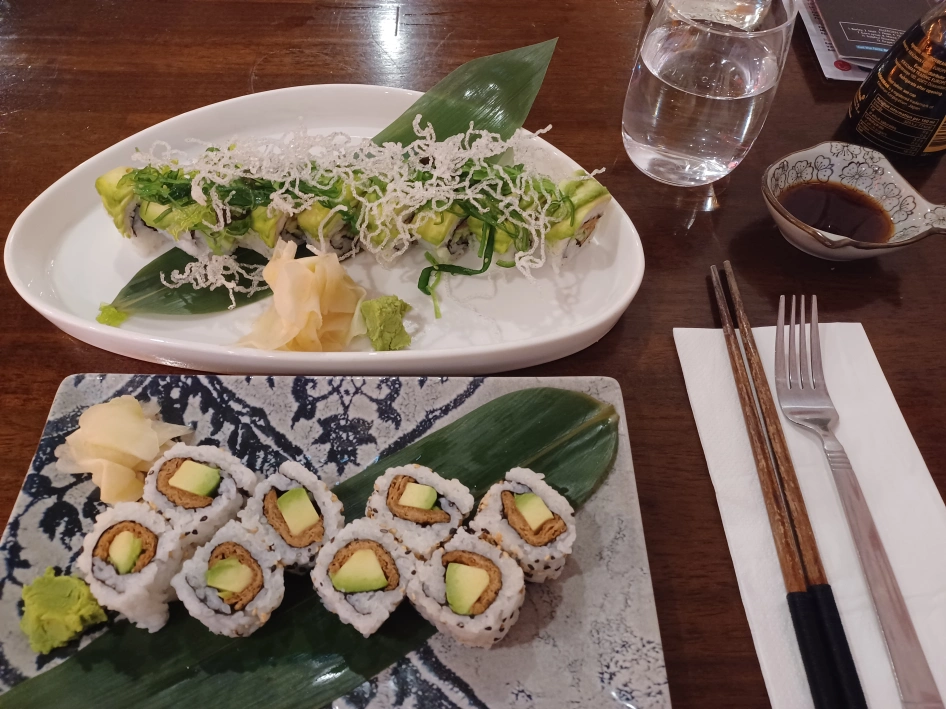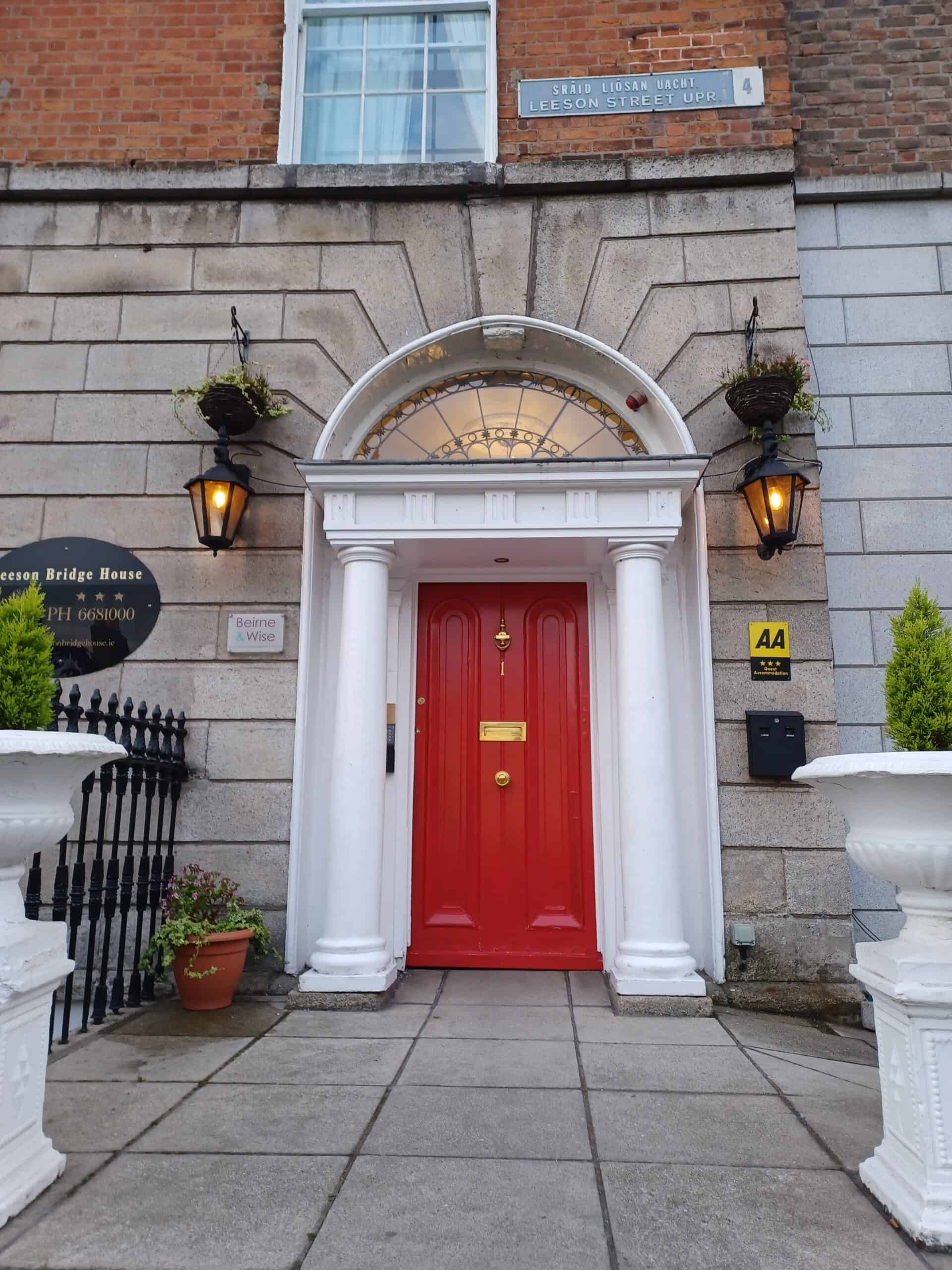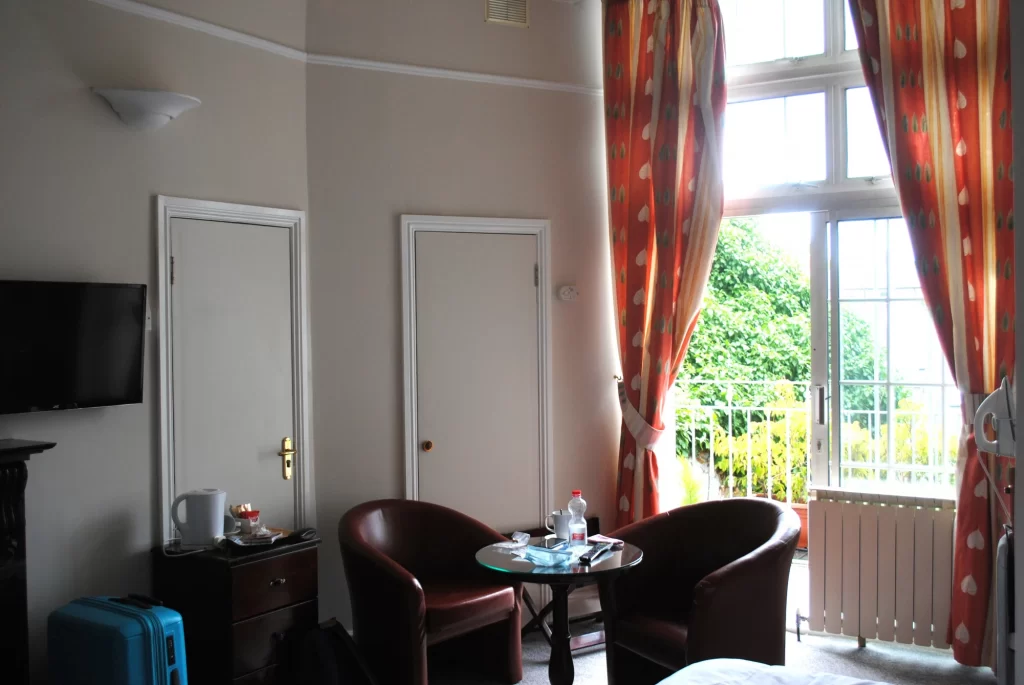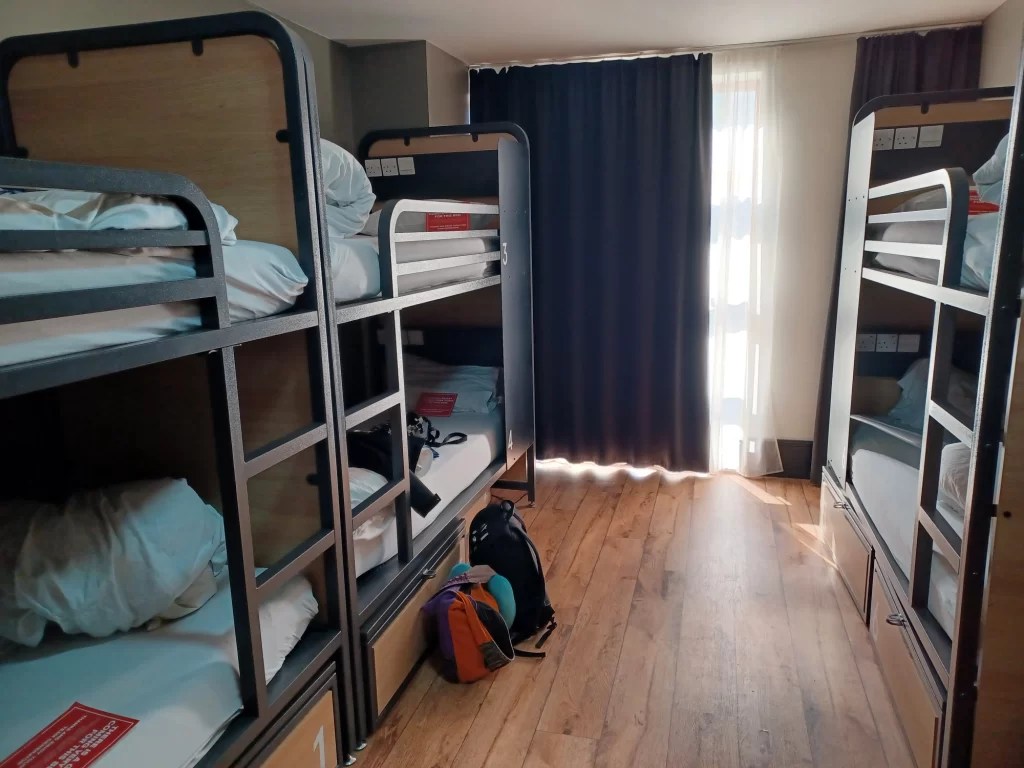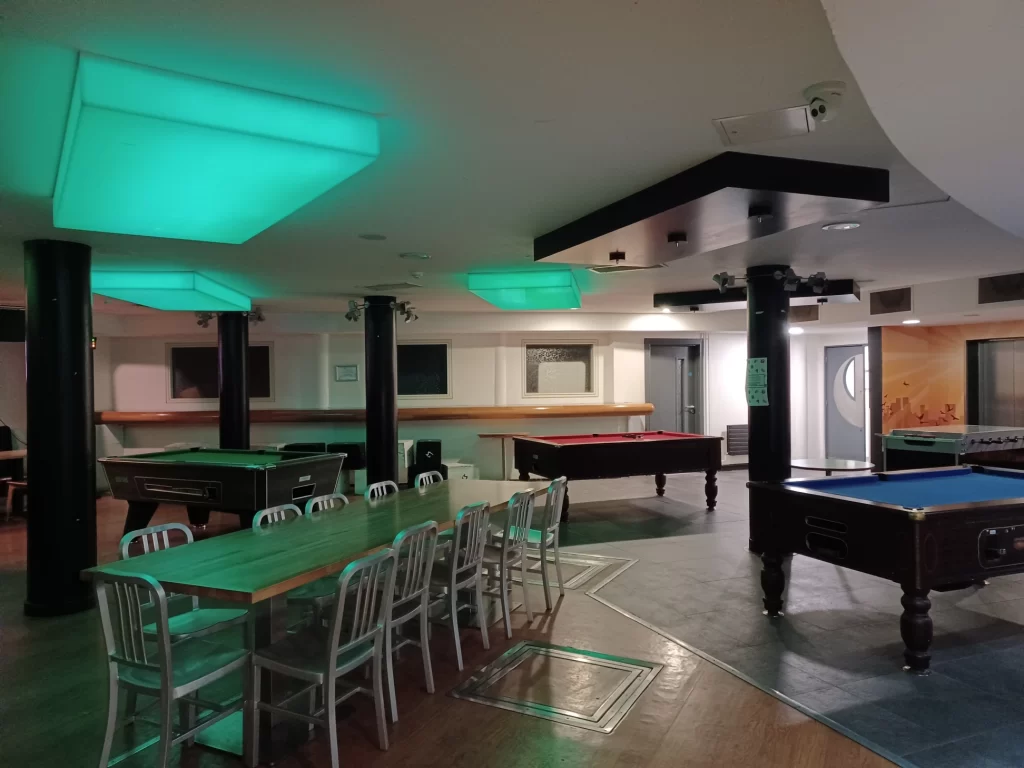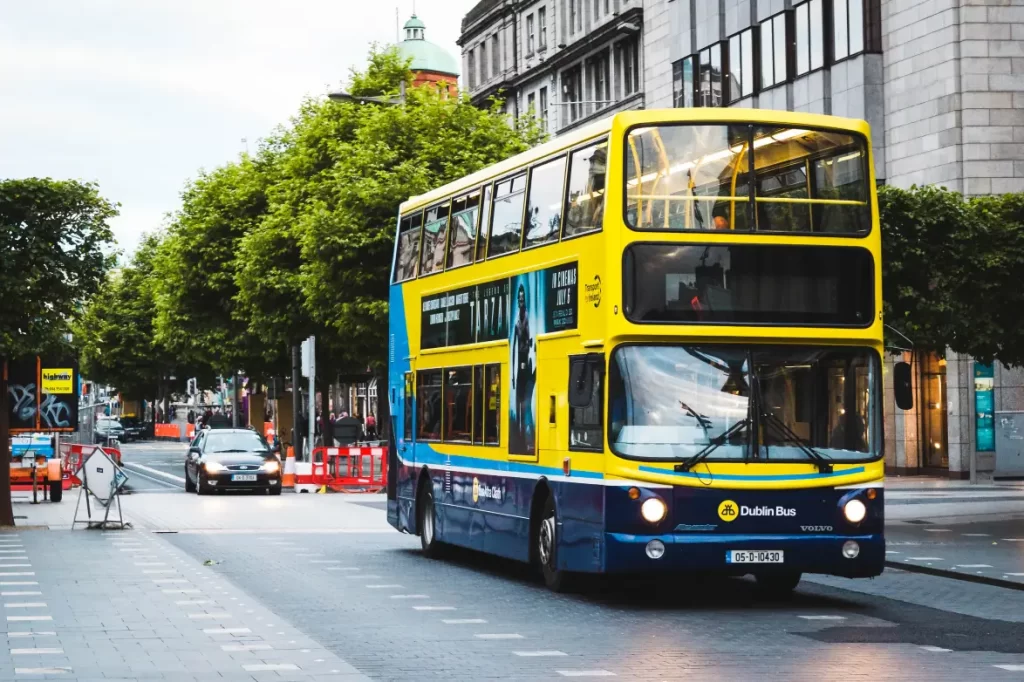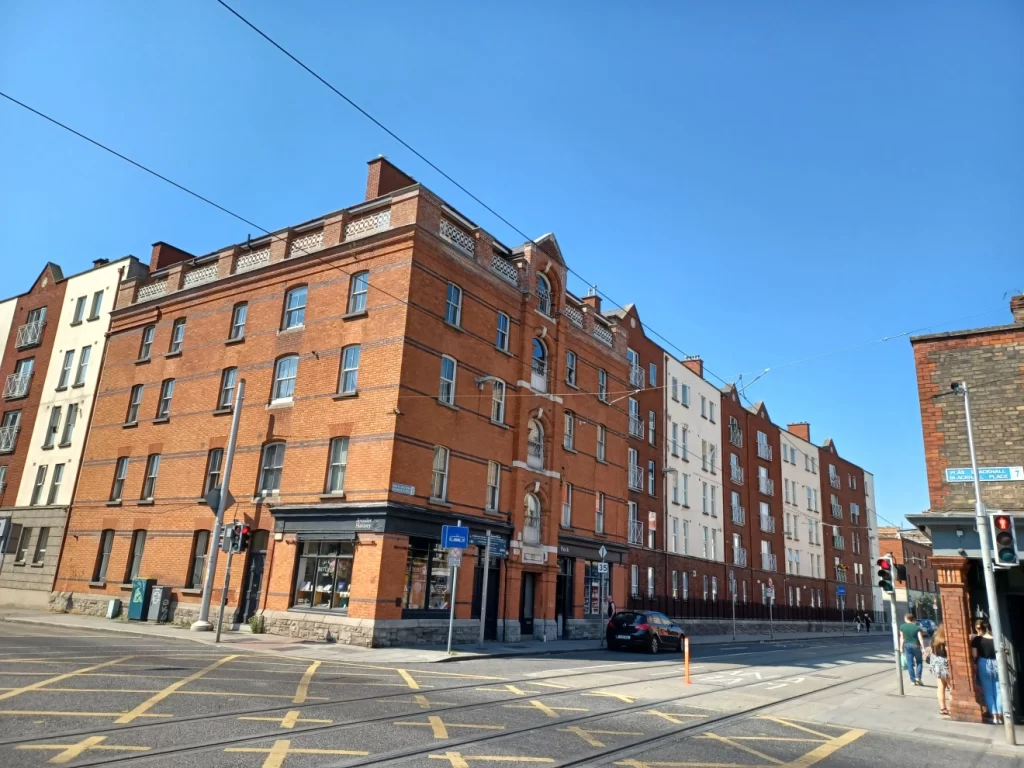Last updated: September 7, 2023
Killarney is in County Kerry in southwestern Ireland, with a population of 14,504 in 2016. It’s been one of Ireland’s most popular tourist attractions for more than 250 years.
Nowadays, 1.1 million people visit this place every year, and it’s known as Ireland’s Adventure Capital. The town of Killarney is inside Killarney National Park, which is Ireland’s largest national park.
So here’s the ultimate Travel Guide to Killarney, Ireland!
Killarney National Park
Killarney National Park was established in 1932 and is also Ireland’s oldest national park. This area covers 26,000 acres which includes ancient oak and yew woodlands, mountain peaks, high crags, moors, and the three lakes of Killarney (Lough Leane/Lower Lake, Muckross Lake, and Upper Lake).
The lakes make up a quarter of Killarney National Park, and the only wild red deer herd of Ireland has been living here since the last Ice Age! The national park became a UNESCO Biosphere Reserve in 1981.
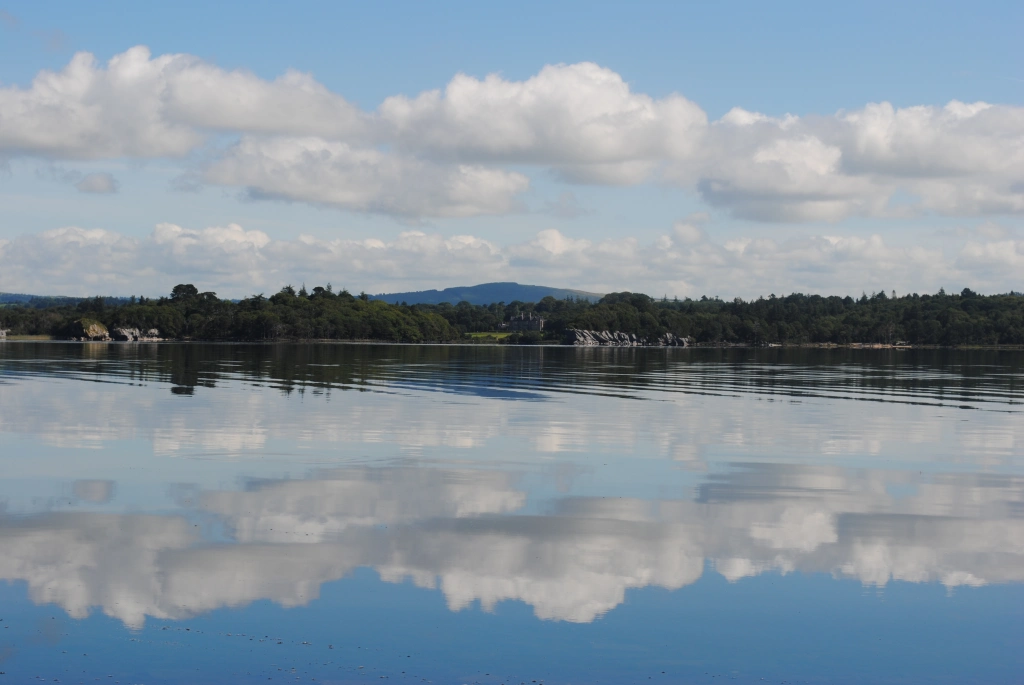
Popular things to do are hiking, biking, kayaking and Stand-Up paddle boarding on the lakes, and climbing Ireland’s highest mountain range, the Macgillycuddy’s Reeks. You can also book adventure packages or tours, e.g. a Gap of Dunloe boat trip & hiking tour (boating on the three lakes, and hike the Gap of Dunloe), horseback riding tours, or rent a bike.
Other people come here for golfing, fishing, or abseiling in the Gap of Dunloe valley. If you’re adventurous, you can hike Carrauntoohil, Ireland’s highest peak, at 1,040 meters (3,407 ft)!
Killarney National Park also has many walking trails to offer, for all abilities. You can find more details about outdoor activities inside the national park here.
There’s no fee for entering or parking inside Killarney National Park.
Ross Castle
Ross Castle (Ross Rd, Ross Island, Killarney, Co. Kerry, V93 V304) was built in the 15th century, and was the residence of the O’Donoghue family. It’s right next to Lough Leane, Killarney National Park’s largest lake.
It’s free to walk around the castle and hang out by the lake. Or you can book a 45-minute guided tour for 5 EUR from early March to late October.
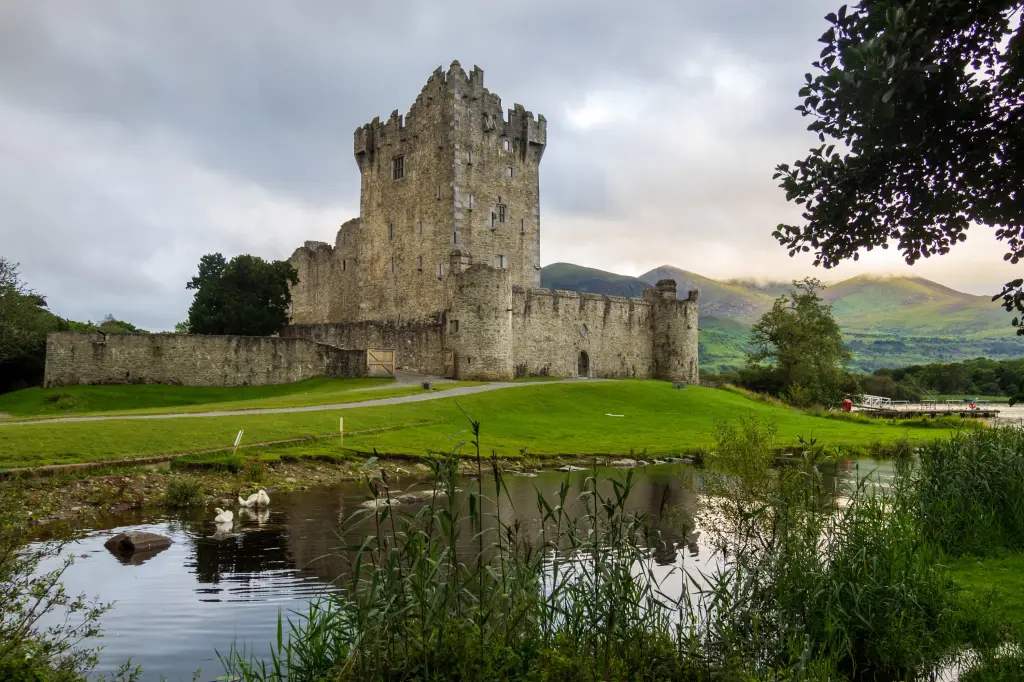
Muckross House
Muckross House, a Victorian mansion was completed in 1843 for the wealthy Herbert family, and has 65 rooms. Inside tours can be booked year-round at 7 EUR per adult. Muckross House was polished up before Queen Victoria’s visit in 1861, with new dishes and furniture, and curtains in the dining room that were commissioned and woven in Paris.
These, as well as 70 % of other objects displayed at Muckross House, are original. It’s on the shores of Muckross Lake, so a great view is guaranteed! After your visit, grab some souvenirs at the Mucros Craft Shop, wander around Muckross Gardens, and chill for a bit at the Garden Restaurant (open all year). All of these are only steps away from the house.




Muckross Traditional Farms
Step back in time to the Ireland of the 1930’s and 1940’s at Muckross Traditional Farms, and learn how the farming community lived on Muckross Estate. There are three working farms and workers’ cottages with traditional furniture, machinery, and cute farm animals!
Tours are available from March until October only, at 7 EUR per adult. Sadly, we didn’t have time to visit this cool-sounding attraction on this trip…
Torc Waterfall
Torc Waterfall is in the middle of the national park, hidden inside a forest. The waterfall is about 20 meters (65 ft) high, and two car parks are nearby. One is only 5 minutes away, and the other one involves a hike of about 20 minutes.
We choose the second option, as we enjoy light hiking and admiring the gorgeous scenery. If you’d like to keep moving, you can climb up the stairs after the waterfall as well.
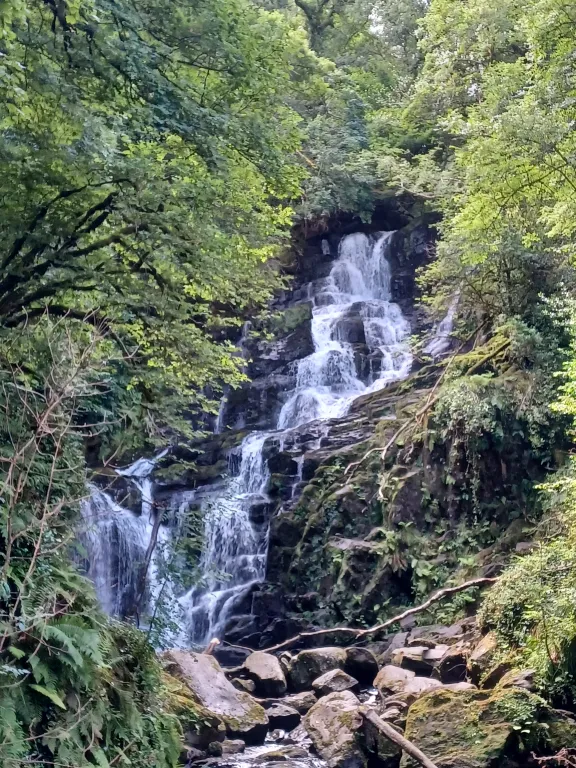
Ladies View
You can see Killarney’s three lakes from the popular Ladies View point. When Queen Victoria visited this area in 1861, it was one of her ladies-in-waiting’s favourite spots, which gave Ladies View its name.
There’s a parking lot and a small café, too, and if you’re stopping here for a bit, it’s best to admire the view from the open roof terrace!
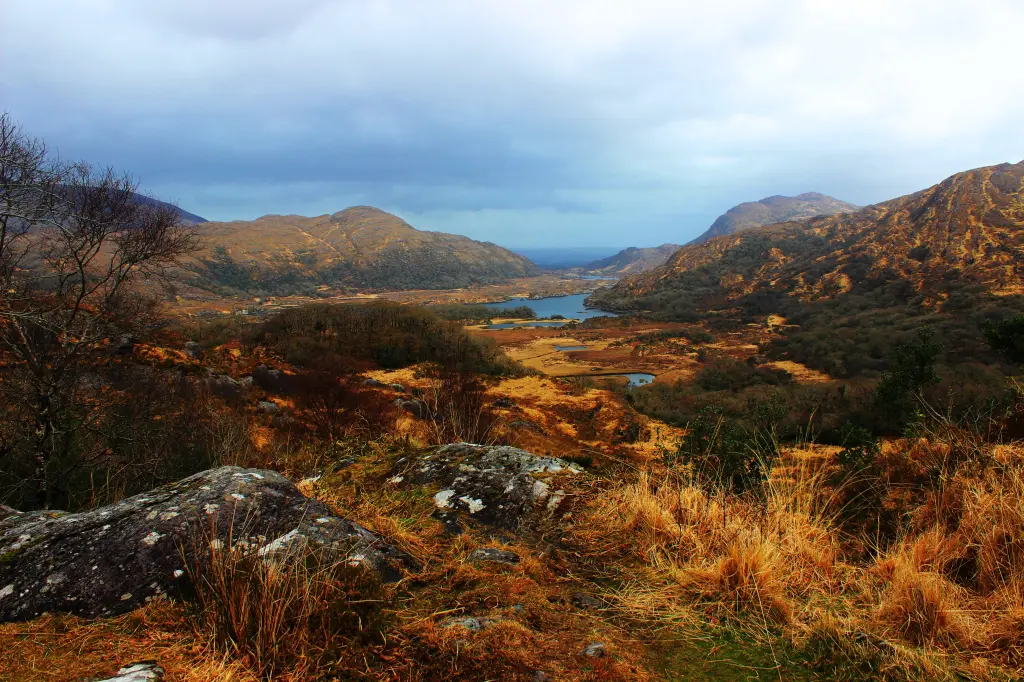
The Ring of Kerry
If you’re in Killarney, visiting the Ring of Kerry is a must! It’s a 179 km (111 mile) circular drive around the Inveragh Peninsula. The Ring of Kerry starts west of Killarney, and goes along the Atlantic coast, which is part of the famous Wild Atlantic Way. It offers scenic views of green hills, jaw-dropping cliffs, beautiful sandy beaches, and sheep and cows grazing on the fields.
The roads on the Ring of Kerry are often narrow and twisty sometimes, so if you don’t feel comfortable driving, I recommend joining the Ring of Kerry day trip tour with Deros Sightseeing Tours.
The bus stops at scenic sites and goes through small towns on the way, like Killorglin, Glenbeigh, Kells, Cahersiveen, Waterville, and Sneem. If you book through their website, it’s 34 EUR per person, so pretty affordable. They also run this tour every day during the fall and winter.
Glenbeigh
One of our first stops is in Glenbeigh, where we admire the stunning view of Rossbeigh Beach and Inch Beach, as well as Dingle Bay.
The Kells Sheep Centre
Then we visit a Sheepdog show at the Kells Sheep Centre (Gortaforia, Kells, Co. Kerry, V23 K023). It’s so amazing how Brandon, the shepherd, and his two border collies work together to direct the sheep. The animals are very well taken care of!
The dogs listen to their owner’s commands perfectly (Brandon uses whistle signals most of the time), and it’s obvious that they love their job! We also learn about the different sheep breeds that live in Ireland.
Brandon is super nice and informal, and knows his stuff, and patiently answers every question the crowd has at the end. So the small charge of 6 EUR per person is more than worth it! Please note that the bus only stops here from March to October.
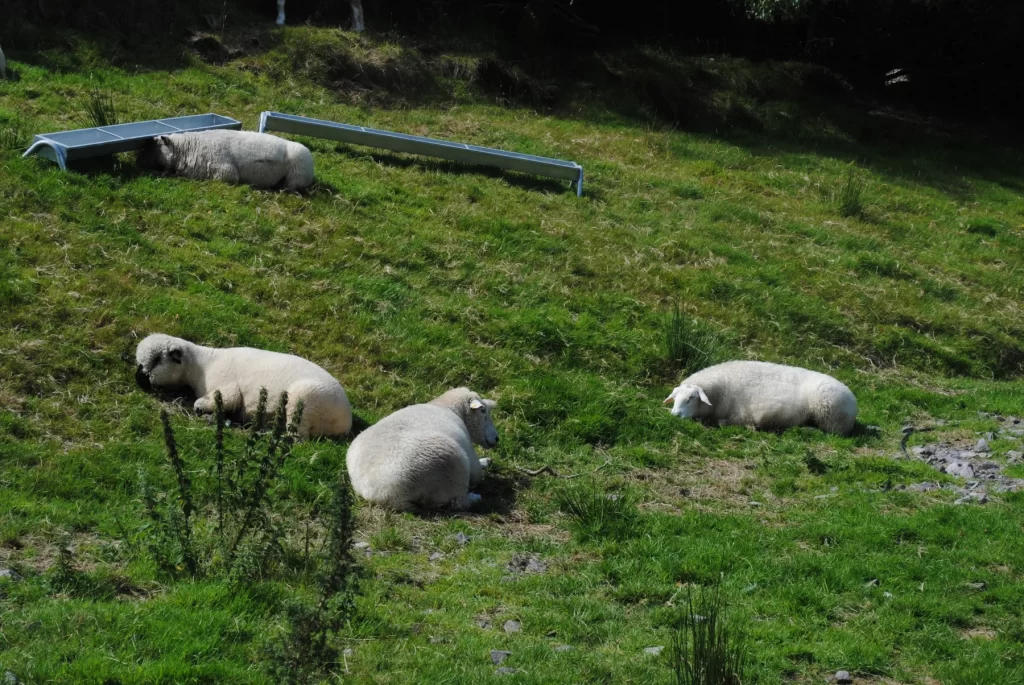


Waterville & Derrynane Bay
After lunch, we stop in Waterville, which was one of Charlie Chaplin’s favourite retreats, and there’s a life-size statue of him as well. Then we take a photo stop at Derrynane Bay, another beautiful viewpoint by the Atlantic Ocean and lots of cute sheep are grazing away.
By the way, did you know that more sheep than people live in Ireland? Aside from that, there are a few souvenir sellers, as well as a guy with a green van, who brought a two-week-old lamb that I’m allowed to hold. So adorable!


Sneem
One of our last stops is Sneem, a quaint little town that has colourful houses, shops, bars, and restaurants. Sneem is known for its Sculpture Trail, that features statues and memorials, such as the Charles de Gaulle Memorial, The Peaceful Panda, and the Steel Tree.
The latter is a donation from Israel to honour the late Irish President Cearbhall Ó Dálaigh, who died here in 1978. We also stumble upon the Millennium Fete plaque, a time capsule buried in 2000, that will be opened in 2100. How cool is that?
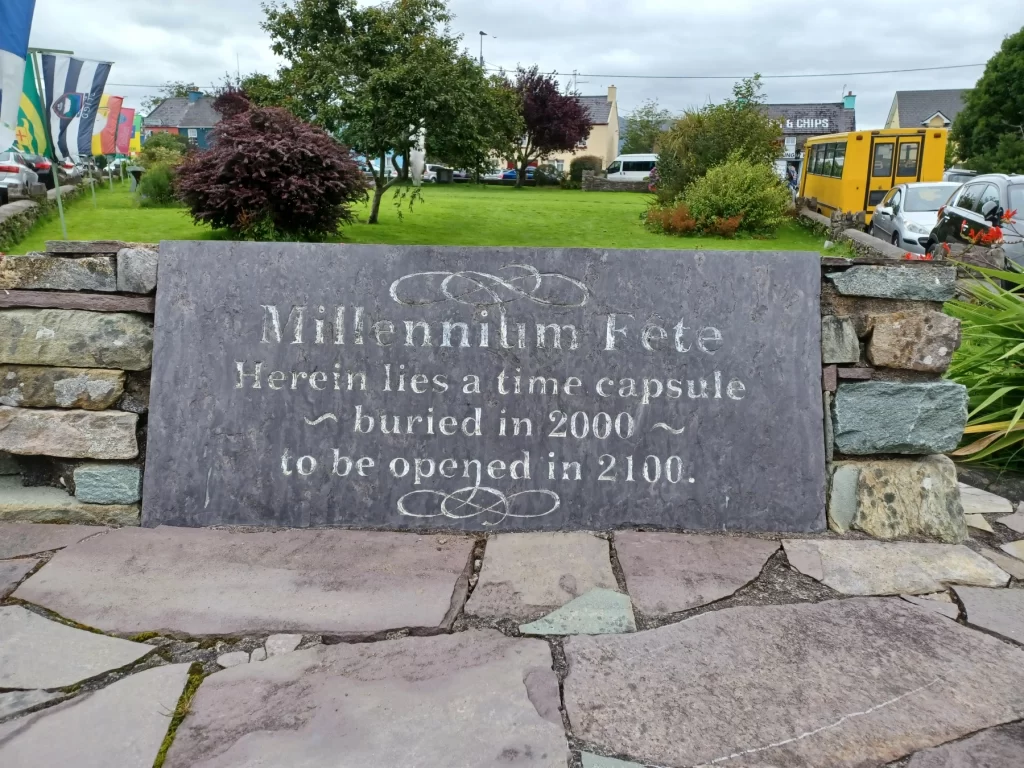
We liked our bus tour a lot, and it was great letting someone else do the driving for once. Dennis, our driver, was very knowledgeable and professional, and made us laugh with his typical Irish sense of humour along the way!
We had never heard about some of the stops before (like the Kells Sheep Centre), so I’m glad we gave this company a chance! Also, it was nice meeting some other travelers on this tour. You can find the detailed itinerary of this bus tour here. You can also look at this map of the tour as well:
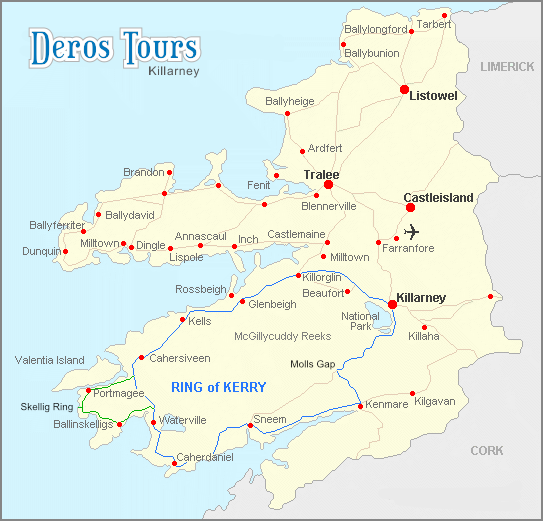
If you’re driving and want to avoid the crowds, I recommend traveling on the Ring of Kerry in the morning or later in the evening, in particular during the high season (June to August). Moreover, to avoid getting stuck behind one of the many tour buses on the Ring of Kerry, it’s suggested to go clockwise instead of counterclockwise as the buses do.
Killarney Town
Killarney town is the perfect home base while visiting Killarney National Park and the Ring of Kerry. We’re staying in Killarney for three days, which is enough time to experience some of the highlights of this area!
The downtown area is very walkable, with lots of great restaurants, cafés, festivals, and shops, and some even have locally handmade gems! There’s also a craft brewery. Don’t hesitate to turn into the narrow sideroads next to the main streets, because you might find something really unexpected!
After a busy day of exploring, you deserve to kick off the evening at one of Killarney’s pubs with a pint and some awesome (local) live music! In our experience, Irish people are very sociable and open minded, so there’s a good chance you’ll make some new friends!
If you like churches, stunning St. Mary’s Cathedral (New St, Inch, Killarney, Co. Kerry), one of Killarney’s major landmarks (completed in 1855), should be on your list. Killarney also has art galleries to look at, and a colourful busy downtown area!
Killarney is very popular with tourists during the summer months, but is open for tourism all year round. So if you want to miss the crowds, you should visit during the shoulder season (spring or fall).
Where to Stay
As you’d expect from a touristy town, Killarney has many options for visitors to stay. From apartments, glamping, hotels, hostels, guest houses, and Bed & Breakfasts, to caravan (RV) & camping parks, there’s something for everyone.
We’re staying at Havens Rest B&B (Tralee Road, N22, Tralee, Co. Kerry), which is just a few minutes away from Killarney town. Our two bedroom is quite spacious, and during breakfast, guests are seated at one big table, so you get to chat with other travelers!
You can choose between Traditional Irish Breakfast, vegetarian breakfast, and continental breakfast. Kay and Richard, our hosts, are very kind, and are happy to book the Ring of Kerry tour with Deros Sightseeing Tours and a taxi to town for us.
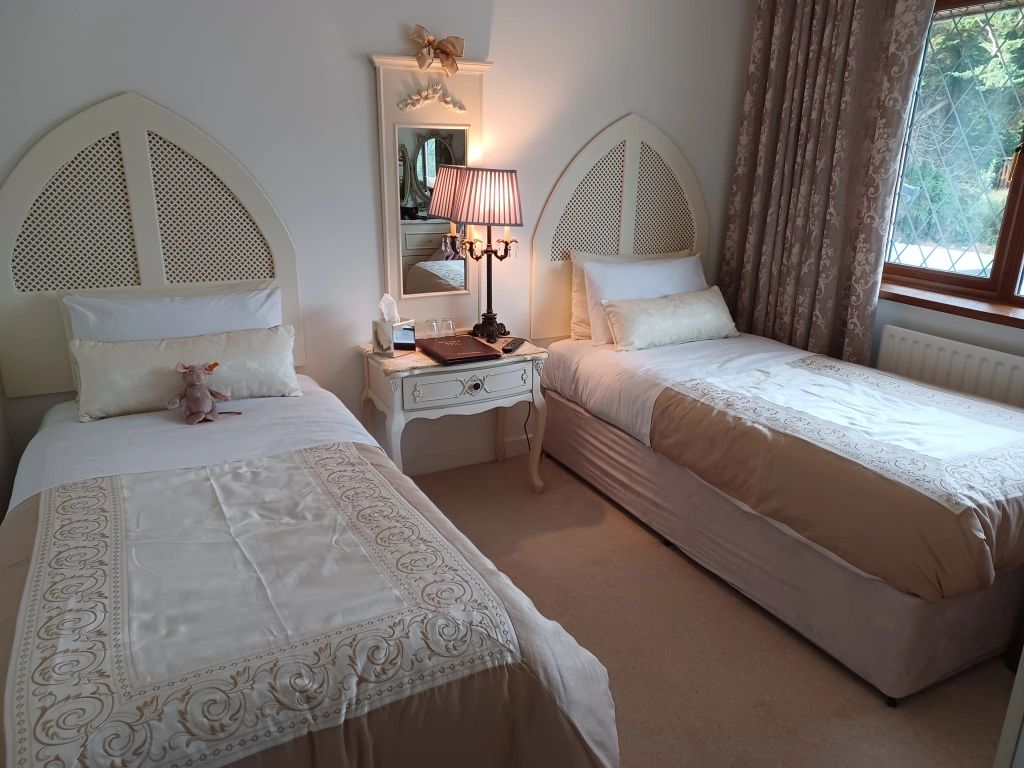
Where to Eat & Drink
Here are our favourite places to eat and drink in Killarney town:
Curious Cat Wine Bar (1 New Market Ln, Killarney, Co. Kerry, V93 X9TD). This quirky wine bar is a popular spot with both locals and visitors for wine, tapas, live music, and DJ sessions! You can also order platters, salads, risotto, Chili con Carne, grilled veggies, and more! We love sitting on their outside patio and listening to the live band that is playing tonight!
Killarney Burger Kitchen (12 Main St, Killarney, Co. Kerry, V93 V30R). This place is perfect if you’re on a budget, but want a good restaurant meal. Each burger on their menu is under 10 EUR, which we couldn’t find anywhere else!
We go for the Smash Burger and Halloumi Burger, and both are very tasty! The staff is friendly and efficient, and we love that the burgers are served on a wooden tray!


Genting Thai Restaurant (Beech Road, Demesne, Killarney, Co. Kerry, V93 TWE5). This is Killarney’s only authentic Thai restaurant. You can choose between Thai curries, stir frys, spring rolls, Tom Yum soup, Pad Thai, tempura prawns, and more!
They also have a veggie menu, and their drinks menu features domestic and international beer brands and cocktails. We’re having Fried Noodles and Sweet & Sour Tofu and Veggie Stir Fry, and they are super yummy!
The Laurel’s Pub & Restaurant (Main St, Killarney, Co. Kerry). A traditional Irish pub that’s been run by the O’Leary family for almost a hundred years. Their menu includes many meat options, like Fish & Chips, steak, chicken wings, burgers, pizza, fajitas, but some veggie options, too.
We’re having a salad and baked potato and Veg Chili Nachos, which are very good! Don’t miss the cool quotes by John Lennon and Roy T. Bennett written on the outside windows before entering the restaurant!


Fish & Chips from Laurel’s Pub (photo credit: Laurel’s Pub) and the awesome John Lennon quote!
How to Get to and Around Killarney
It takes about 3.5 hours from Dublin to Killarney, and about 2.5 hours from Galway to Killarney, if you’re driving. The closest bigger cities are Limerick (1.5 hours) and Cork (87 km/54 miles).
Irish Rail runs trains from Dublin and Limerick (via Mallow) and a direct train from Cork many times a day. Dublin Coach #300 (M7 Express Service) offers daily trips from Dublin to Killarney (via Tralee and Limerick). Or you can take Bus Eireann towards Limerick, Dublin, Cork, Kenmare, and Skibbereen.
Kerry Airport is only 17 km (10.5 miles) north of Killarney, and you can fly from/to Dublin, Frankfurt-Hahn, Manchester, London, and Alicante. Cork Airport is 89 km (55 miles) from Killarney, and provides flights from/to more European destinations, e.g. Italy, Poland, Croatia, France, and Switzerland.
The closest airport that offers flights from/to overseas destinations is Shannon Airport, which is 135 km (83 miles) from Killarney.
The Killarney Shuttle Bus takes visitors to nearby tourist attractions, including Ladies View, Ross Castle, Muckross House, and Torc Waterfall. It stops daily in front of the Tourist Information Office on Beech Road.
Or you can rent a bike at Killarney Bike Rentals (Muckross Rd, Poulnamuck, Killarney, Co. Kerry) starting at 15 EUR per day, or O’Sullivan’s Bike Hire (starting at 20 EUR per day). The latter have three locations in Killarney.
Lastly, you can book a walking tour through Killarney National Park with Killarney Guided Walks (12 EUR for 2 hours), and the groups meet at 11 am daily opposite St. Mary’s Cathedral.
If you need to call a taxi, contact Killarney Taxi & Tours.
So that’s a wrap on Part 3 of my Ireland Travel Series 😀
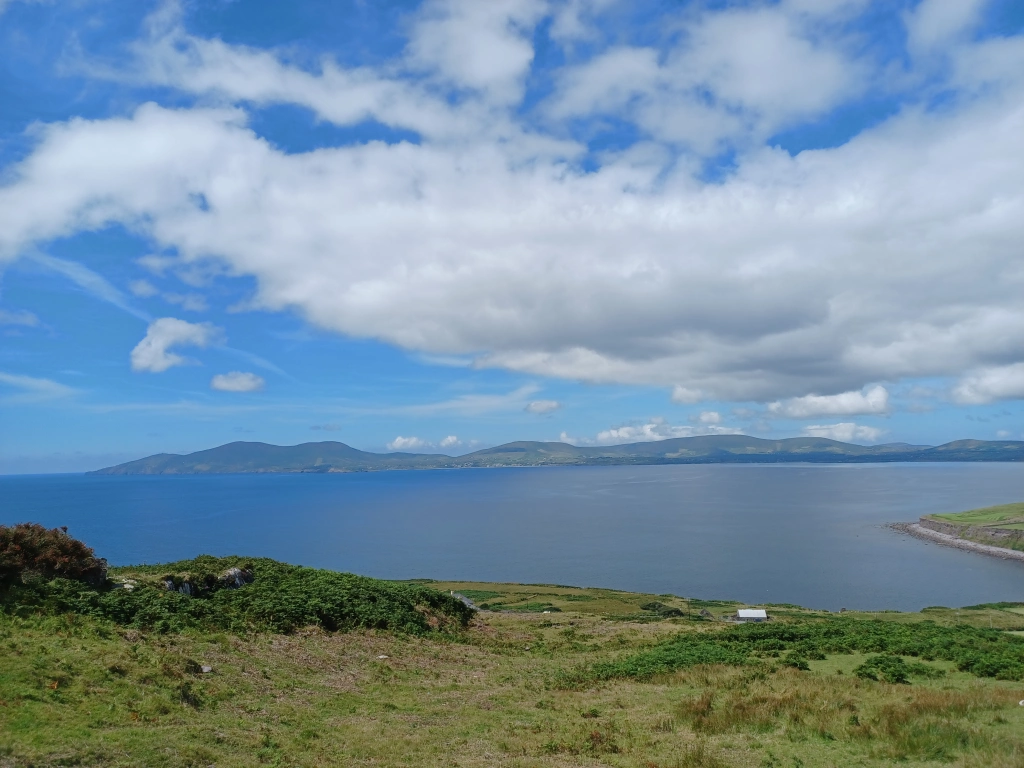
I hope it was helpful to you, and here are some posts about other destinations in Ireland:
How To Spend A Day in Athlone, Ireland
What Is Bunratty, Ireland Famous For? (Guest Post for First Step: Europe)
If you’re in the Killarney area for a while, check out Christine’s post:
10 Best Day Trips From Killarney, Ireland
Disclosure: I only recommend products that I’ve used in the past, and all opinions expressed in this post are my own. This post contains affiliate links. If you use one of the links throughout the page to buy something, I may earn a small commission at no extra cost to you. Thanks.


